Ultimate Costa Rica 2-week Itinerary
Costa Rica has really got it right when it comes to protecting nature and wildlife. The government is doing its absolute best to ensure that animals are protected and species preserved, making it one of the best countries to visit for animal lovers! There’s nowhere quite like it, somewhere you’ll hear toucans in the early morning and monkeys howling at night on your Costa Rica 2-week itinerary.
Looking for a different itinerary? Read our 7-day Costa Rica itinerary or 3-week Costa Rica itinerary.
Two weeks is the ideal amount of time to visit all the top spots, whether it’s waterfalls and hot springs and volcanos in La Fortuna or the cloud forests of Monteverde. Enjoy this ultimate Costa Rica travel guide.
Did you know? Costa Rica generates more than 99% of its electricity using renewable energy!
Day 1: San Jose (arrival)
On day 1, you’ll likely fly into San Jose, Costa Rica’s capital city and one of two major airports in the country. Because of all the fantastic nature spots, you need to see on your Costa Rica 2-week itinerary, we recommend only staying in San Jose for a day. This amount of time gives you a chance to see a few city sights and recuperate from your journey.
San Jose is not a pretty city but it is home to some nice gardens, museums, and a food market. Other than that we don’t recommend spending much time in this city. Join a food tour to learn a little bit about the city and Costa Rican food.
Where to stay in San Jose
The neighborhood of Amón in San Jose has some nice buildings to see and restaurants to visit; like Cafe Rojo and De Acá.
Day 2: San Jose to Puerto Viejo
Wake up and enjoy a typical Costa Rican breakfast (Gallo Pinto!) before embarking on your journey to Puerto Viejo. If you’re renting a car in San Jose, your journey will take around 4 hours. Alternatively, book a shuttle or a tour, or take the local bus directly to Puerto Viejo. Once you arrive in Puerto Viejo, book your tours or activities for the next day. For example, rent a bike, surfboard, kayak, or go on a chocolate tour.
If transport might be an issue you can also visit Santa Teresa instead.
How to get from San Jose to Puerto Viejo
By car:
Puerto Viejo is about 4 hours drive from San Jose on good roads. Because of this, you don’t necessarily need a car with higher clearance from the ground (or a 4×4), although you might consider renting one for other destinations in Costa Rica.
We recommend to rent a car in Costa Rica through Sunny Cars with free cancellation and insurance included. Book your rental car here.
By bus or shuttle:
The public buses (MEPE) leave from San Jose to Puerto Viejo about 5 times a day and take roughly 4.5 hours. It’s the cheapest way to travel with tickets starting from around 10 USD. If you want to be picked up from your hotel, and have a slightly more comfortable journey, opt for a shared shuttle with other travelers. This price starts from around 50 USD and takes approximately 5 hours (it’s a bit longer because of hotel pickups).
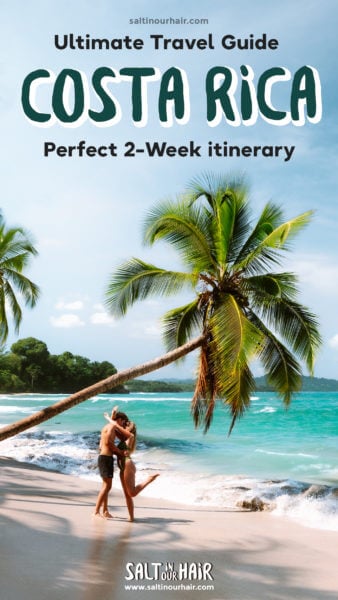
Where to stay in Puerto Viejo
Puerto Viejo has an entertaining atmosphere throughout the day and night. If you don’t mind a little bit of noise and music, stay in the center of town, so you’re close to all the amenities. If you want more of a tranquil experience, choose accommodation along the coast between Playa Cocles or Manzanillo.
Day 3 – 4: Puerto Viejo
Enjoy your days in beautiful Puerto Viejo! This laidback little beach town is home to vibrant Caribbean vibes, friendly locals, and beautiful palm-tree-lined beaches. There is not a huge amount to do in Puerto Viejo; it’s more about absorbing the atmosphere, relaxing on the beach, and enjoying cute cafes. There are also some great outdoor activities, from cycling to surfing and kayaking.
Make sure also to visit the Jaguar Rescue Center, a home for injured and orphaned animals. You can join an educational tour and learn all about these beautiful animals, whether it’s Sloths or Margay Cats!
Day 5: Puerto Viejo to La Fortuna
Head north to La Fortuna, a tropical town famous for its hot springs and volcanic activity. The journey from Puerto Viejo to La Fortuna is relatively long if you travel by public transport. If you’re driving, leave in the morning and aim to reach La Fortuna for lunch. This gives you some time to refresh and cool down in the spray of the La Fortuna waterfall or the pools under the El Salto rope swing.
More time available? Visit the waterfalls of Bajos del Toro on your way to La Fortuna!
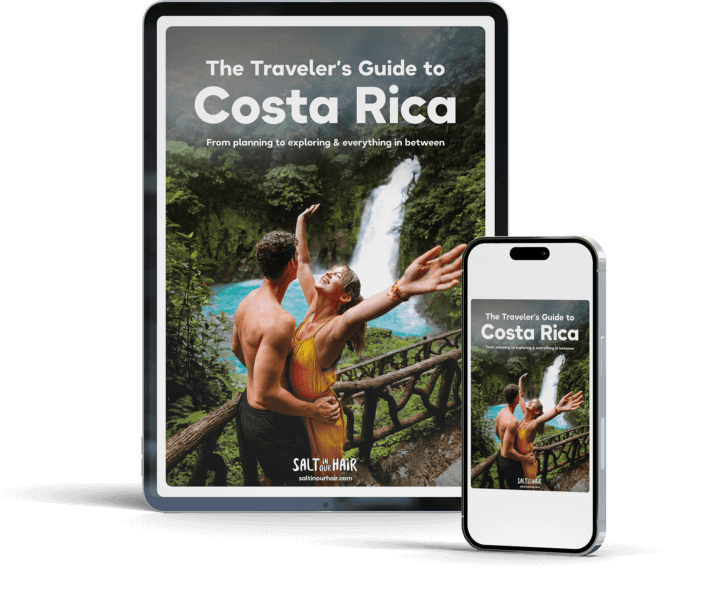
How to get from Puerto Viejo to La Fortuna
By car:
The journey from Puerto Viejo to La Fortuna should take around 4.5 hours on well-paved roads. However, to avoid pothole damage, we recommend hiring a car with a bit more clearance from the ground.
By bus or shuttle:
The journey from Puerto Viejo to La Fortuna is fairly long and not super accessible by public transport. You’ll need to transfer buses in San Jose, which means the journey can take around 8-9 hours.
If you don’t have a car, the best option is to take a shared shuttle bus that leaves in the morning and takes around 6 hours. The cost of this is about 60 USD, but it’s far less hassle than the public bus.
Where to Stay in La Fortuna
La Fortuna has excellent accommodation for all types of budget. However, you’ll find the best accommodations and campsites just outside La Fortuna if you have your transport. If hot springs play a big part in your 2-week Costa Rica itinerary, consider staying in a hotel with hot springs that are also included in the nightly price. (Here are all your hotel options)
Day 6 of 2 weeks in Costa Rica: La Fortuna
Spend one of the most magical days in La Fortuna, enjoying nature’s very own playground! Wake up early and head for Arenal Volcano National Park, home to the country’s most active volcano! Don’t worry, though, rangers make sure to monitor the activity and close trails accordingly so you’re always safe.
Choose from one of the many trails and hike to some incredible volcano viewpoints. When you’re done, head back down into La Fortuna to take advantage of the geothermal activity in the area – yes, there are plenty of hot springs to enjoy!
On your way, stop at Mistico Hanging Bridges, which are about a 30-minutes drive from La Fortuna. This fantastic jungle trail is about 3 km long and includes six adrenaline-pumping hanging bridges. From a height of 45 meters, you’ll have the opportunity to walk across bridges suspended between the treetops, gaining the unique chance to see an abundance of wildlife. Don’t forget to look out for the elusive red-eyed tree frog, an icon of Costa Rica!

How to get from La Fortuna to Monteverde
By car:
Although La Fortuna and Monteverde look close on the map, the mammoth Lake Arenal separates the two villages. This means you need to drive around its parameter, which takes around 3 hours. However, luckily, it’s a stunning drive, perhaps one of the nicest on your 2-week Costa Rica itinerary!
The roads around the lake to Santa Elena (Monteverde town) are all well-paved. Still, we recommend having a slightly more powerful car for the steep hills. (no 4×4 needed to visit Monteverde).
By bus or shuttle:
Buses leave from La Fortuna to Monteverde, but they take around 7-8 hours. Additionally, you won’t be able to visit the Mistico Hanging Bridges when traveling by bus. Alternatively, get a shared shuttle van for around 50-60 USD.
By boat:
Small ferries cross Lake Arenal, but they don’t take transport. If you are traveling without transportation, this can be an excellent option to get to Monteverde. The journey takes around 2 – 2.5 hours, and you’ll get to enjoy a trip across the lake with beautiful views of the volcano; it’s a unique way to travel! Prices start from 25 USD.
Where to Stay in Monteverde
Monteverde offers numerous accommodation options, from cabins in the forest to hotels in Santa Elena. (See all your hotels options here)
Day 8: Monteverde
Welcome to Monteverde (Green Mountain), home to unique and rare cloud forests. In fact, cloud forests only make up 1% of all forests worldwide! These beautiful areas are given their name because of their high altitude, which causes mist and low-lying clouds to appear through the trees.
Explore the Monteverde or Santa Elena cloud forest trails, looking out for frogs, butterflies, insects, and monkeys (you can even see beautiful hummingbirds at a nearby cafe!). Take part in the exhilarating night walk experience at night, led by a knowledgeable local guide.
Once you’re done exploring the cloud forests, enjoy more adventures among the beautiful Monteverde nature, from ziplining and canyoning to coffee tasting.
Day 9: Monteverde to Manuel Antonio
Spend your morning enjoying the colorful butterfly garden at Monteverde before starting your trip south to Manuel Antonio. Manuel Antonio is a lovely coastal town surrounded by pristine, white-sand beaches, beautiful blue ocean, and lush jungle. Most importantly, it’s home to Manuel Antonio National Park, known as one of the most beautiful in the world! Spot monkeys, sloths, and toucans in the wild by joining a tour of the National Park.
How to get from Monteverde to Manuel Antonio
By car:
It is an easy 4-hour drive from Monteverde to Manuel Antonio. However, all the roads are good, and you will not need a 4×4 car. About halfway, make a quick stop at the famous Crocodile Bridge, where you have a good chance of spotting crocodiles. Please do not buy any meat from the sellers because this interferes with the crocodile’s natural feeding habits. Plus, according to Costa Rican Law, you are prohibited from feeding wildlife.
By bus or shuttle:
Unfortunately, there’s no direct bus from Monteverde to Manuel Antonio. Instead, take the Santa Elena (Manuel Antonio) to Puntarenas bus and change bus to Quepos. Once in Quepos, change buses to Manuel Antonio. The total journey will take about 6-8 hours and cost about 10 USD.
Alternatively, book a direct shuttle between both destinations. (See the shuttle options here)
Where to Stay in Manuel Antonio
The closer your accommodation is to Manuel Antonio National Park, the more expensive it gets. Therefore, we recommend staying between Quepos and the national park if you have your own transport. (See all your hotel options here)
Day 10: Manuel Antonio
Spend your day in Manuel Antonio National Park, one of the most beautiful natural areas in the world! Although it’s home to hundreds of different species, it’s also one of the smallest national parks, making it easy to explore on a day trip. Buy a ticket to enter the park and hike one of the many trails, looking for exciting animals like macaws, iguanas, sloths, and squirrel monkeys. We recommend taking a guided tour so you can get to learn heaps more about the diversity of the wildlife, flora, and fauna in this area.
Once you walk through the jungle trails, you’ll arrive at the paradise Manuel Antonio Beach (many people buy a ticket to enter the park just to spend the day here). Because these beaches are protected, they’re absolutely pristine, with the whitest sand and bluest water. Relax on the beach, listening to the sound of coconuts in the breeze while you spot iguanas roaming freely across the sand.
More about Manuel Antonio National Park in Costa Rica
Day 11: Manuel Antonio to Uvita
On day 11 of your Costa Rica 2-week itinerary, head to the beautiful town of Uvita, famous for whale watching and its backpacker atmosphere.
Leave Manuel Antonio and stop at the Nauyaca Waterfalls on your way to Uvita. The entire journey takes about 1 hour but you should add 30 minutes to go off the beaten track to the waterfalls. Here, you’ll find two powerful falls with many gorgeous natural pools. Stop here for a swim and enjoy the power of nature!
Read more about the Nauyaca Waterfalls
Once you arrive in Uvita, watch the sunset from Uvita Beach or Gusto Italian, which looks down onto Playa Hermosa. Alternatively, book a horseriding experience on the beach, galloping in the breeze as you watch the sun go down.
How to get from Manuel Antonio to Uvita
By car:
The journey from Manuel Antonio to Uvita is very straightforward, directly on the highway and taking only 1-1.5 hours. However, if you want to visit Nauyaca Waterfalls, add an extra half an hour.
Travel Insurance
Don't forget a travel insurance for your Costa Rica trip! Heymondo covers medical emergencies, theft, delays, cancellations, lost luggage, and more, with 24/7 worldwide assistance and medical chat. As a Salt in our Hair reader, we've got you 5% off! Check Heymondo here
By bus or shuttle:
If you’re traveling by public transport, you will not be able to make a stop at Nauyaca Waterfalls. However, they are just a short journey from Uvita and can be visited on a day trip while you stay there. Buses leave from Quepos (near Uvita) around 4 times a day and take approximately 2 hours, costing around 5 USD. You can take regular public buses to Quesos (from Manuel Antonio), which take about 30 minutes.
The shuttle bus is a more comfortable option that allows you to be collected directly from your hotel in Manuel Antonio, saving you the trip to Quepos. It’s a bit faster, taking 1.5 hours and costing around 40 USD per person.
Where to Stay in Uvita
Uvita town is split into two parts: the main town near the beach and the upper town across the highway towards Uvita Waterfall. When staying in the main town, hotels are more expensive, but you’re always walking distance from the beach and mostly surrounded by lush green. Alternatively, camp at one of the nearby sites or go glamping!
Day 12 – 13: Uvita
Visiting Uvita between January – March or July – October? This is the best time to see the majestic humpback whale (join a whale watching tour here)! As a happy coincidence, there is also a beautiful part of the beach called Marino Ballena (whale tail). At low tide, this sand passage is created in the shape of a whale’s tail, which is a beautiful thing to see on your 2-week Costa Rica itinerary.
Read about the best beaches in Costa Rica.
There are many other things to do in Uvita, whether it’s surf lessons, visiting Uvita Waterfall, or a mangrove tour. The mangrove tour is exceptional, providing the opportunity to see tropical birds, crocodiles, and turtles in the protected wetlands. Mangroves are also vital for the environment; they protect the shoreline, prevent erosion, and act as a habitat for many animals.
Day 14: Drive back to San Jose (Departure)
After an amazing 2 weeks in Costa Rica, it’s time to say goodbye to this beautiful country, taking with you all the fantastic memories of your adventure. On the last day of your Costa Rica itinerary, make your way back to SJO airport (a 3.5-hour drive from Uvita). Alternatively, if you have a flight late in the day, you could visit one more waterfall (like La Paz, which is an hour north of the city).
If you need a hotel close to the airport, stay at Alajuela instead of San Jose.
Getting to Costa Rica
There are two international airports in Costa Rica: San Jose International Airport and Roberts International Airport in Liberia. Most international flights arrive in San Jose, where your Costa Rica itinerary starts. Keep in mind that it is common that immigration that extremely long.
If you do fly to Liberia instead of San Jose, you can still do this Costa Rica 2-week Itinerary. However, the drive from Liberia to your first stop (Puerto Viejo) is around 8 hours, quite long. Instead, consider stopping at San Jose on the way to break up the journey, as there are lots of incredible natural sights to see just outside the city.
Getting Around on Your Costa Rica 2-Week Itinerary
By Car
The easiest way, by far, to get around Costa Rica is with a rental car. You’ll get the freedom to stop anywhere you like, at your own pace, which gives you the flexibility to complete your Costa Rica 2-week itinerary. It’s also far more comfortable than traveling by public bus (especially as on some routes you’ll have to change).
Be aware that car rental prices can double in the high season and that it can be useful to book in advance.
Driving in Costa Rica
Costa Rica has a reputation for having some pretty treacherous roads. However, these days, that’s not the case at all! Now you’ll find well-paved roads that are in good condition for all types of vehicles. The only unpaved road you might encounter on your 2-week Costa Rica itinerary is if you take the wrong road from La Fortuna to Monteverde. Because of this, always use the Waze app in Costa Rica to find the right roads.
Tip: Some locals work as parking attendants and may walk up to you and ask for a very small payment to watch your car. This is a good service in general – just make sure they’re not overcharging you. Best is to ask your accommodation for the average rate in the area.
Do I need a 4×4 in Costa Rica?
You might have needed a 4×4 to drive in Costa Rica in the past. However, if you follow the main roads, you no longer need a 4×4. But to avoid any pothole damage, we recommend renting a car with some clearance from the ground.
Renting a 4×4 can also be helpful in the rainy season when unpaved roads can get very muddy, especially if you’re planning on traveling to more remote areas too.
We recommend to rent a car in Costa Rica through Sunny Cars with free cancellation and insurance included. Book your rental car here.
By Jeep with Tent or Campervan
For an unforgettable adventure, rent a 4×4 jeep in Costa Rica! This is the most incredible experience, as you sleep under the stars, moving from place to place, and finding some gorgeous hidden spots.
Best of all, renting a 4×4 jeep gives you the option to drive through national parks and cross rivers in Corcovado and Guanacaste areas. Although the rental price might seem expensive, it’s worth remembering that this is your accommodation, transport, and kitchen all in one. Because of this, your trip might actually end up cheaper!
By Bus
Traveling by local buses in Costa Rica is the cheapest way to get around, and many services are traveling to major destinations all over the country. However, it will take quite a bit longer. This is because the bus routes avoid highways and make stops instead of traveling direct. Plus, some routes will require changes, for example, the route from Puerto Viejo to La Fortuna.
Tip: bus timetables often change, so check times in advance.
By Shuttle
Shuttles (12-seaters vans) are convenient to travel door to door in Costa Rica. Interbus is the largest shuttle operator and drives between all major destinations, offering you a more comfortable way to travel on your Costa Rica itinerary.
These shuttles can be booked in advance, and it is recommended to do so, especially during the high season. We didn’t book in advance, which left us with no other option than to take an expensive taxi ride (oops!).
Our Favorite Accommodations
There are many fantastic options when it comes to accommodation in Costa Rica. It might be camping on the edges of the rainforest, a beach bungalow, an artsy boutique hotel, or a backpackers hostel. Whatever you’re looking for, you’re sure to find it in Costa Rica. Below are our favorites for each destination on this Costa Rica 2-week itinerary.
- San Jose: Casa 69, Grano de Oro Hotel, and Escalante Hostel
- Puerto Viejo: Le Cameleon, Shawandha Lodge, and Pagalu Hostel
- La Fortuna: Casa Luna, Sangregado Lodge, and Poshpacker Hostel
- Monteverde: Los Pinos Lodge, Chira Glamping, and Outbox Hostel
- Manuel Antonio: The Falls Hotel and Teva Hostel
- Uvita: Seren Glamping, Karandi Hostel, and Uvita Paradise
How much do 2 weeks in Costa Rica Cost?
Costa Rica is one of the most biodiverse countries in the world! It contains 5% of the world’s biodiversity, something that attracts visitors from all over the world. It is also known as the ‘Switzerland of Central America’ because of the high prices that come with the country’s beauty.
Best Time to Visit: Costa Rica 2-week Itinerary
The best time to travel to Costa Rica is from mid-December to April. This is the time with the most sunshine (between 15-30 degrees) and dry days (although you might experience a small rain shower in the afternoon). Because of the weather, this is the most popular season to visit Costa Rica, making it busy and expensive.
The end of April to the end of November is the rainy season, with the most rain in October. However, don’t let this affect your choice as it never rains for long, only a few short rain showers each day. The rain also makes nature incredibly luscious! In addition, this period is much cheaper; you could even save a third of your total budget by traveling during this time.
Tip: Puerto Viejo is on the Caribbean coast and has slightly different seasons. August to October are generally dry, unlike other parts of Costa Rica.
Do I Need a Visa for 2 Weeks in Costa Rica?
Most passport holders do not require a visa to enter Costa Rica. However, you will need a valid passport and an onward plane ticket to prove that you will exit Costa Rica within 90 days.
Is Costa Rica Safe?
Costa Rica is very safe for tourists, with some of the friendliest locals globally. It also has the lowest rate of violent crimes in all of Central America. However, like most countries in Latin America, it does have a few problems with drug trafficking, poverty, and pickpockets. Always keep your belongings within eyesight and exercise caution. This way, you’re unlikely to experience any issues.
Travel Insurance Costa Rica
Even if you’re only traveling in Costa Rica for 2 weeks, we recommend purchasing single-trip travel insurance. Although the country itself is safe, there is potential for accidents – for example, an injury after surfing, a canceled flight, or lost baggage.
Travel Insurance
Don't forget a travel insurance for your Costa Rica trip! Heymondo covers medical emergencies, theft, delays, cancellations, lost luggage, and more, with 24/7 worldwide assistance and medical chat. As a Salt in our Hair reader, we've got you 5% off! Check Heymondo here
Costa Rica Entry Requirements: Covid-19
At the moment, you need to complete this health form within 72 hours before you enter Costa Rica. However, you do not need to be vaccinated and do not require a negative PCR test. Despite this regulation, if you are not vaccinated, you will need to purchase a travel policy for your 2 weeks in Costa Rica. Be aware that the policy should cover up to 50,000 USD of medical expenses and 2,000 USD of accommodation expenses. (Read the specifics here)
What to Pack for a Costa Rica 2-week Itinerary
Costa Rica is an incredibly diverse country with differing scenery, wildlife, and micro-climates. Because of this, the weather can change from a sunny 30 degrees to 18 degrees and rainy within a few hours. As such, we recommend taking layers and clothing that is quick-dry.
Costa Rica Packing List
- Take layers – Layers of clothing are essential to add or remove items when the temperature changes.
- Quick-dry clothing – You can be almost certain to have a little bit of rain during your trip to Costa Rica. Take clothing made of fabrics that dry quickly because items take very long to dry due to the humidity.
- Microfiber towel – Like quick-dry clothing, it’s beneficial to take microfiber towels as they dry much faster and are incredibly lightweight.
- Waterproof backpack – Keep your valuables dry in a waterproof backpack or a rain cover that comes with your bag.
- Raincoat – The final item for rain is a waterproof jacket/raincoat. Some can also be easily folded into a package that you can take anywhere.
- Hat – Luckily, there are also a lot of sunny moments. For that, take a hat/cap to protect against the sun for the hikes you will be doing.
- Long socks & trousers – For some hikes, night walks, or evenings outside, you might also want to take long socks and trousers to cover your legs and prevent being bitten by mosquitos.
- Good footwear – Good walking shoes/sneakers/sandals is an absolute must. Hikes can be somewhat challenging with muddy or rocky paths. It’s not wise to wear flip-flops here.
- Earplugs – Your nights can be disturbed by animal sounds, music, or when camping in Costa Rica, the sound of the waves. Earplugs save your night’s rest.
- Camera – Capture memories of your 2 weeks in Costa Rica with a waterproof camera like a GoPro, or get good protection gear for your camera so you won’t have problems during an unexpected shower.
- Power bank – For the long hikes, power outages, or moments in the jungle, it’s helpful to have a power bank to recharge your phone. (Get one here)
Packing Sustainable Items
- Insect repellent – Bring an insect repellent but get a non-toxic product to prevent harming nature or animals.
- Sunscreen – An obvious addition to that is also sunscreen. We recommend a product without toxic ingredients, so it doesn’t harm the environment. (Read about non-toxic sunscreens here)
- Refillable water bottle – Water is drinkable from the tap in almost all of Costa Rica except secluded locations like Tortuguero. No need to buy plastic bottles; refill instead!
- Stainless steel straw – Coconuts are available everywhere in Costa Rica. Carry a stainless steel straw with you and avoid plastic or single-use straws. Pro-tip: With stainless steel, you can scrape out the delicious inside of the coconut too.
- Reusable bag – Don’t take plastic bags when purchasing fruits or other items. Instead, carry your own!
By purchasing through our links, you support us at no additional cost.
Thank you for your support. ♥️
- Find Hotels via Booking.com
- Find a Rental Car via Sunny Cars
- Find Flights to Costa Rica via Skyscanner
- Get a Travel Insurance via Heymondo
- Book Tours & Attractions via GetYourGuide
- Book a Bus/Train/Transfer via 12Go
Looking for more travel information? Plan a chat with us for personalised travel advice or get an answer from the Salt in our Hair Travel Community on Facebook.


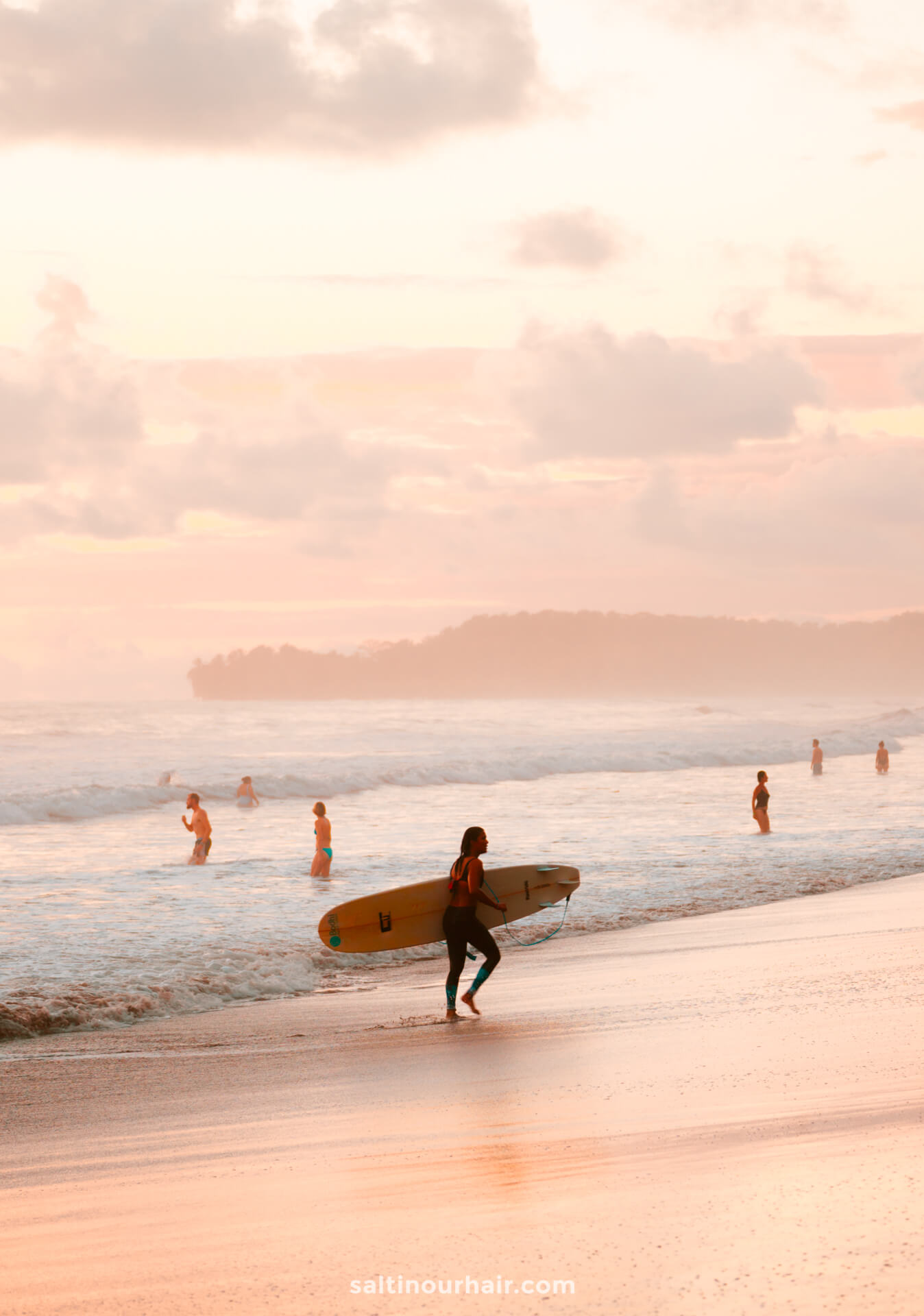
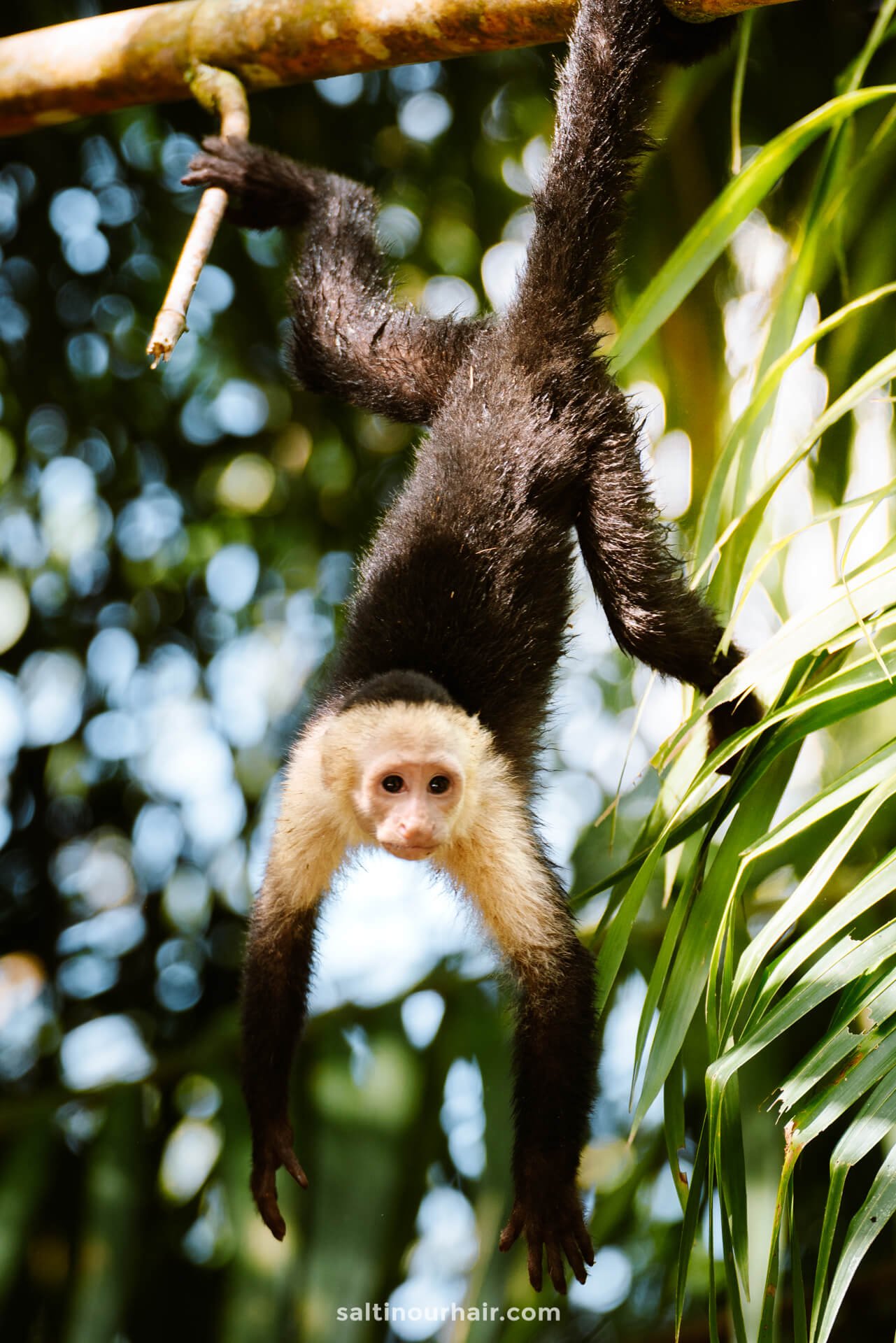
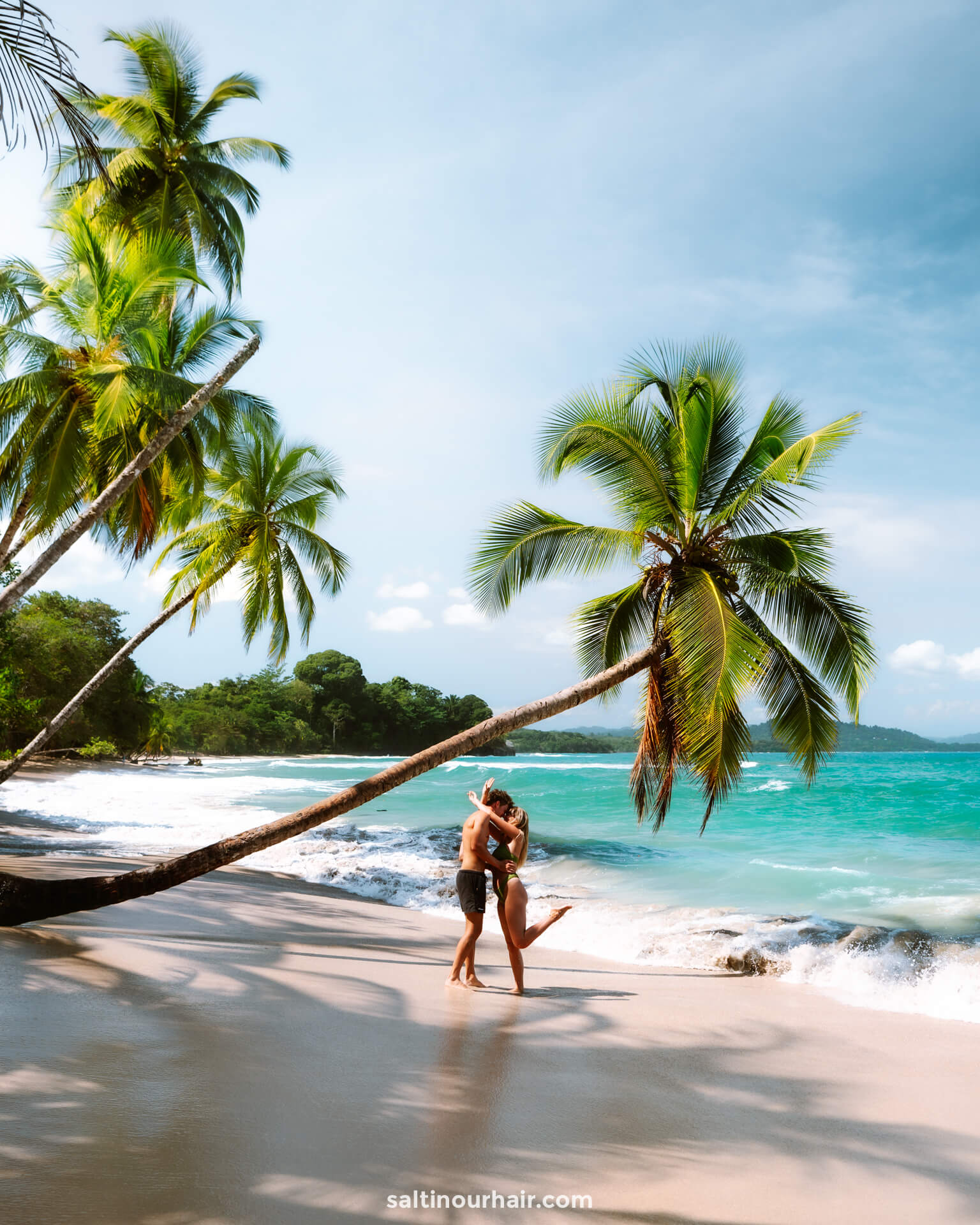
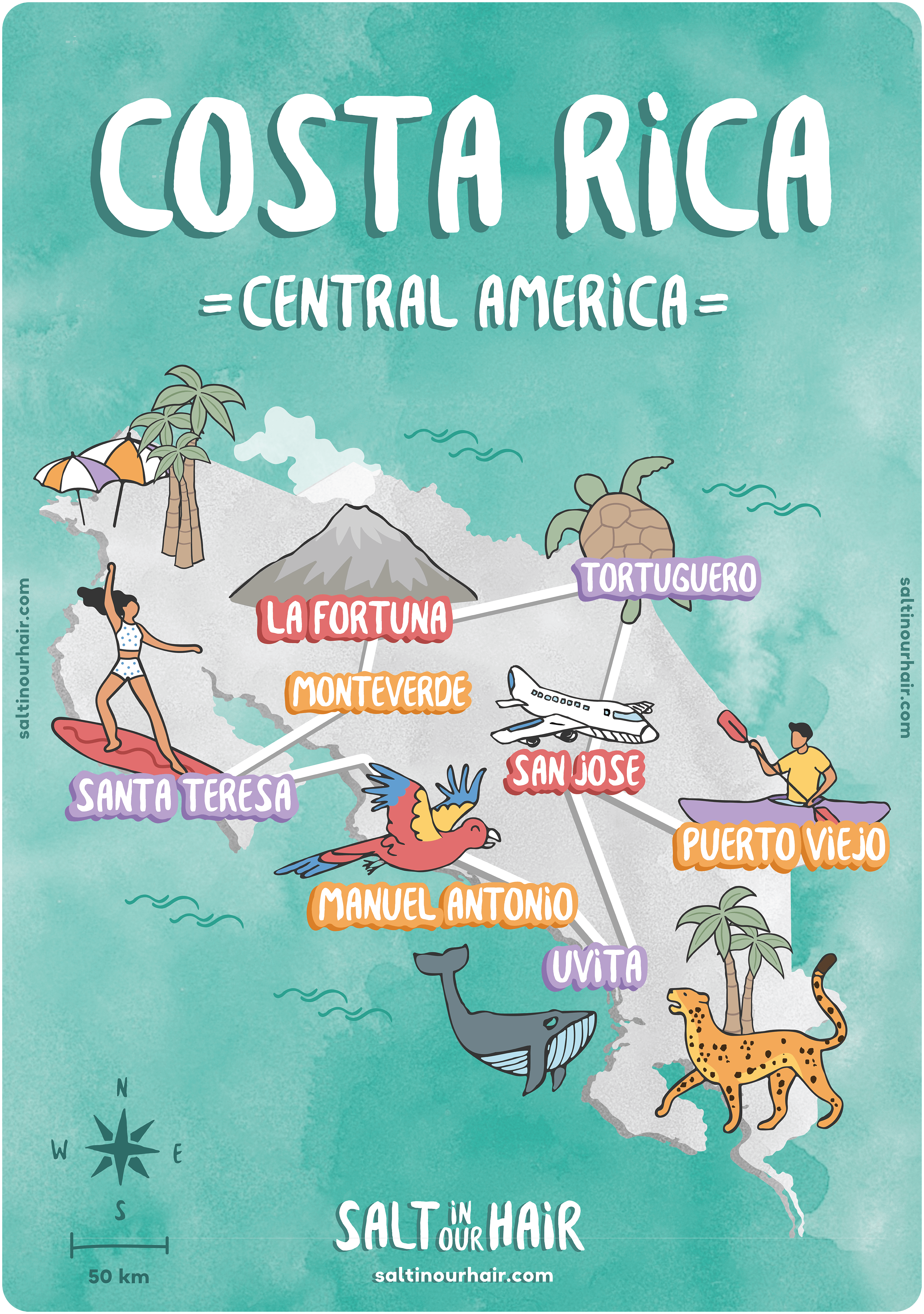
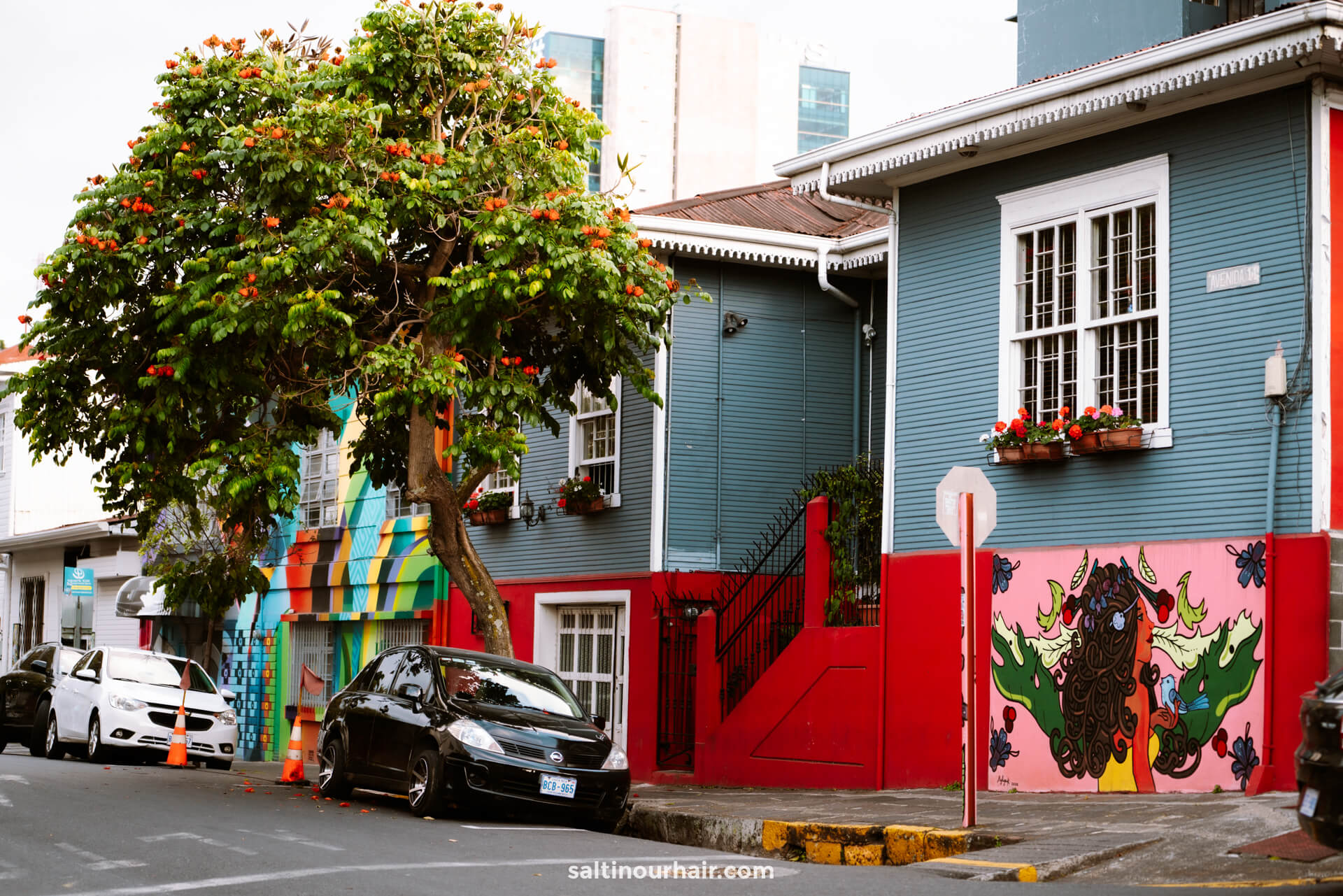
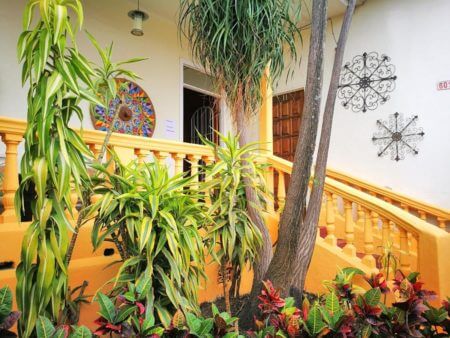
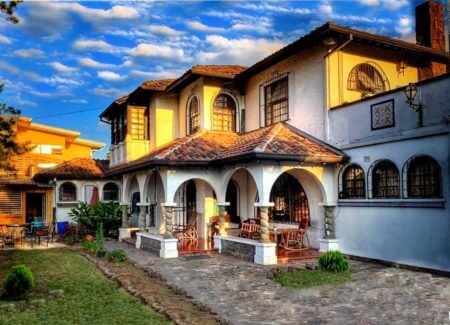
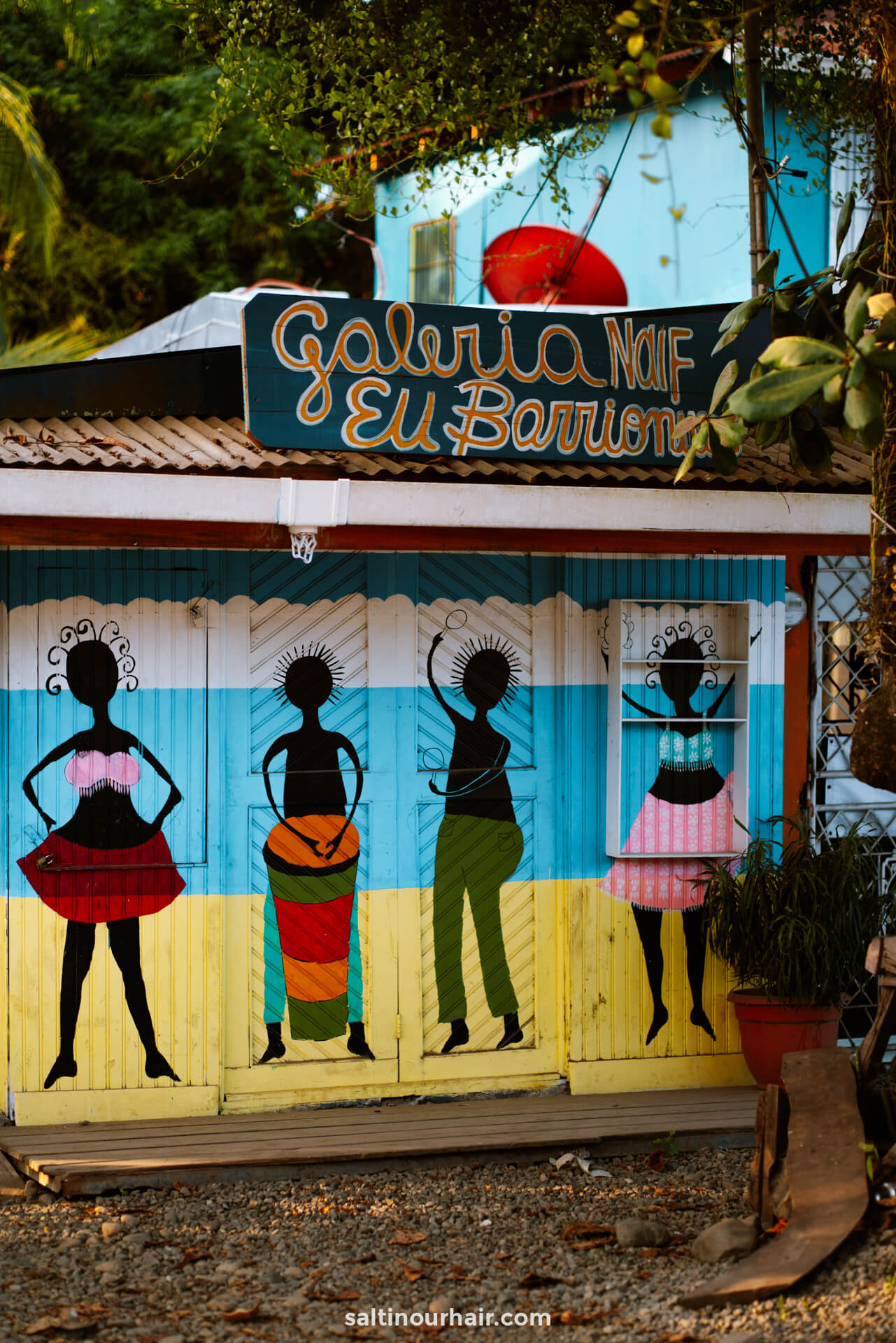
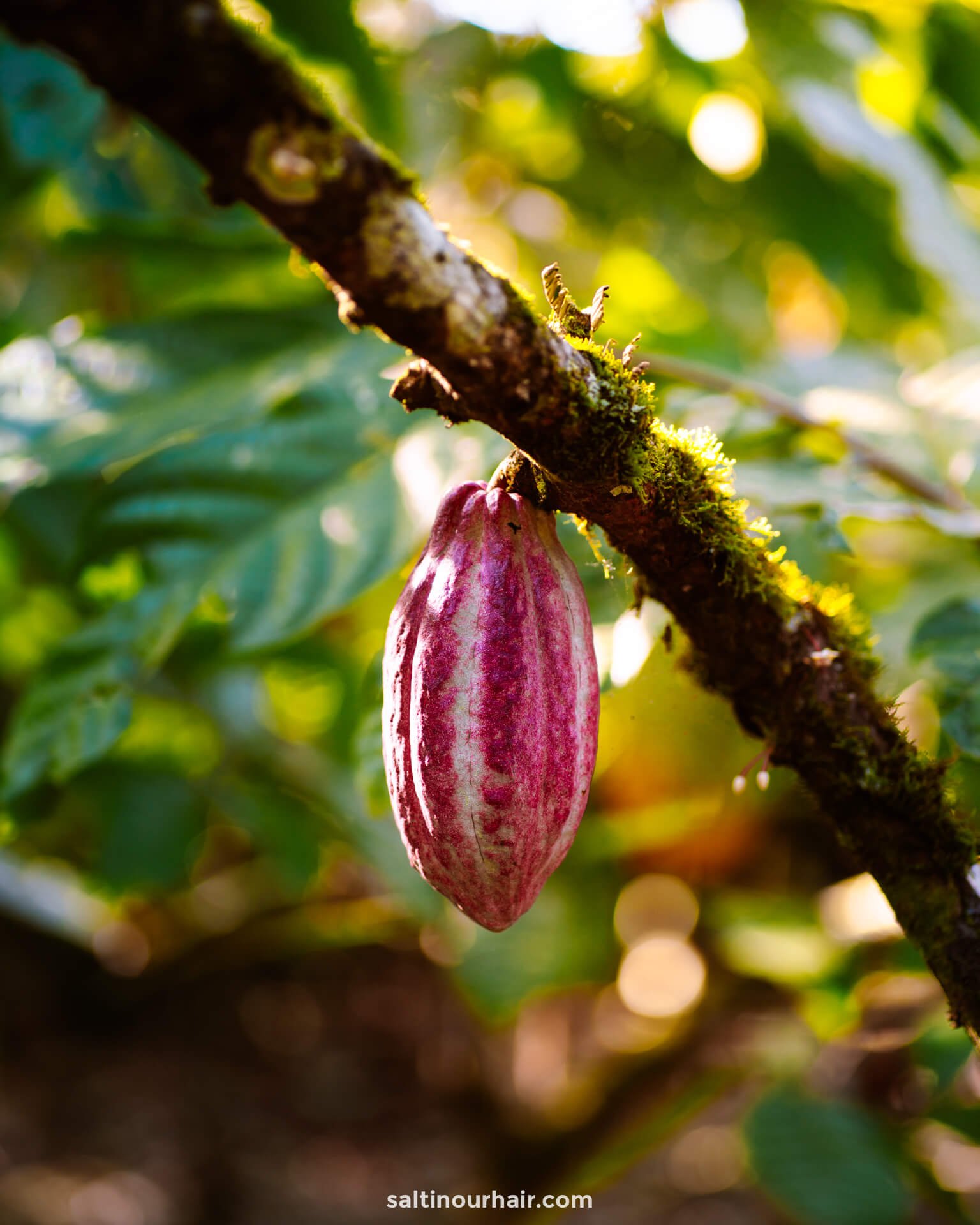
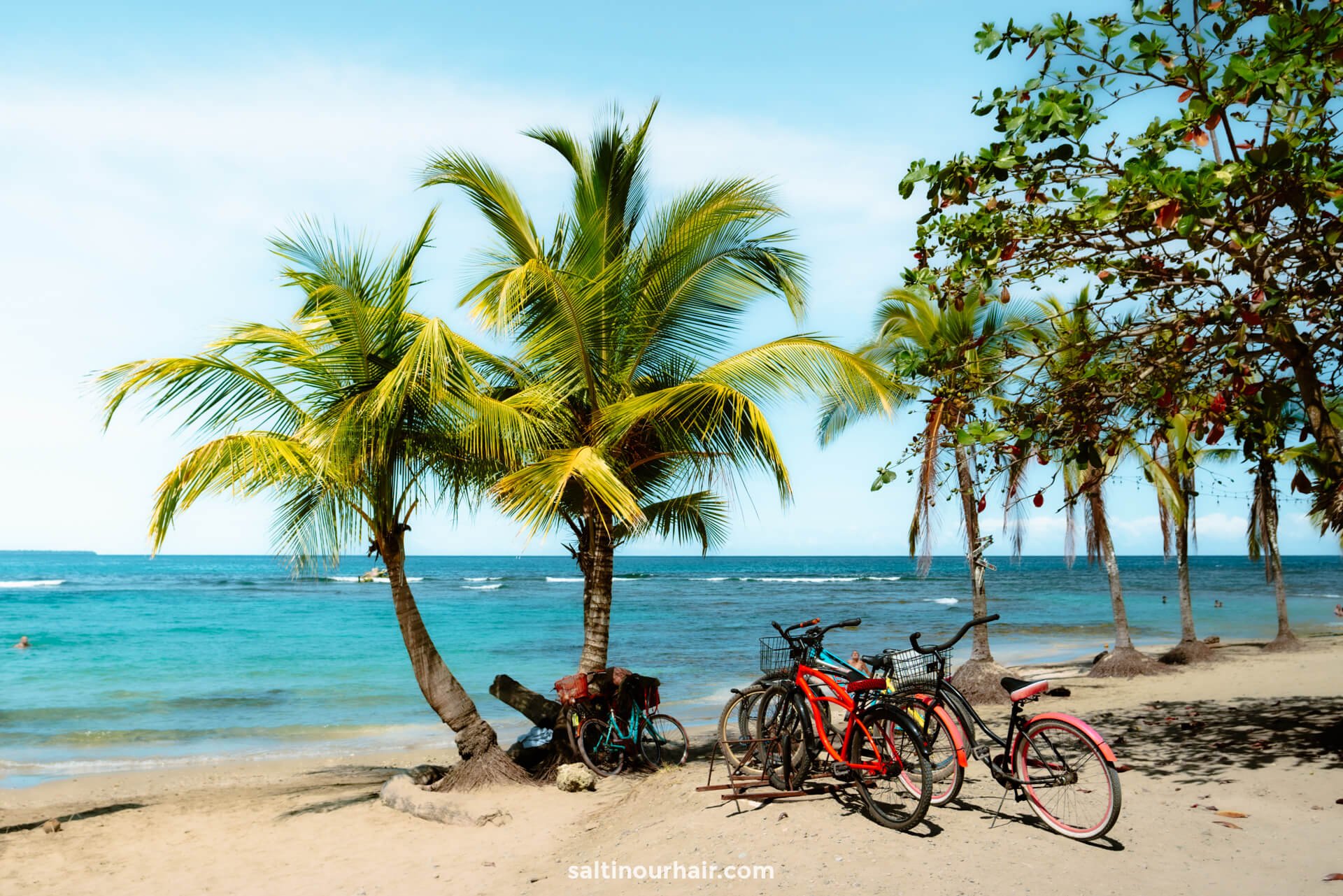
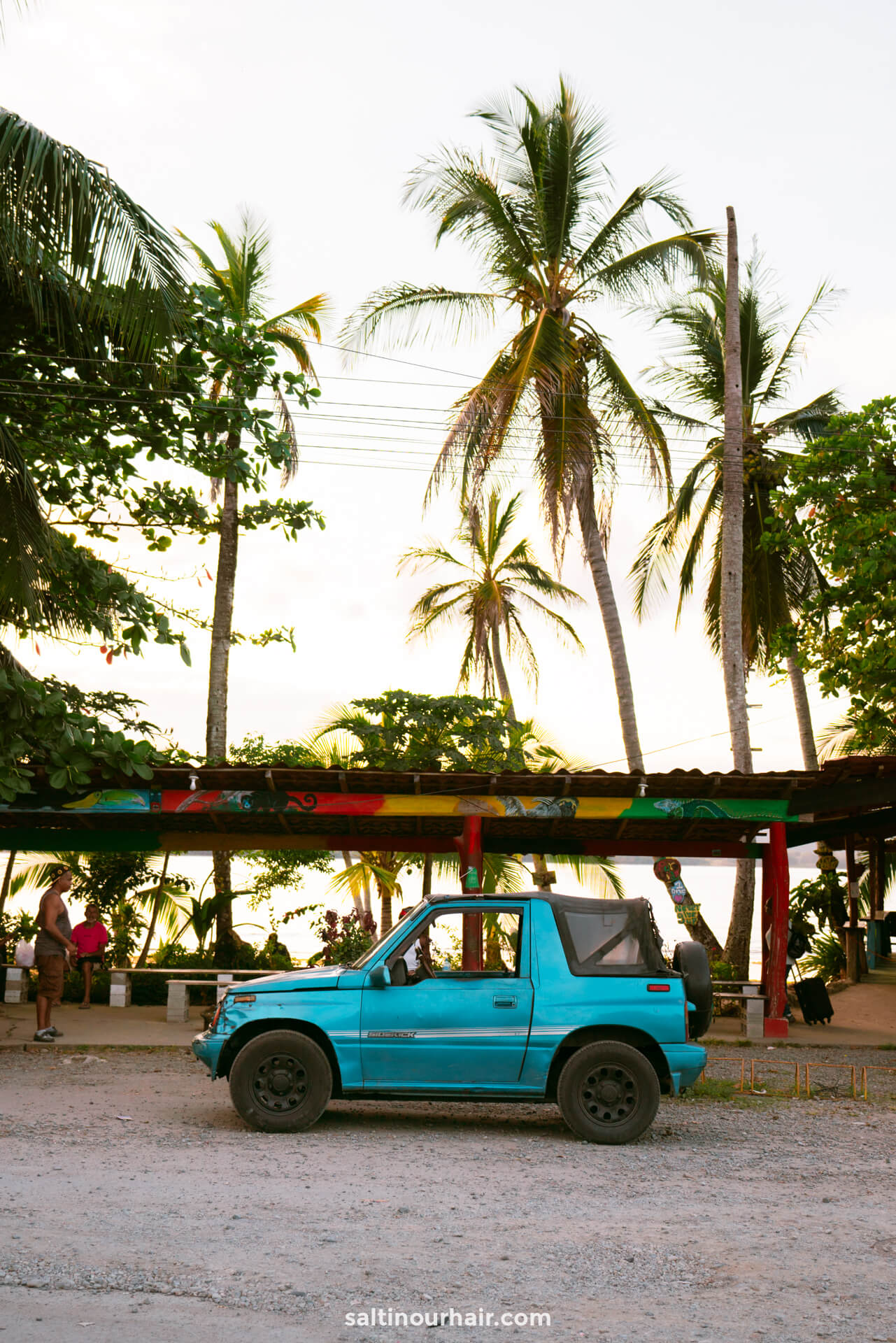
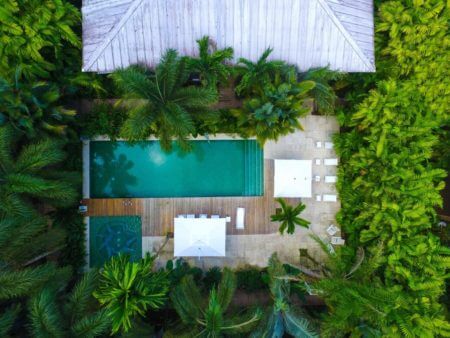
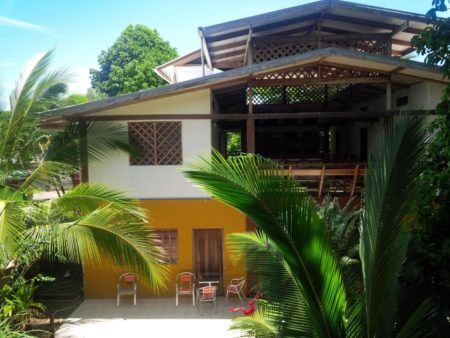
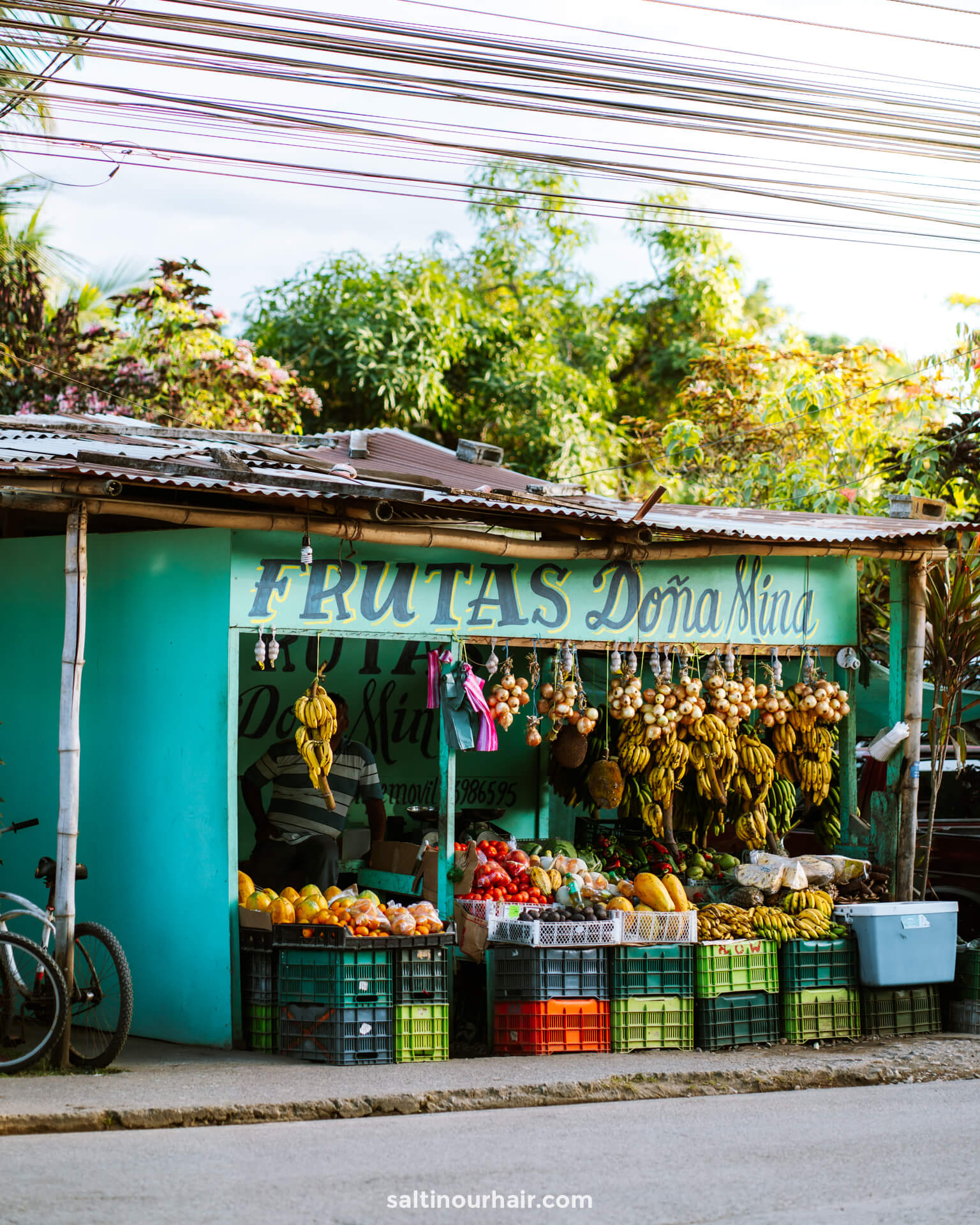
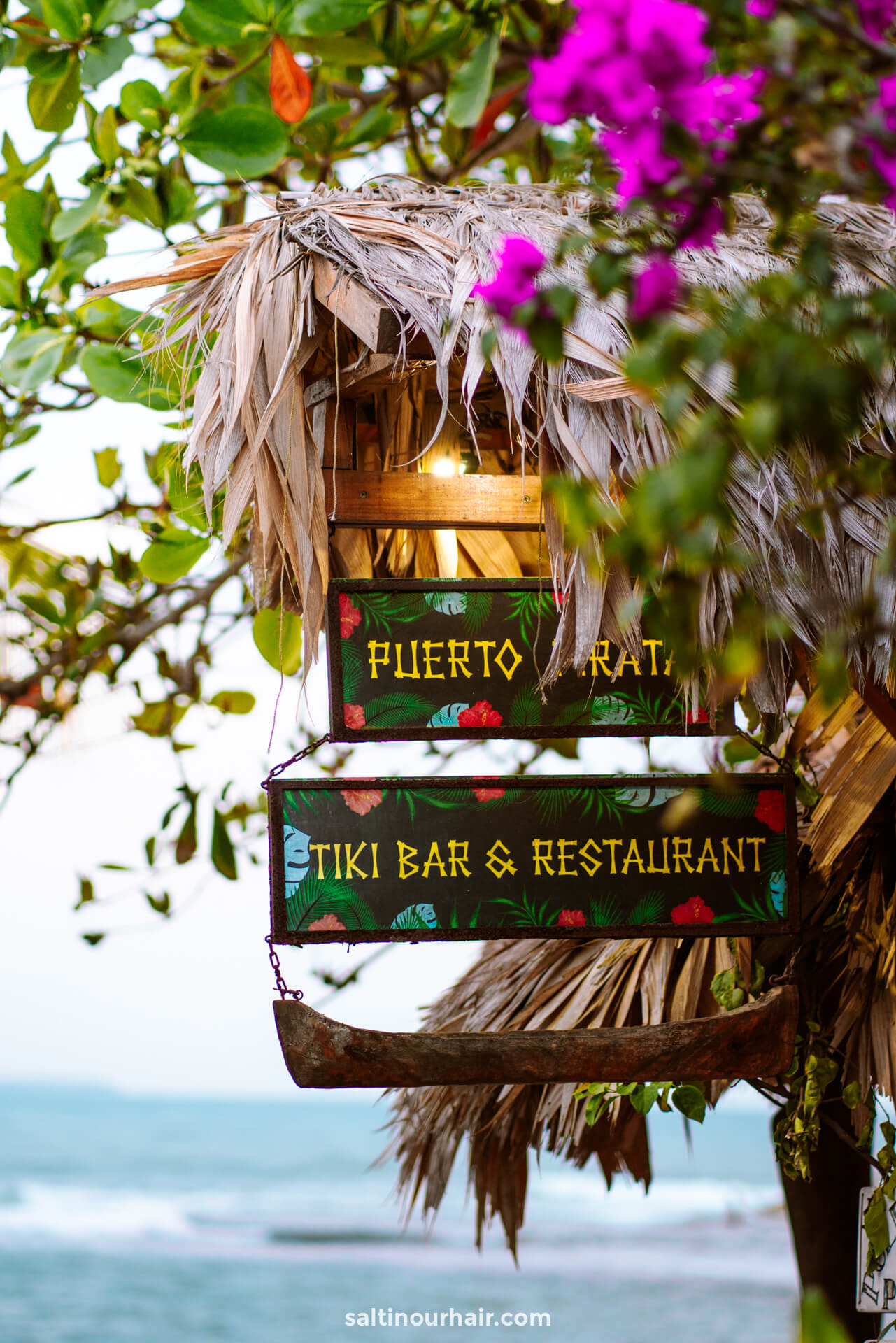
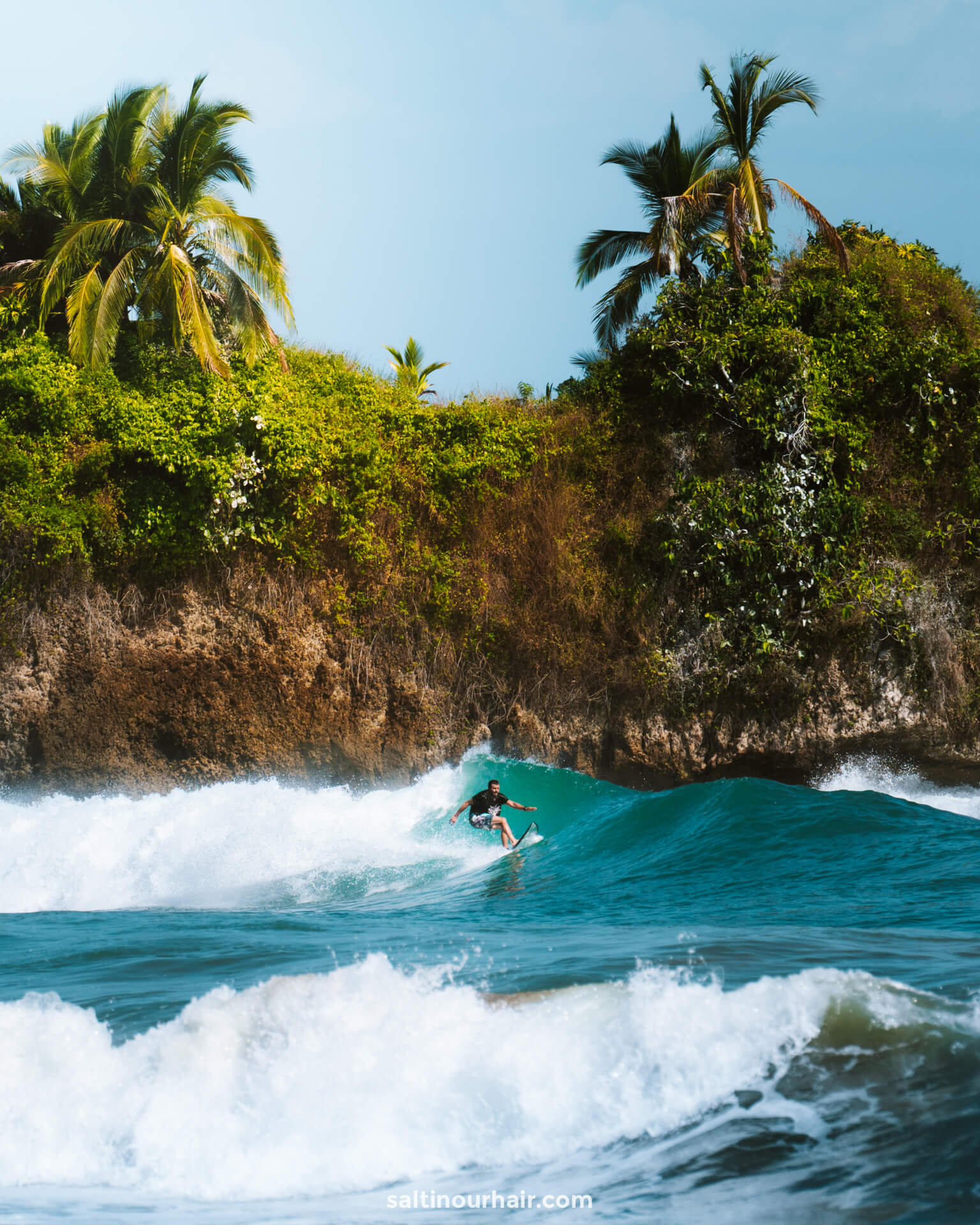
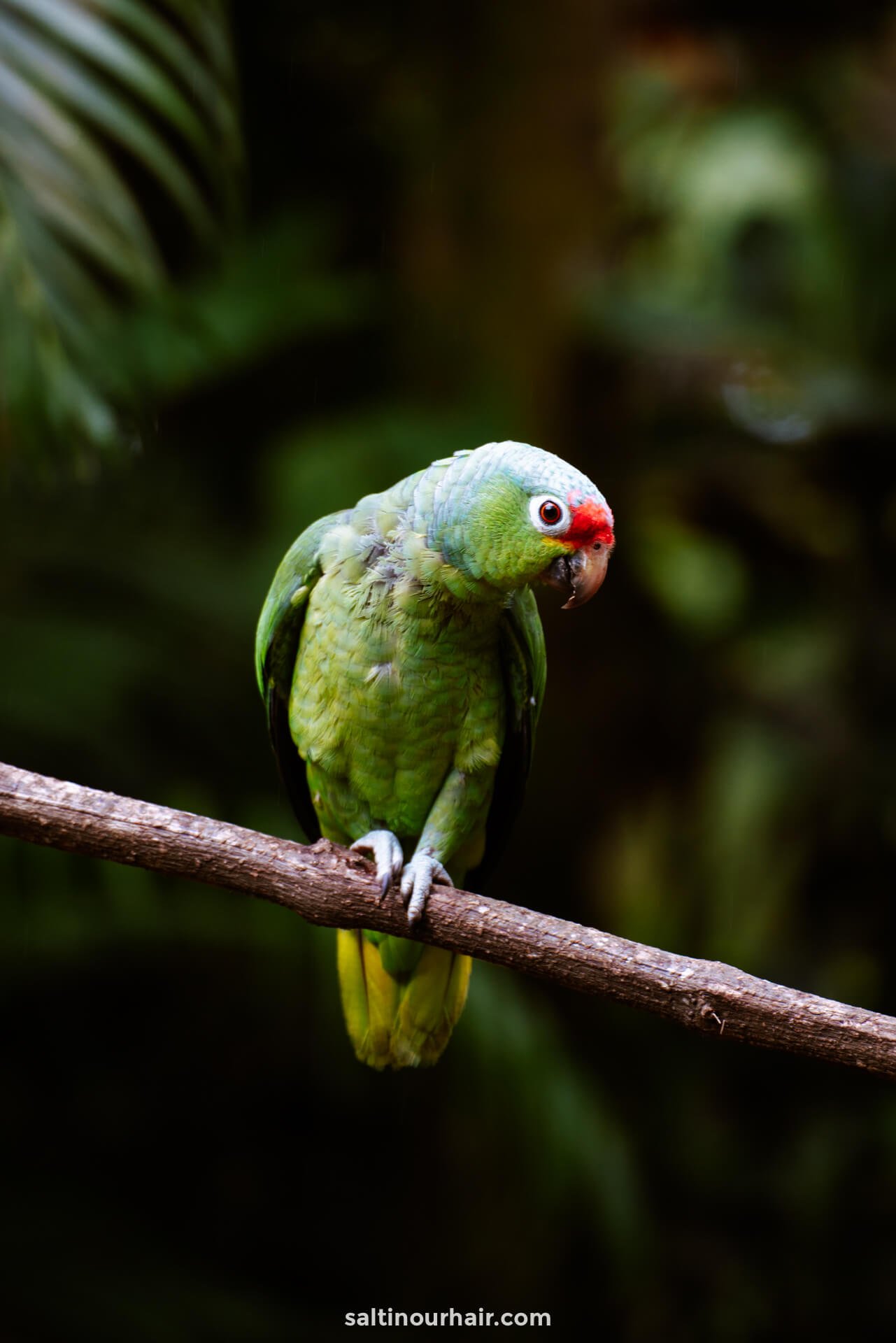

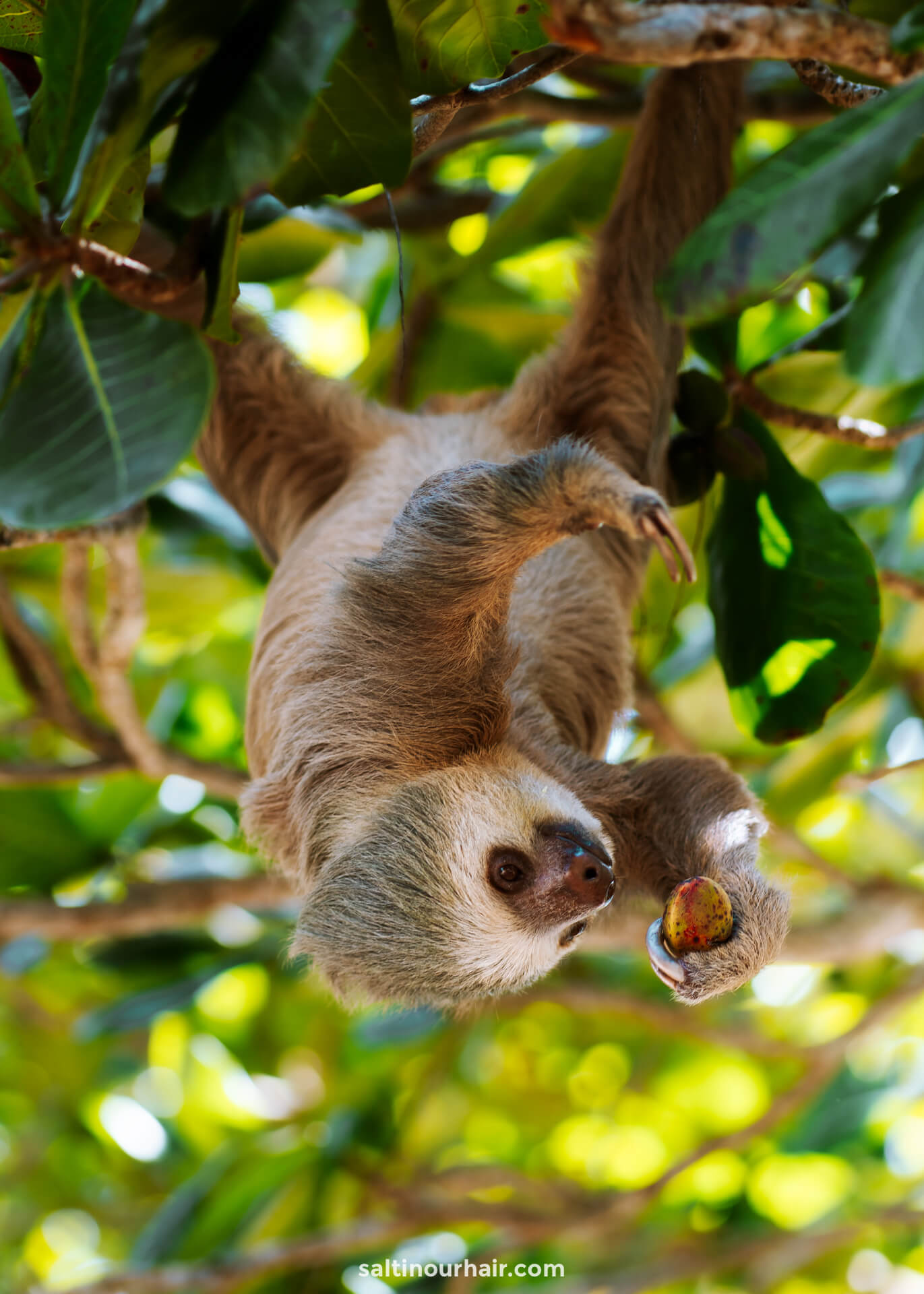

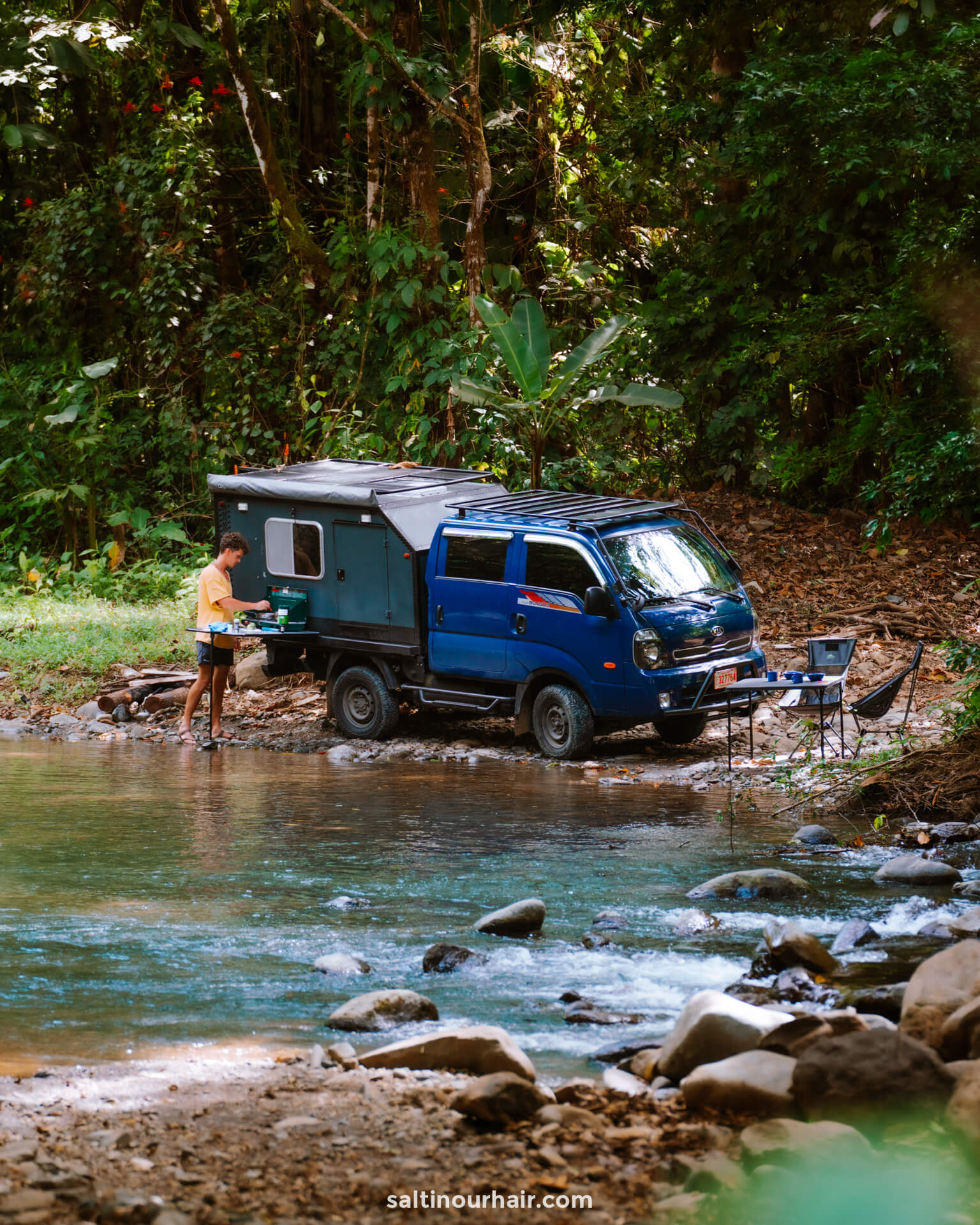
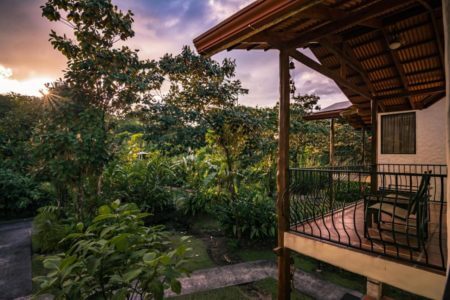
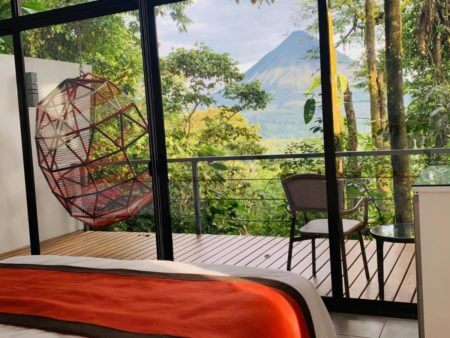
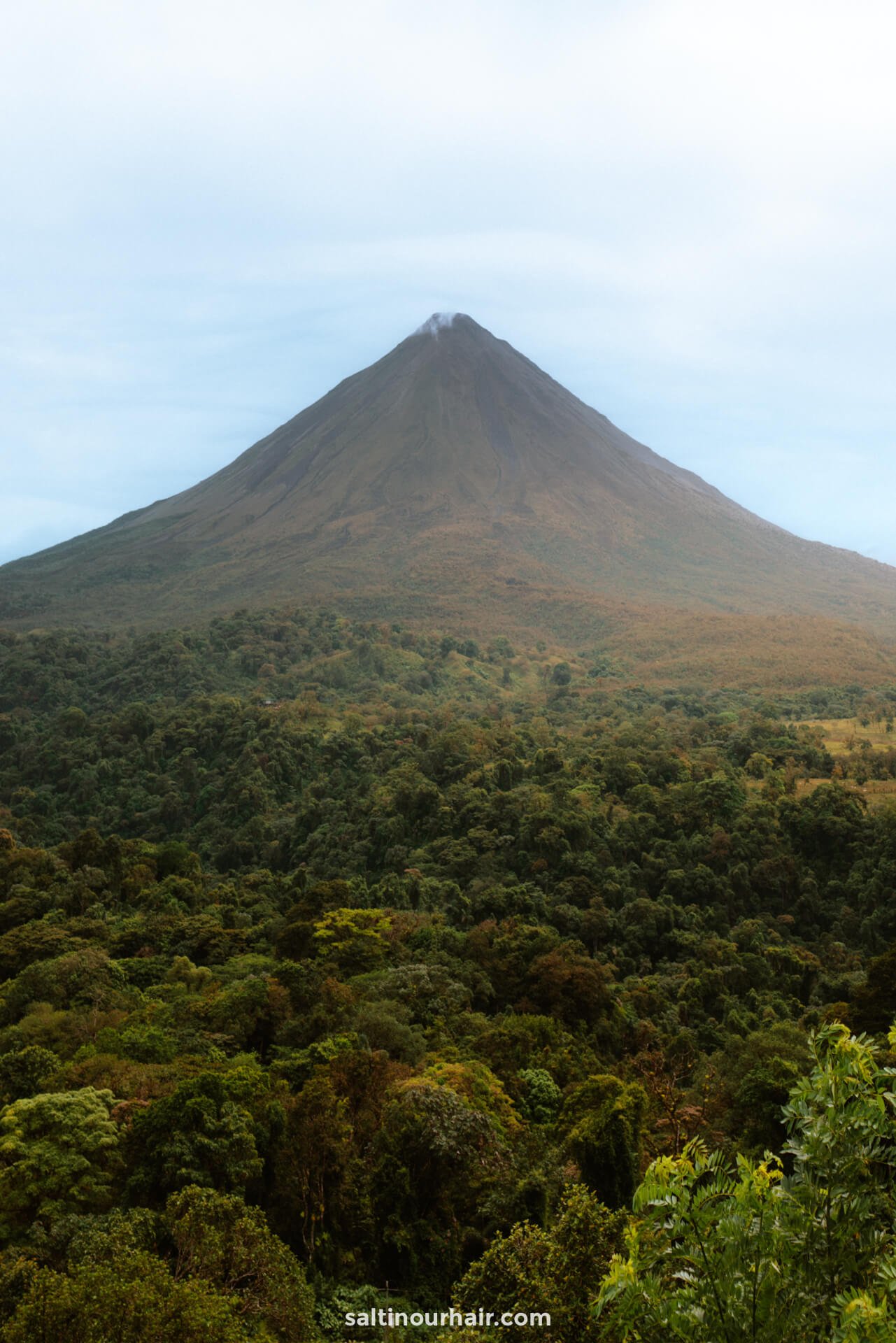
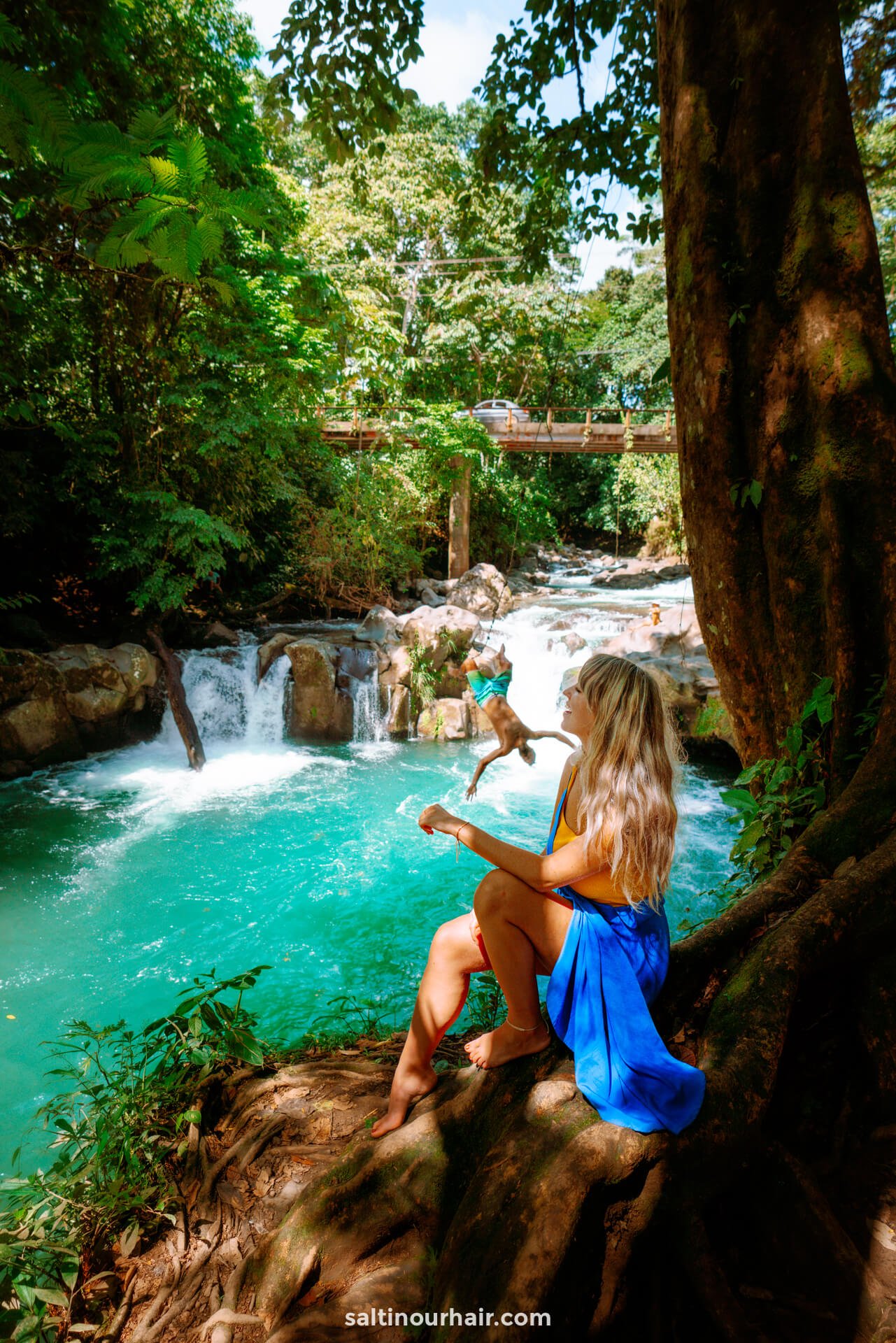
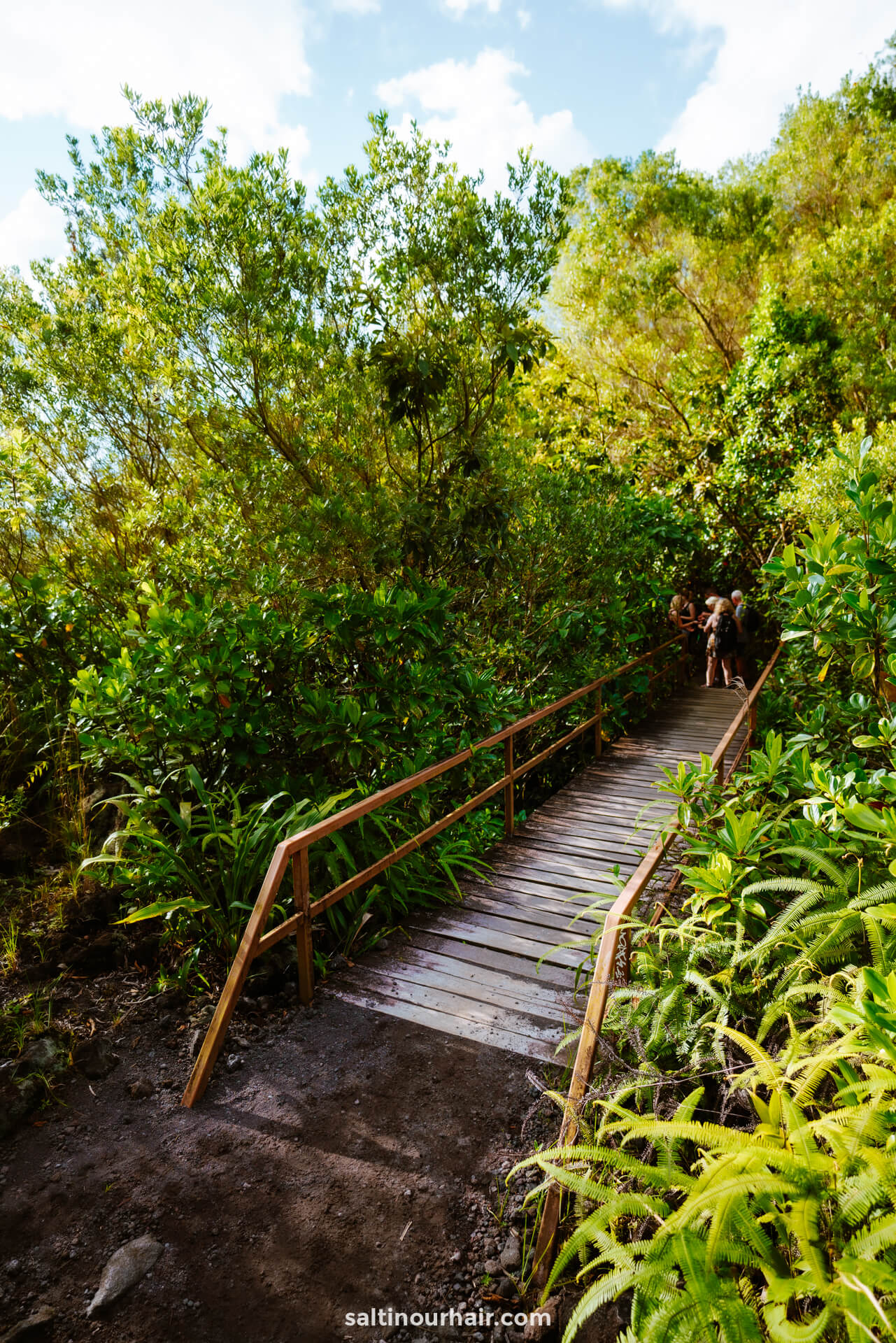

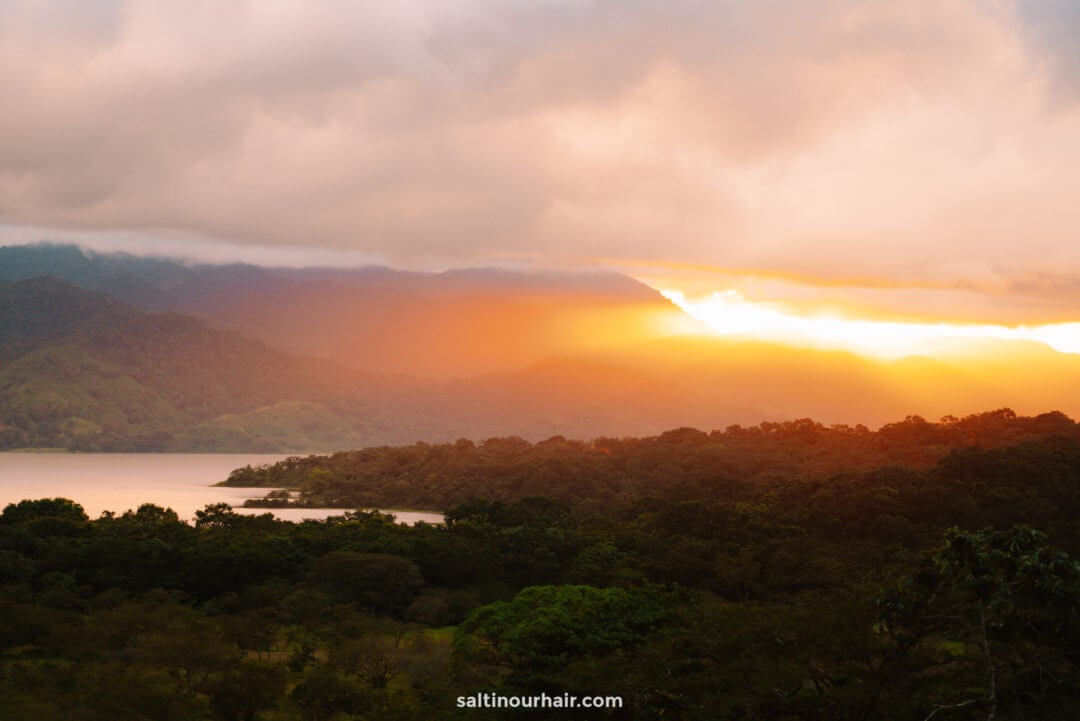
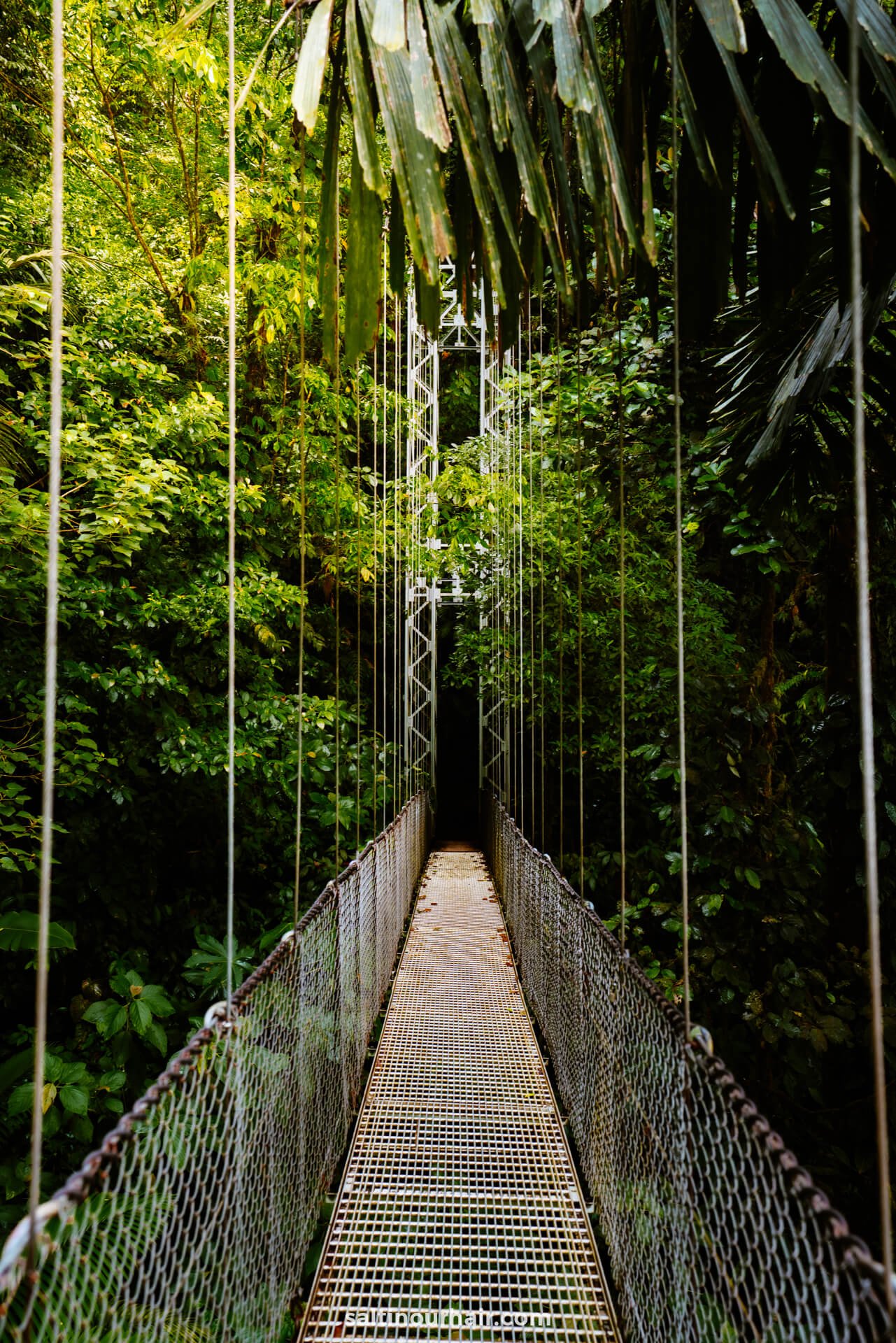
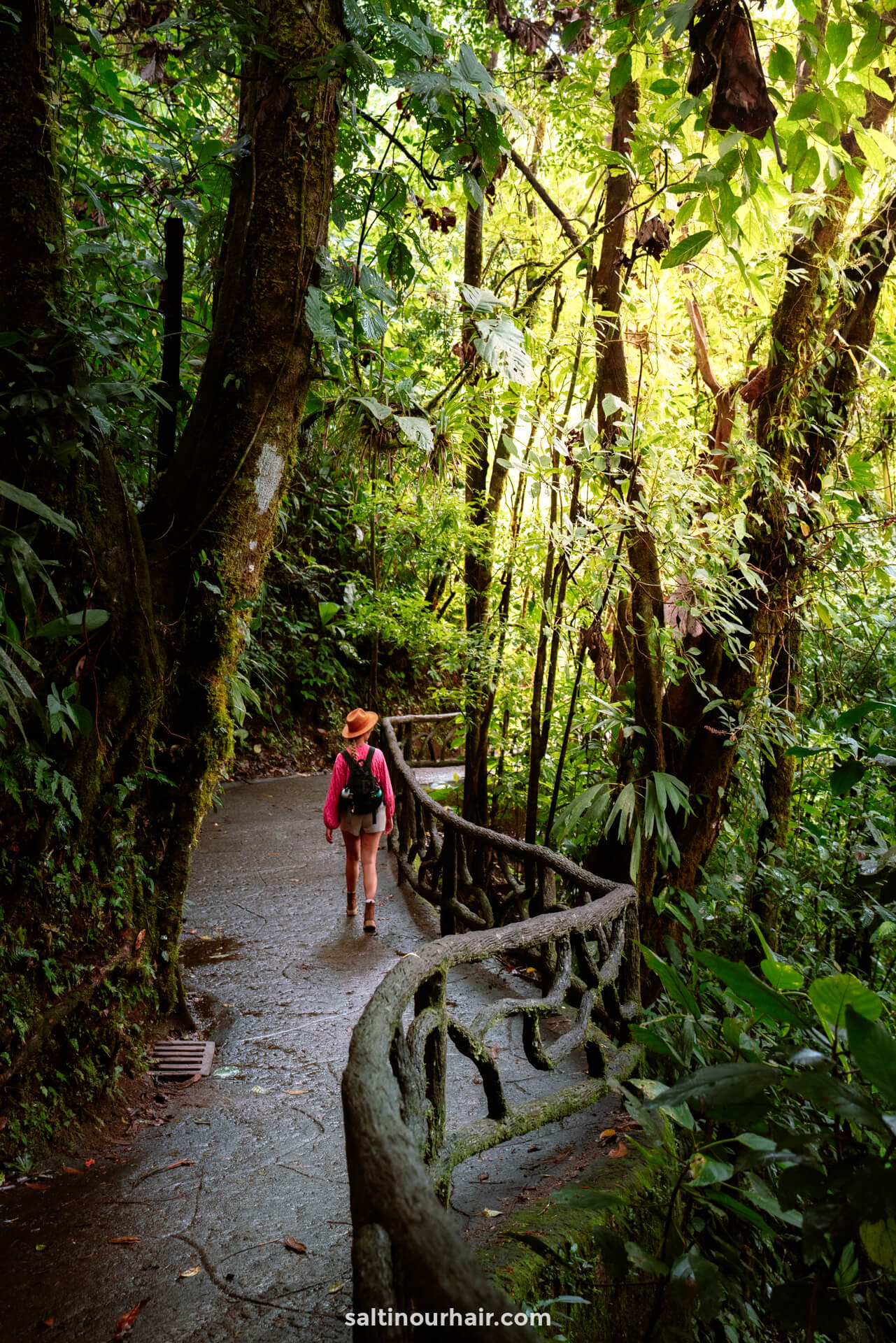
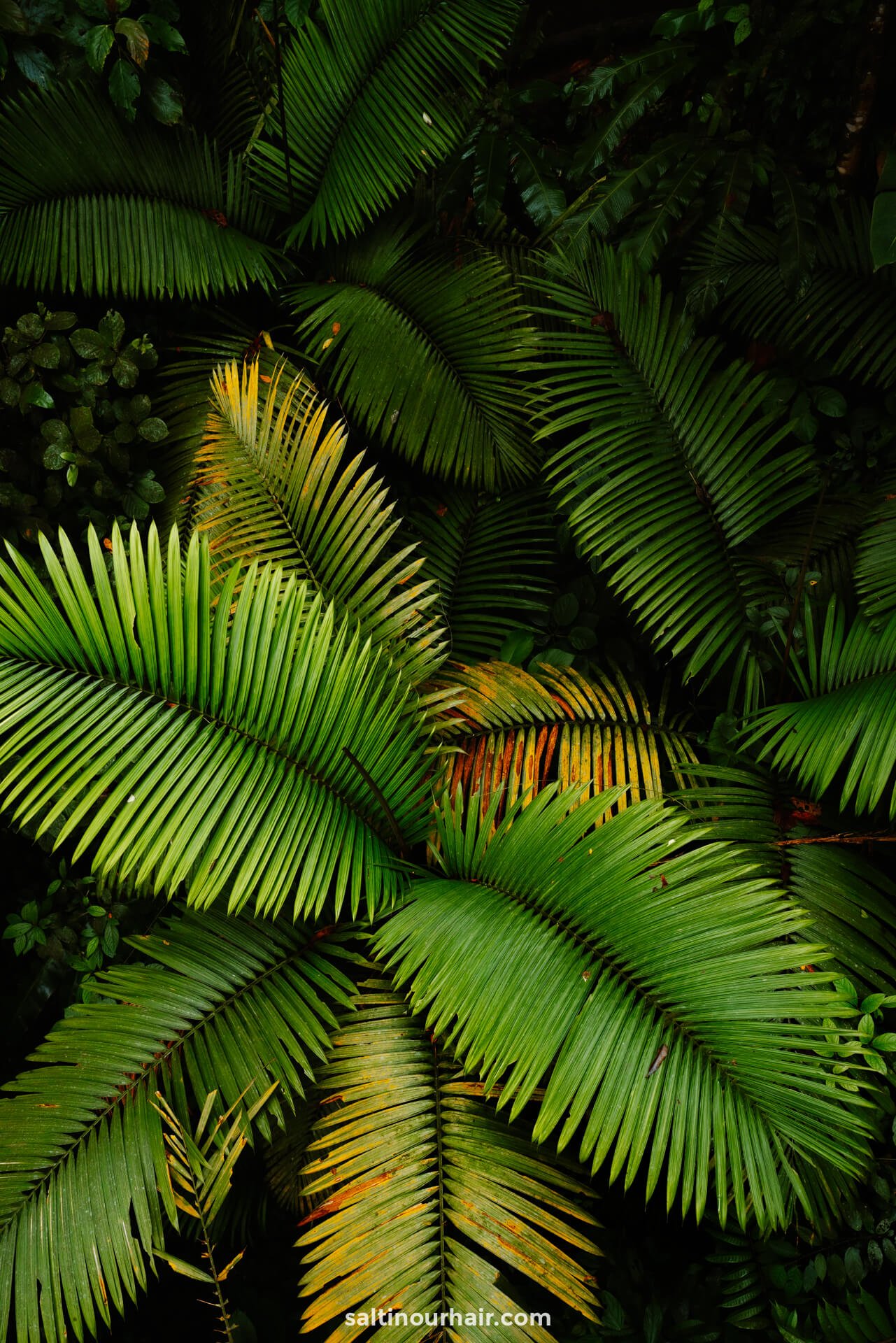
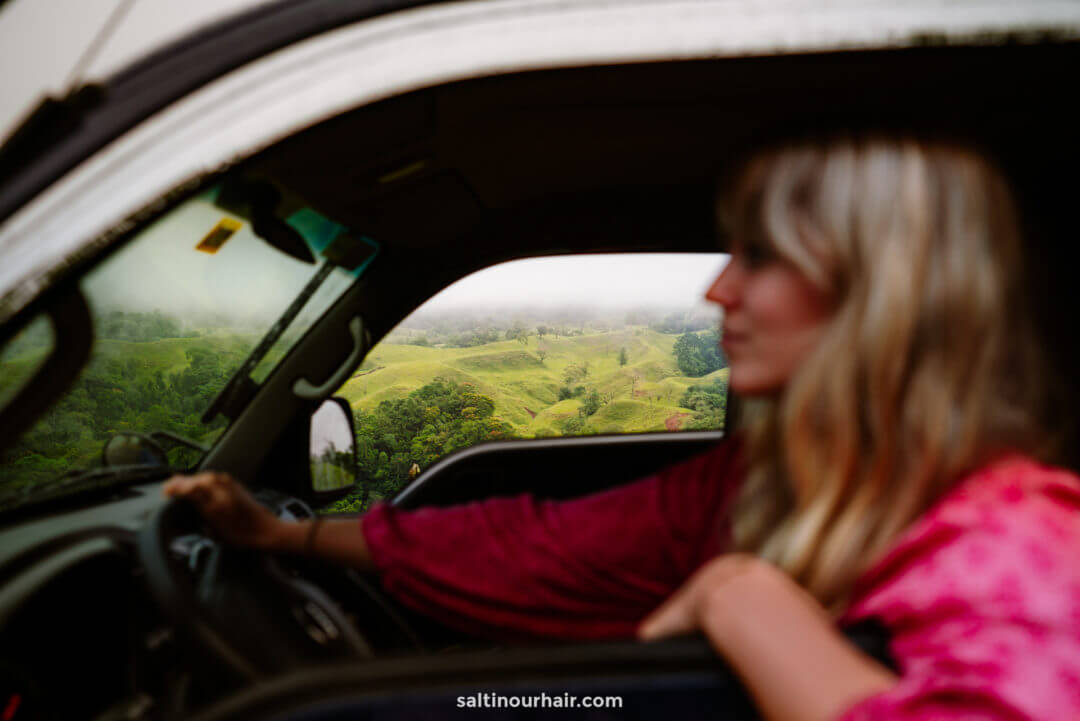
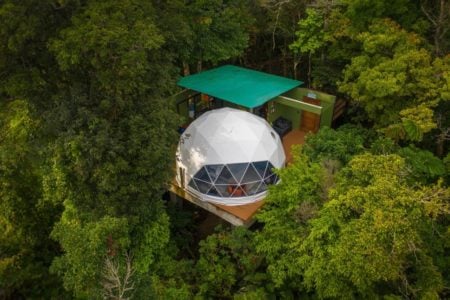
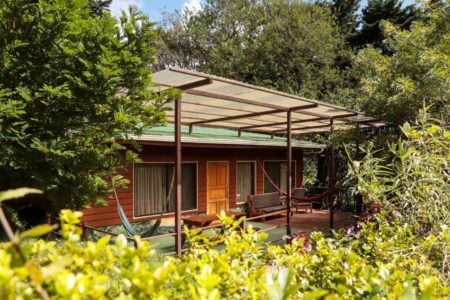
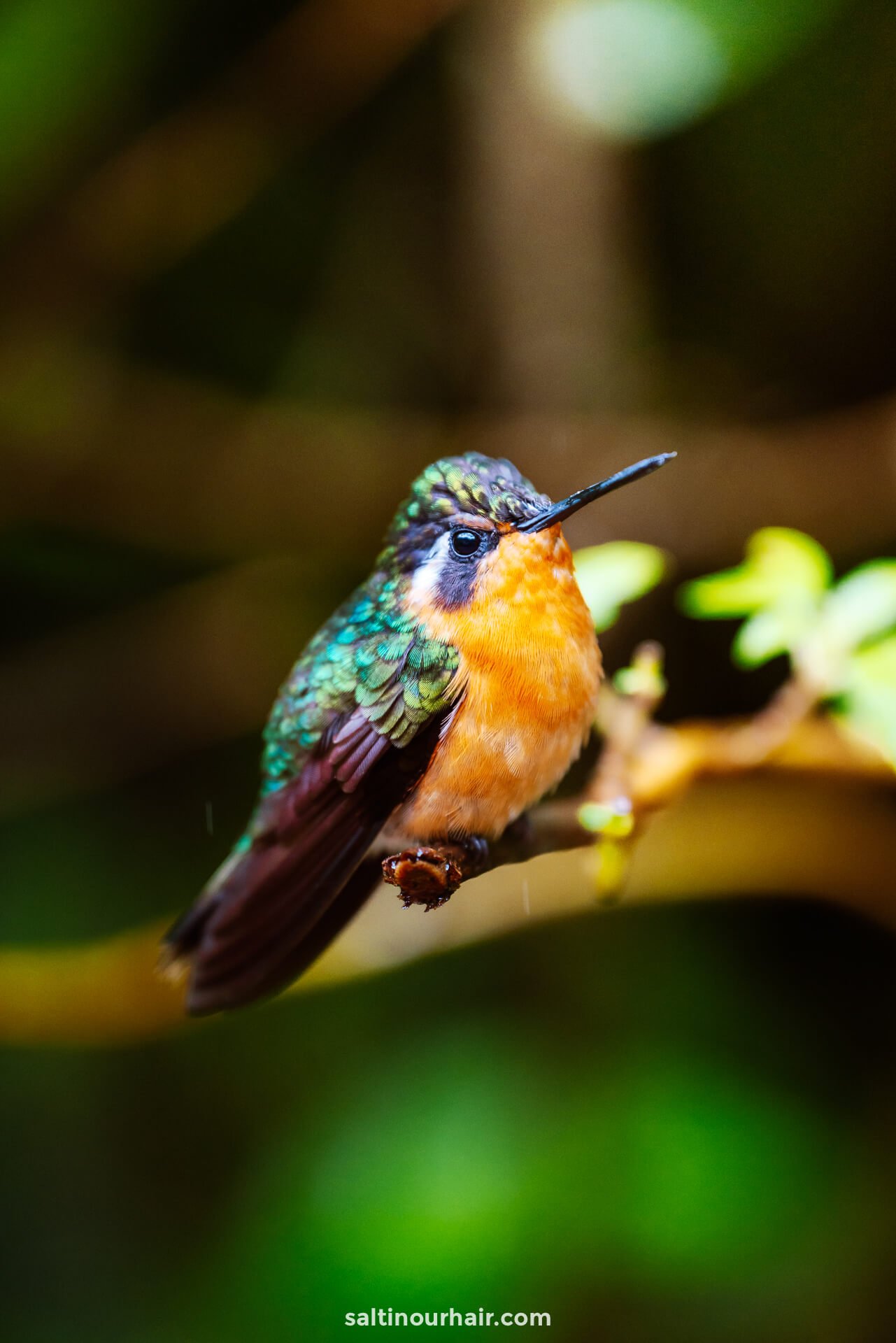
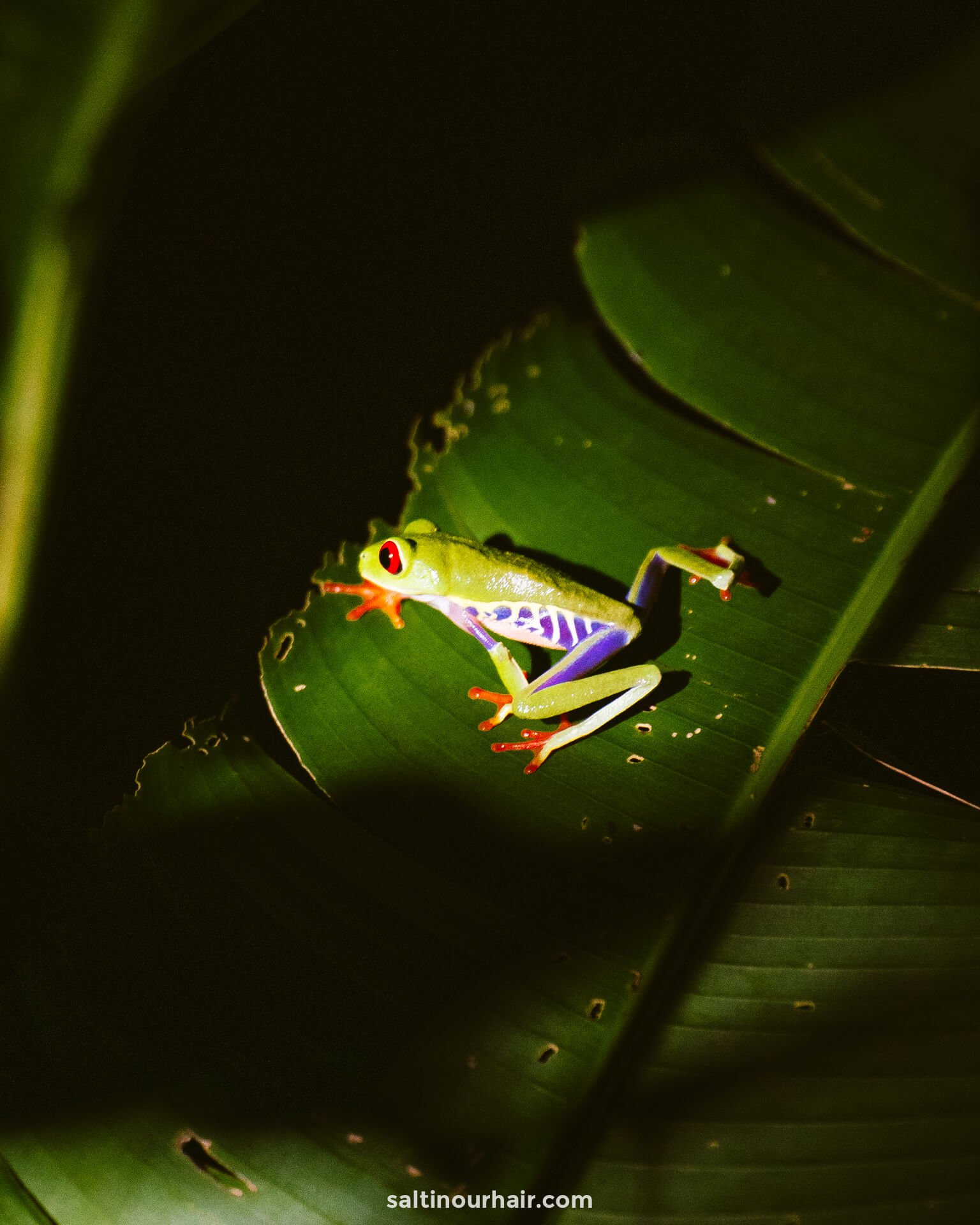
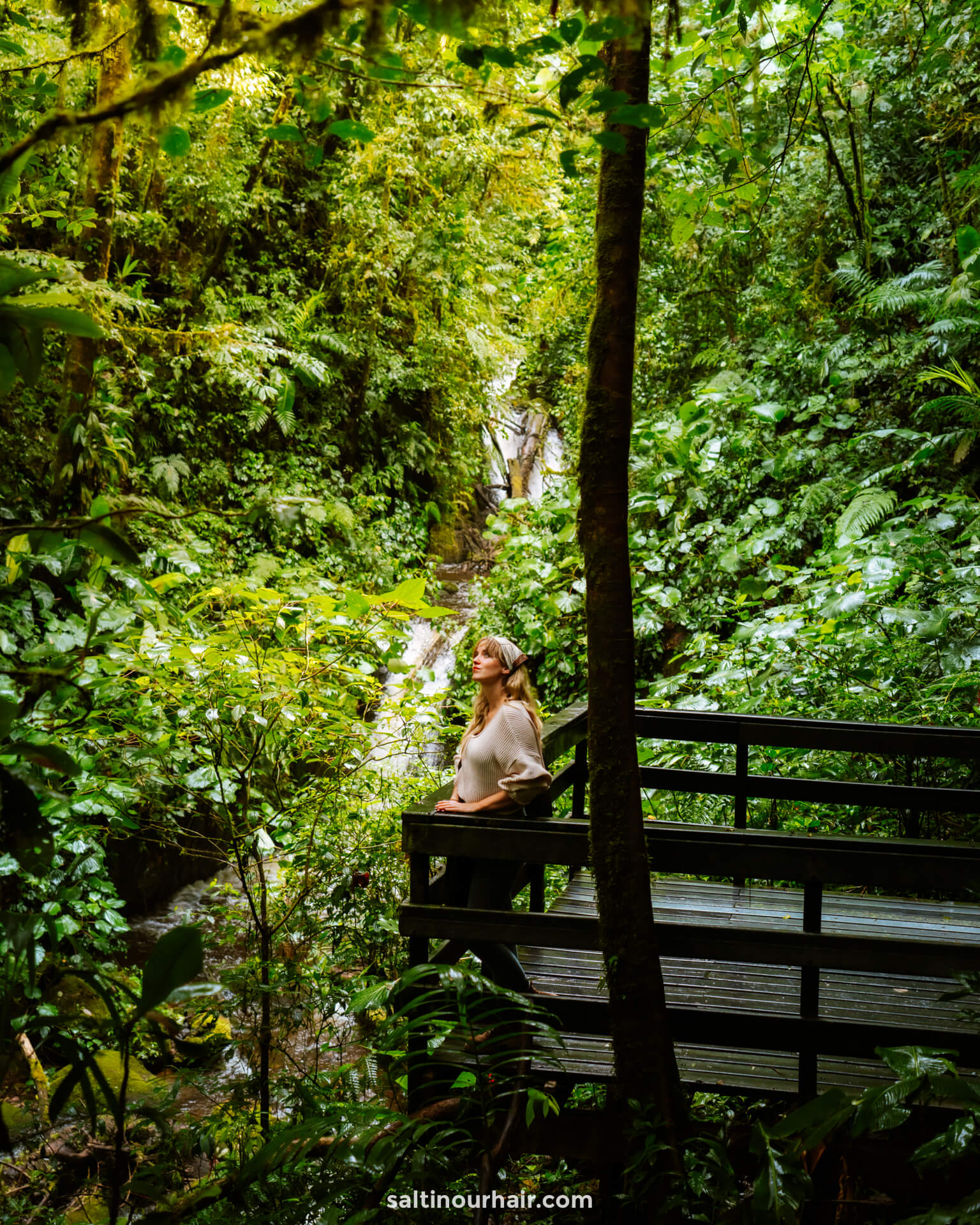
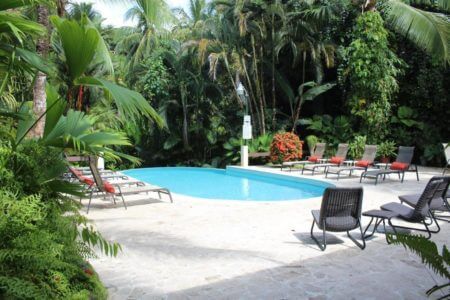
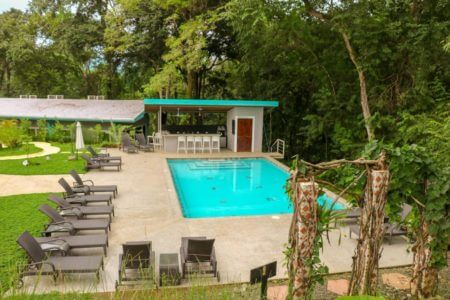
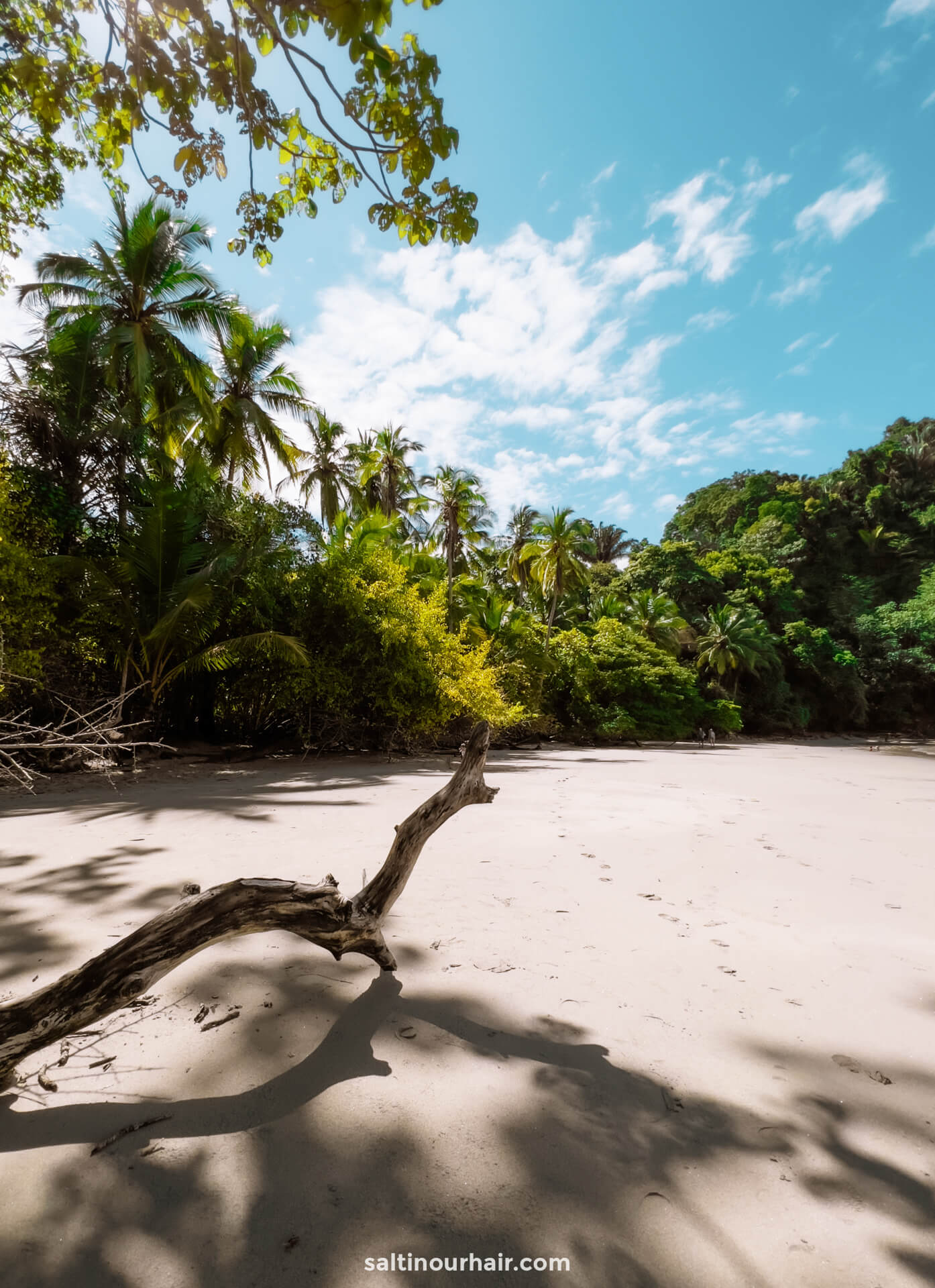
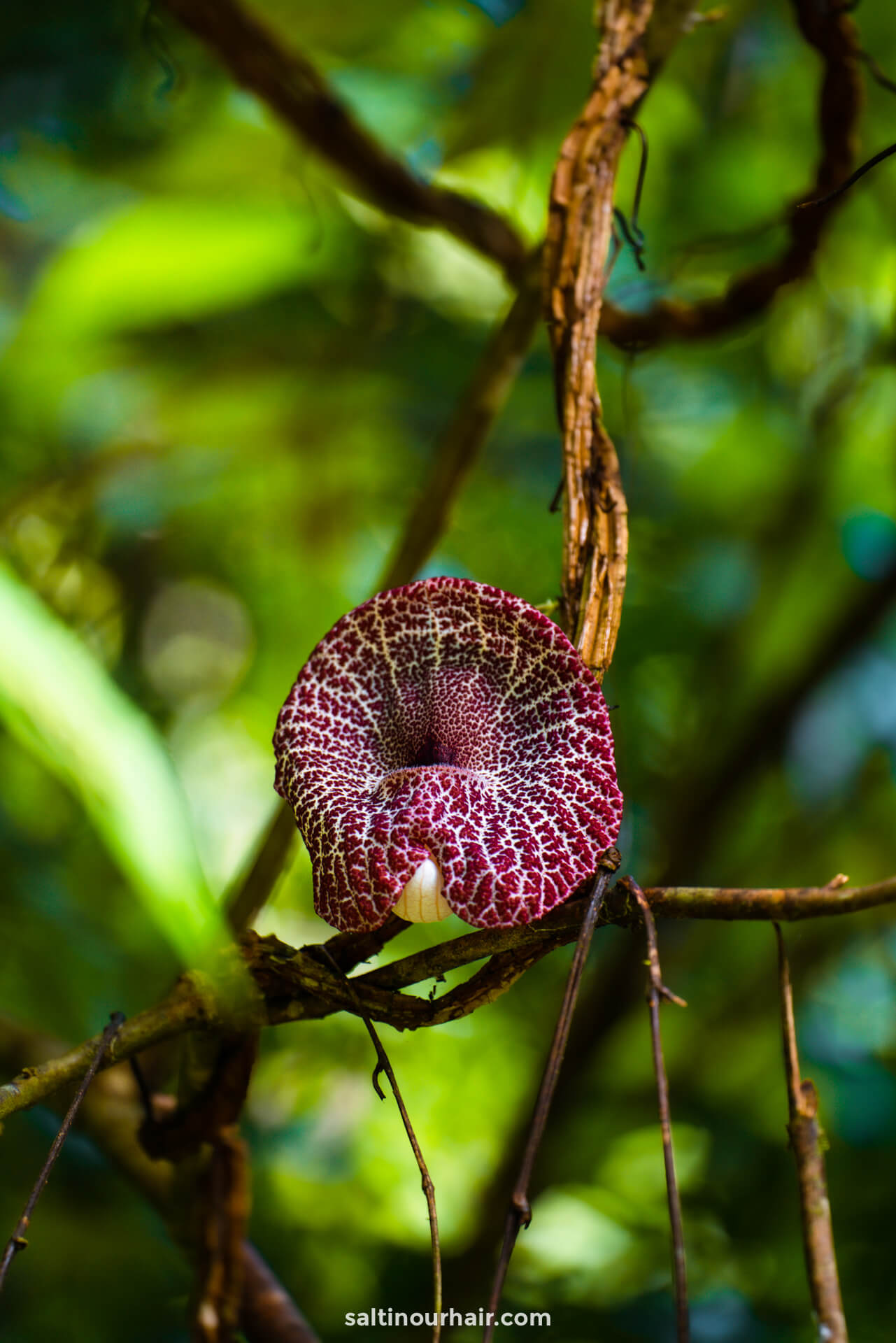
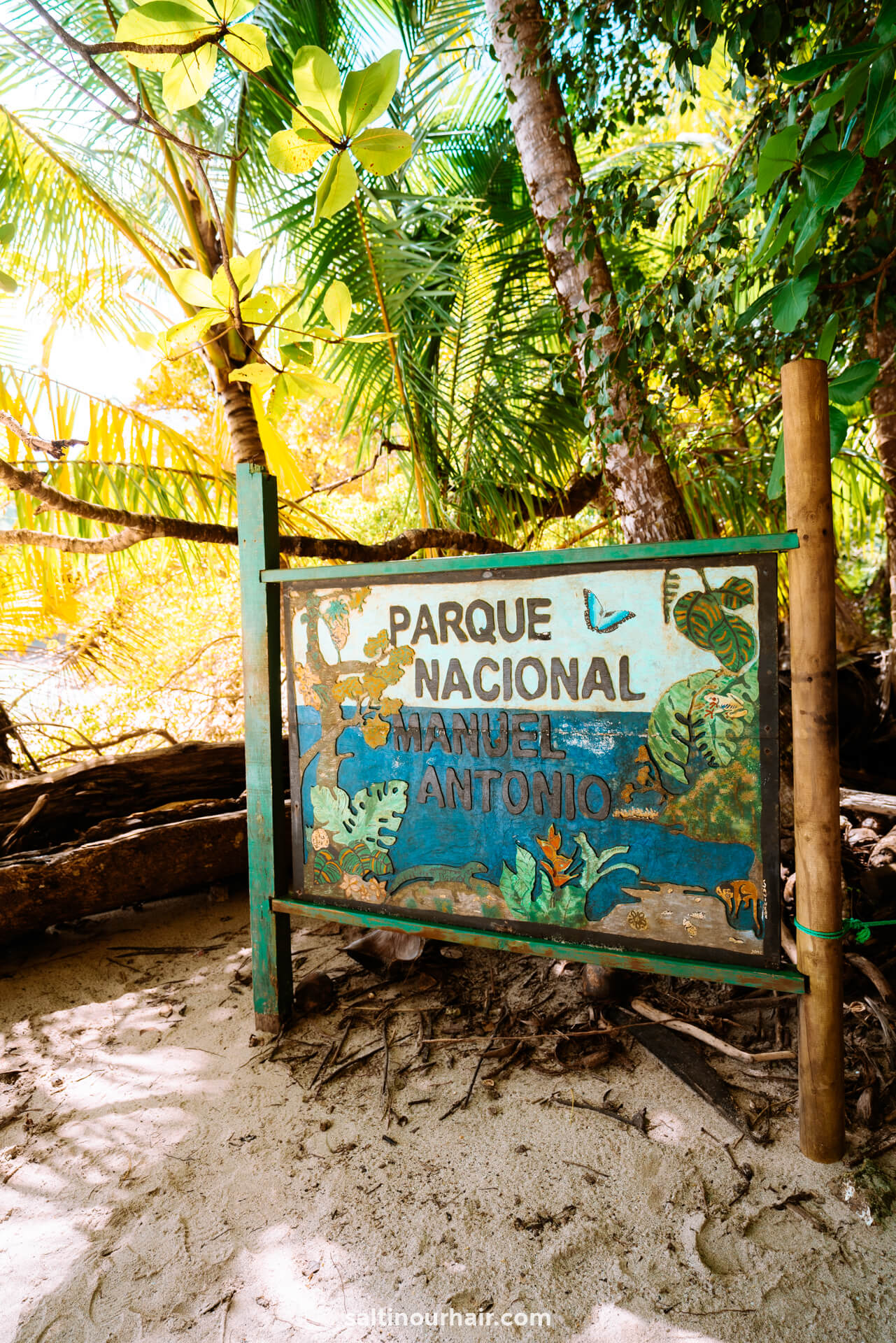
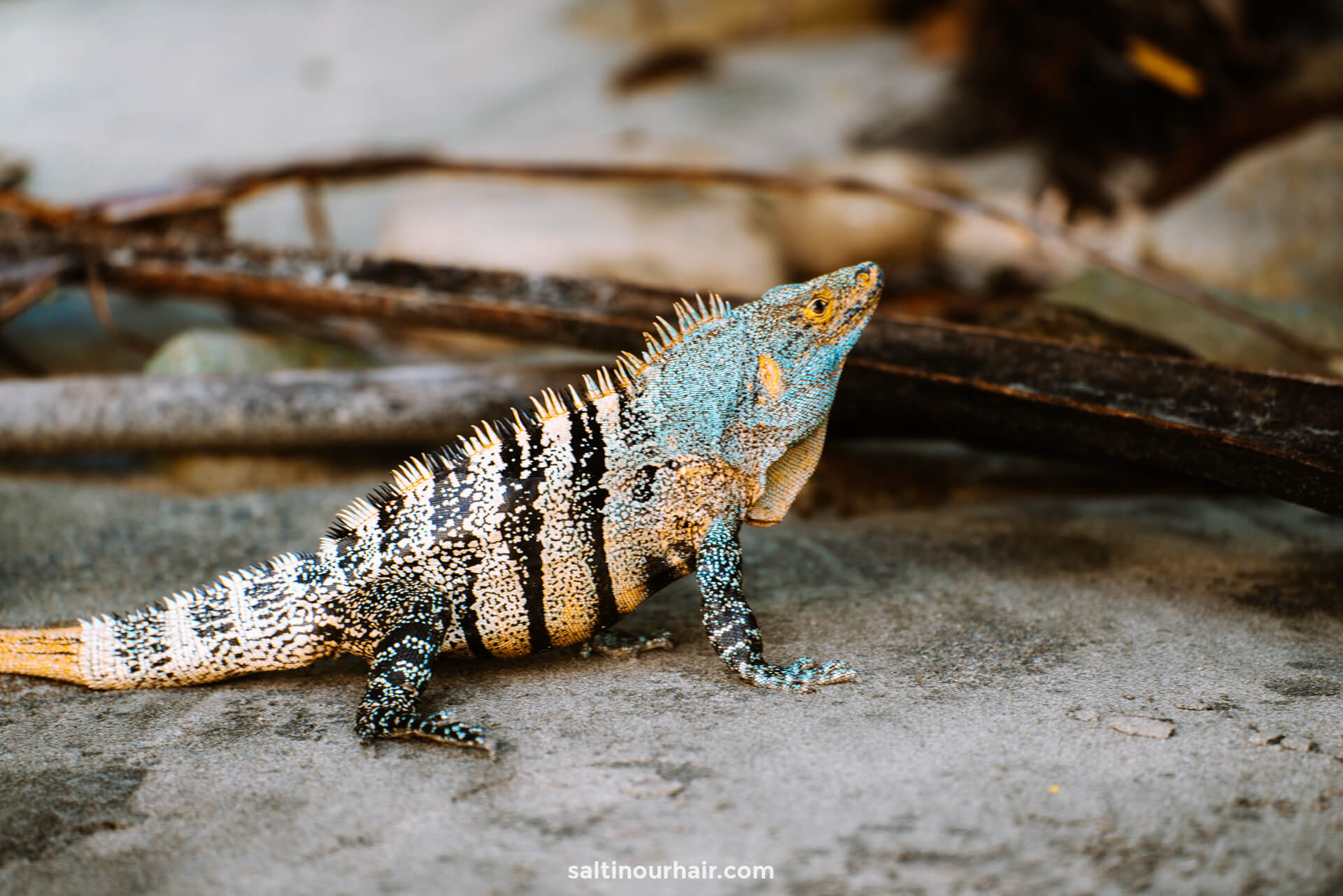
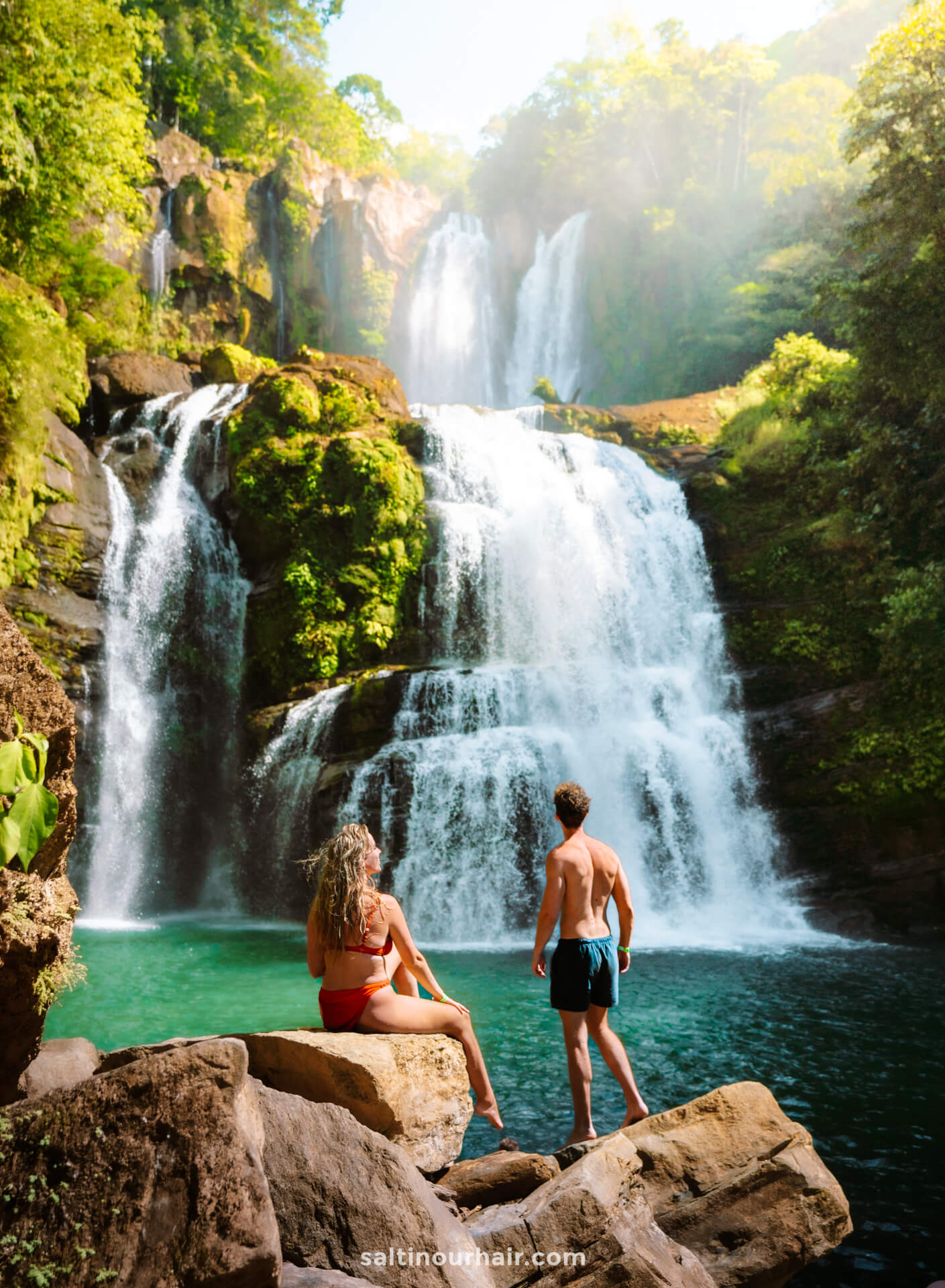
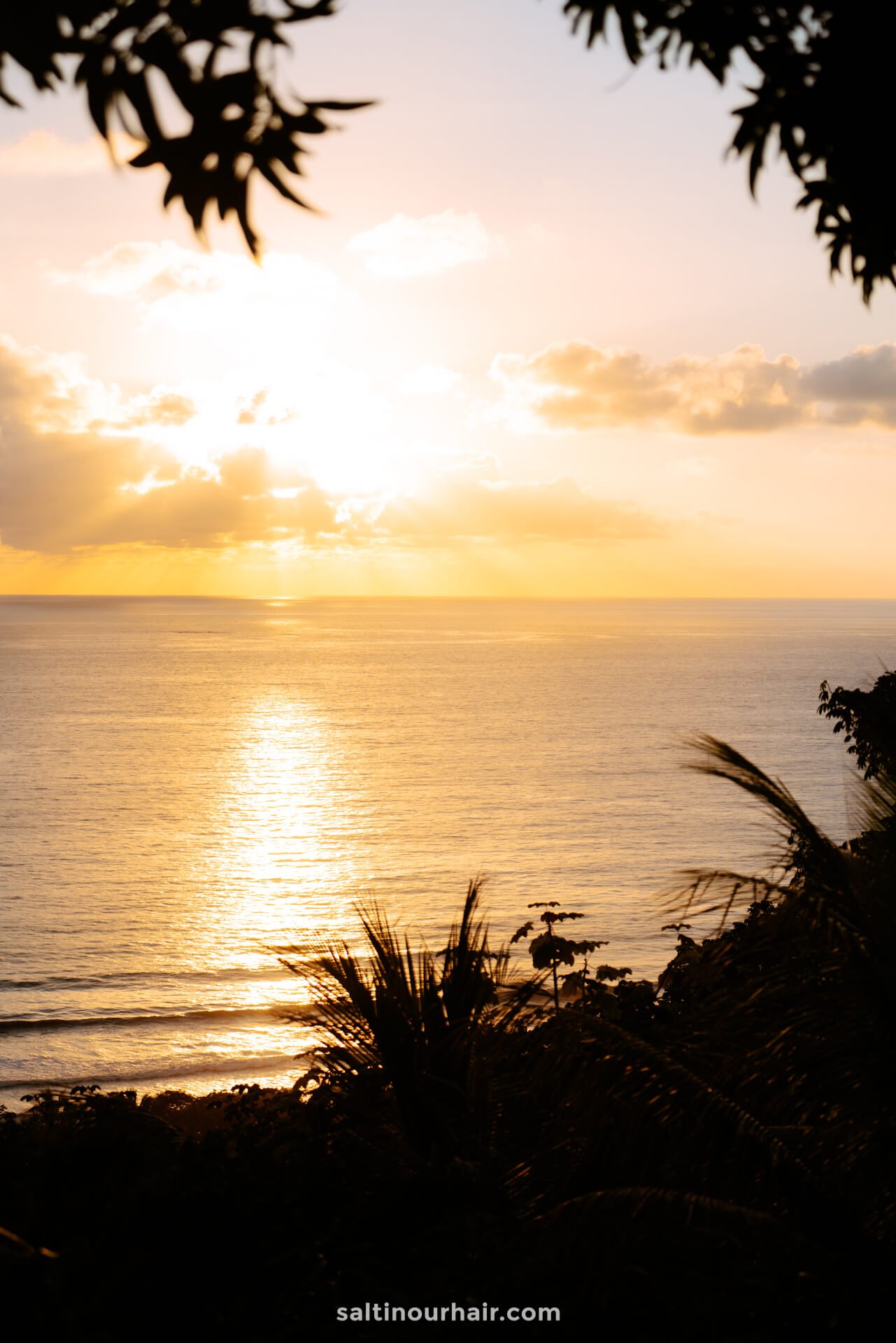
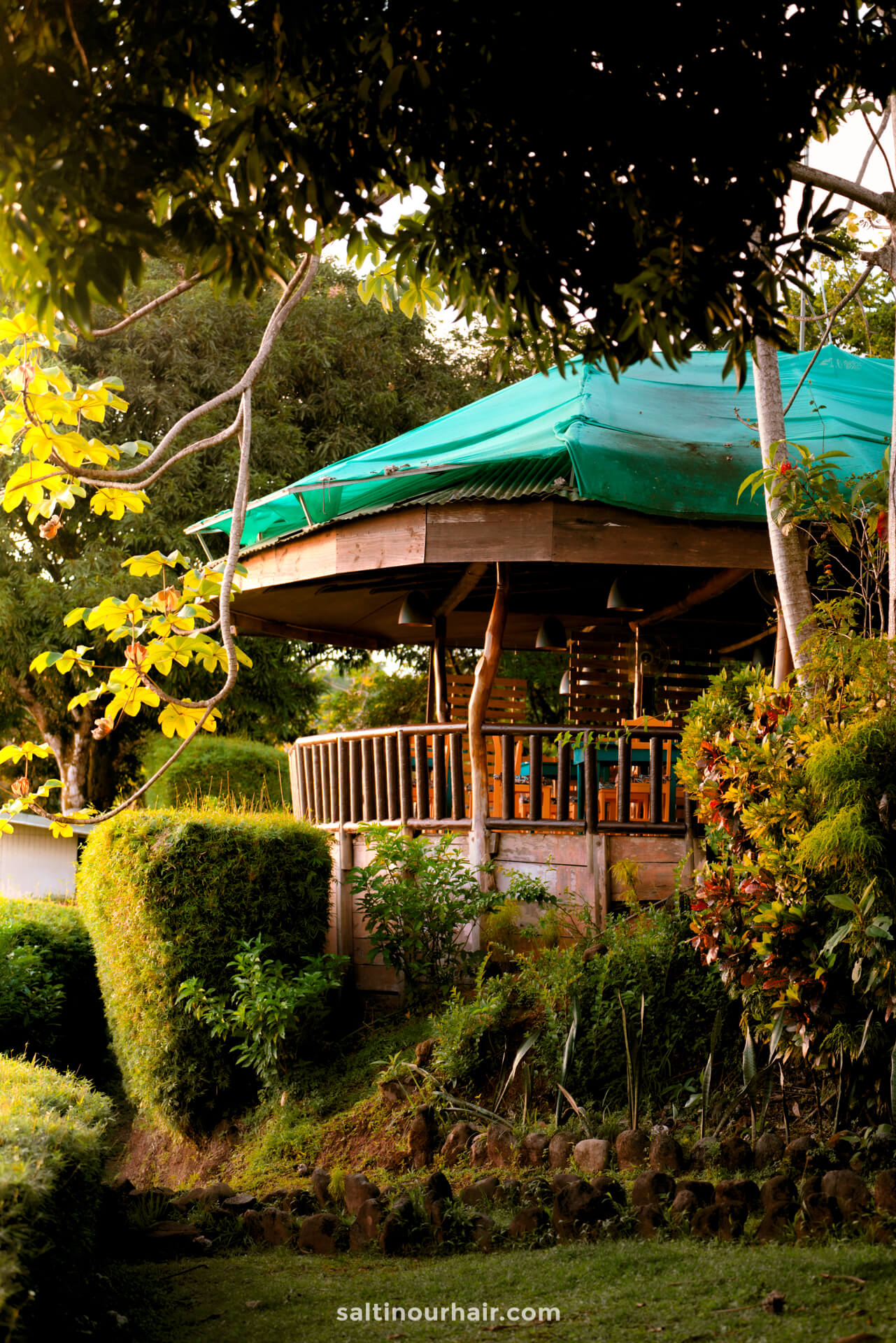
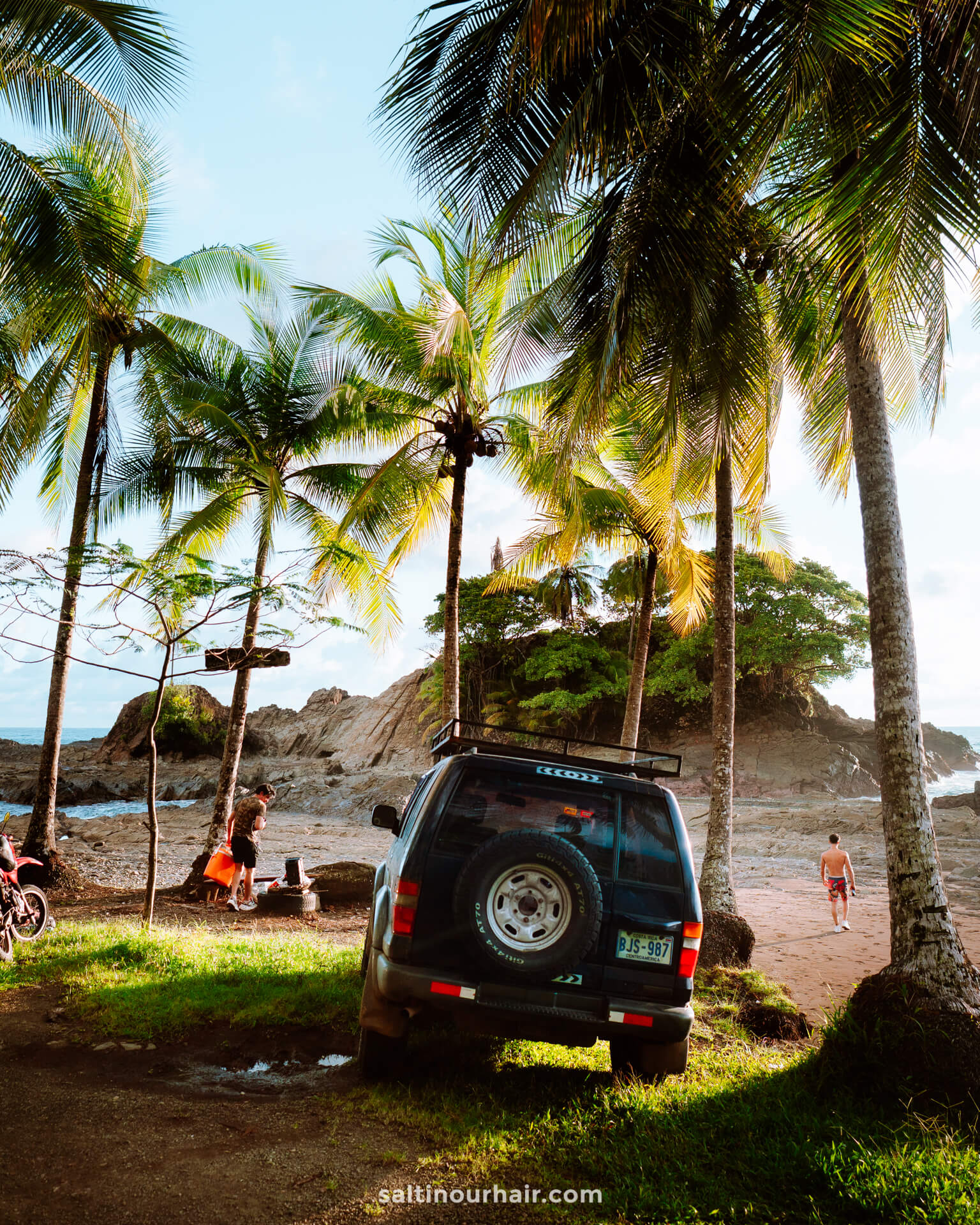
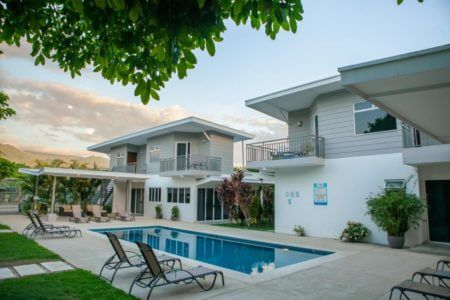
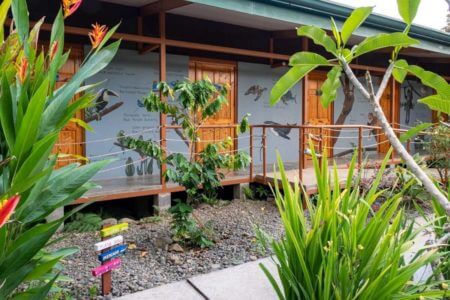

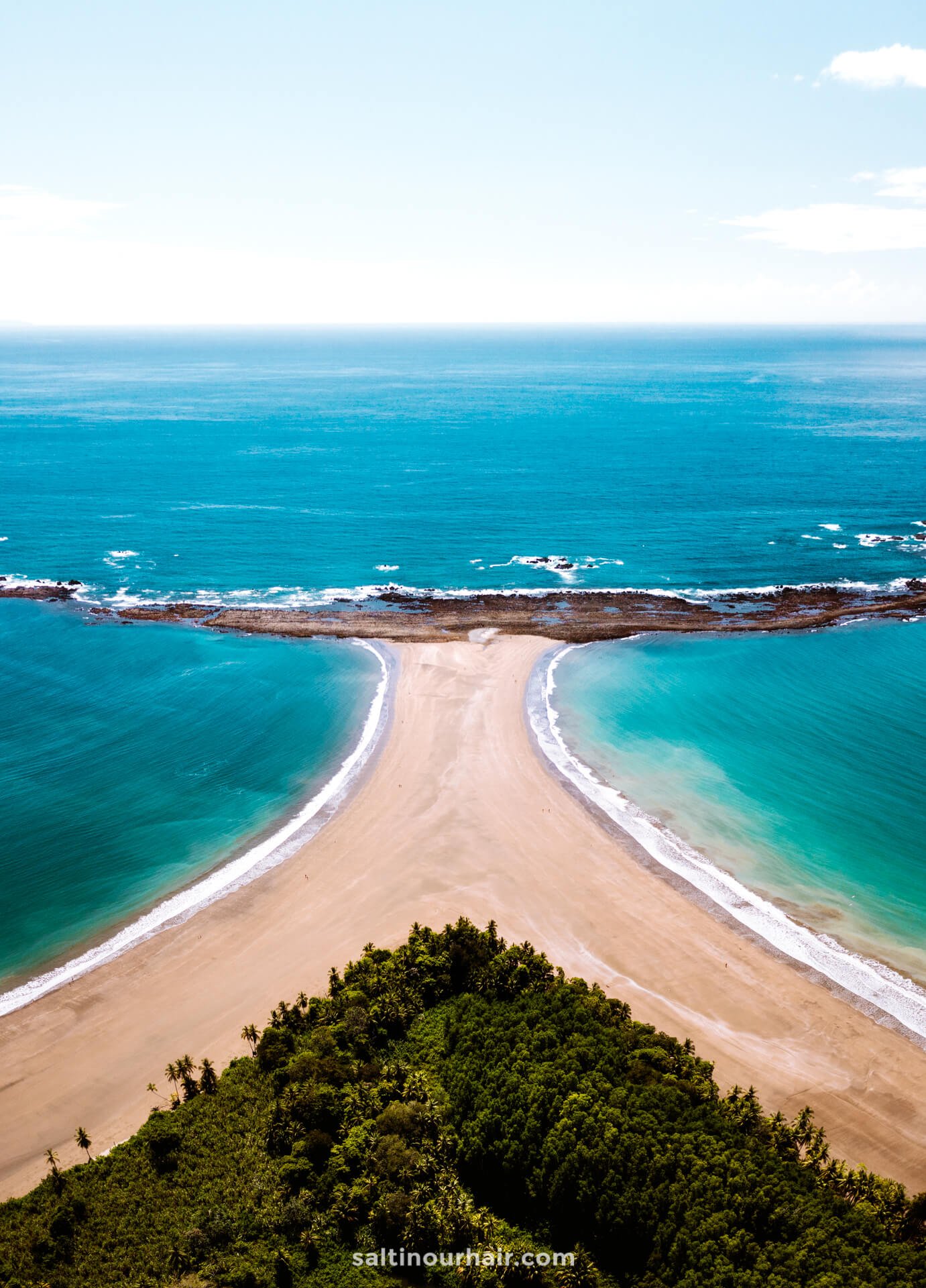

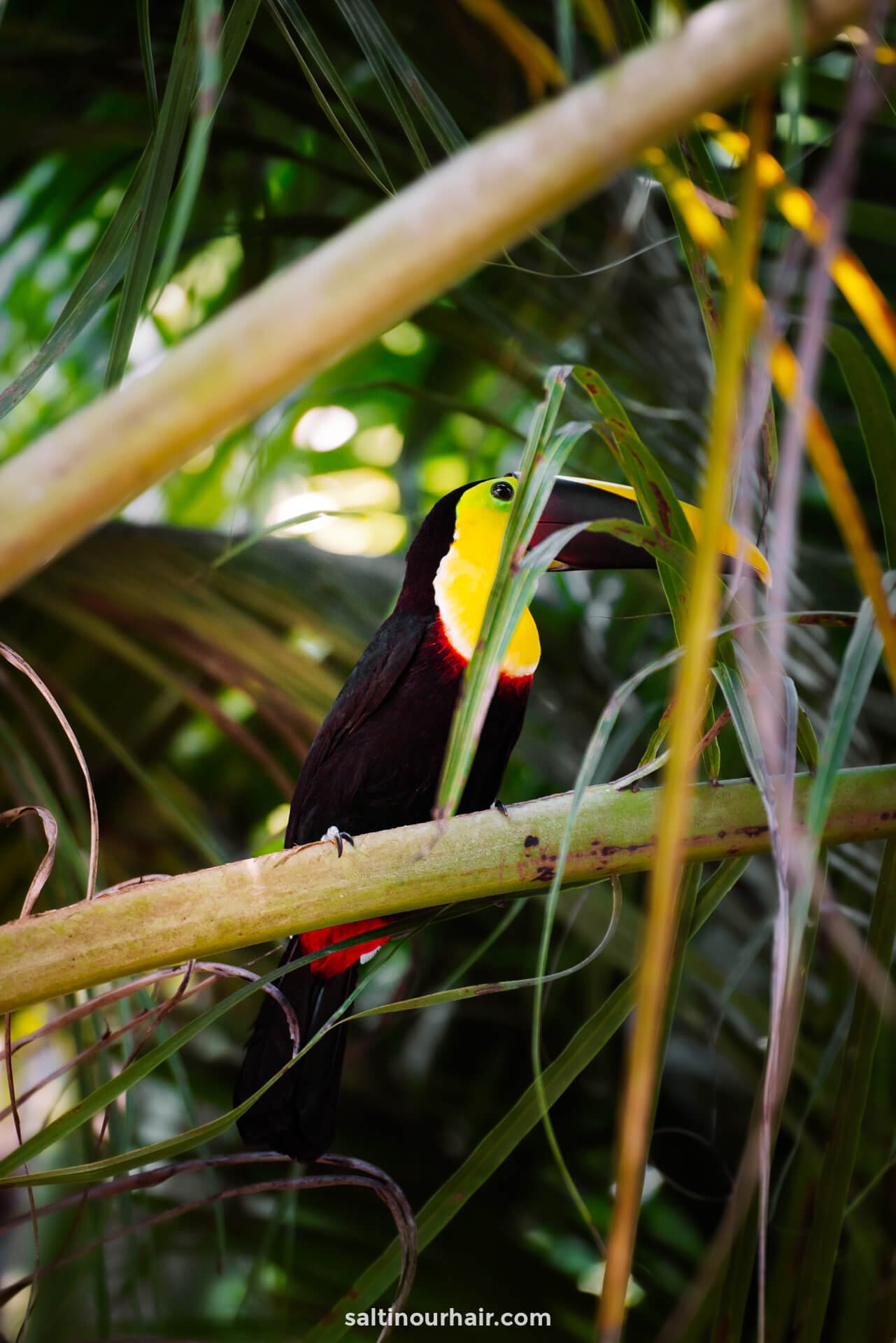
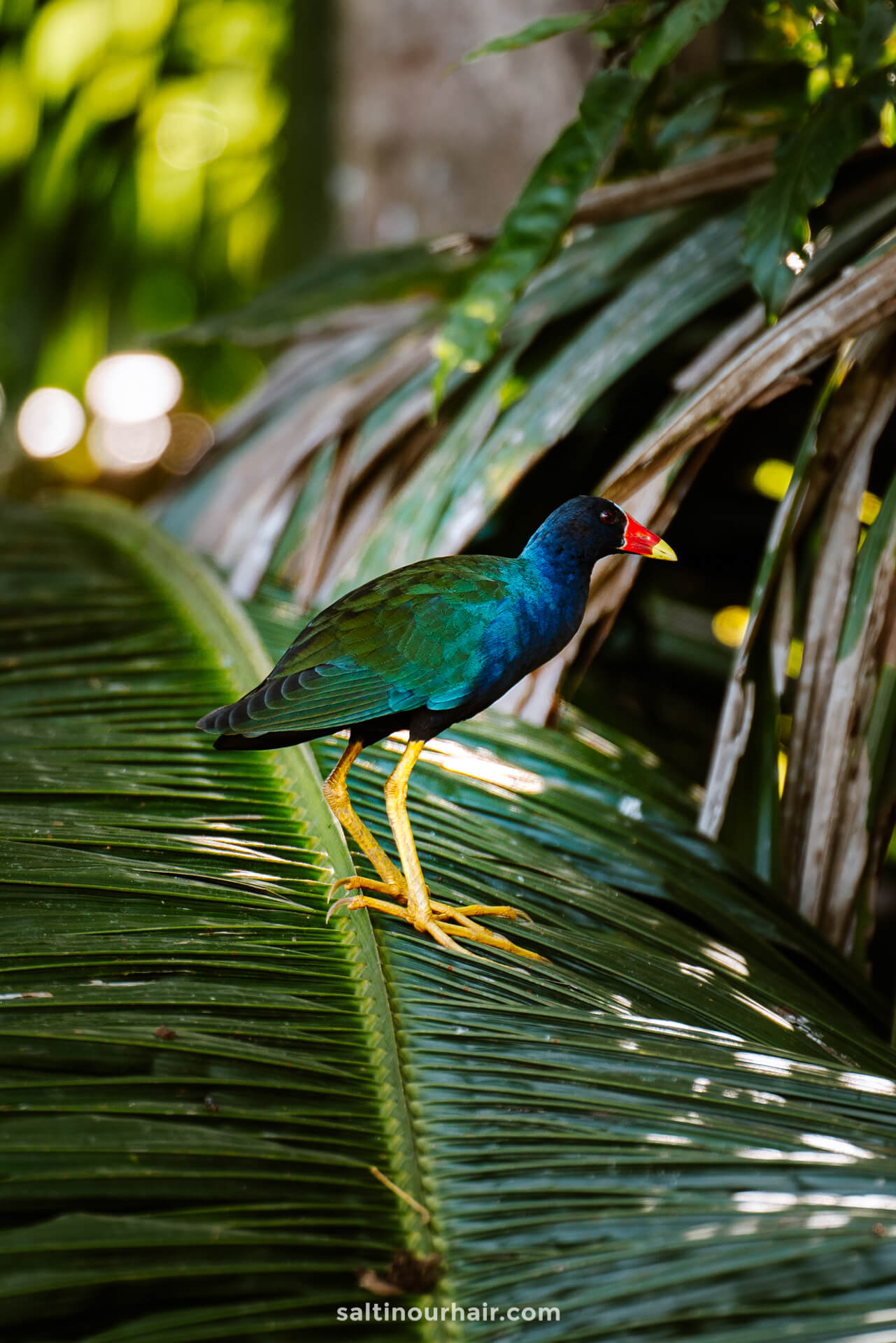
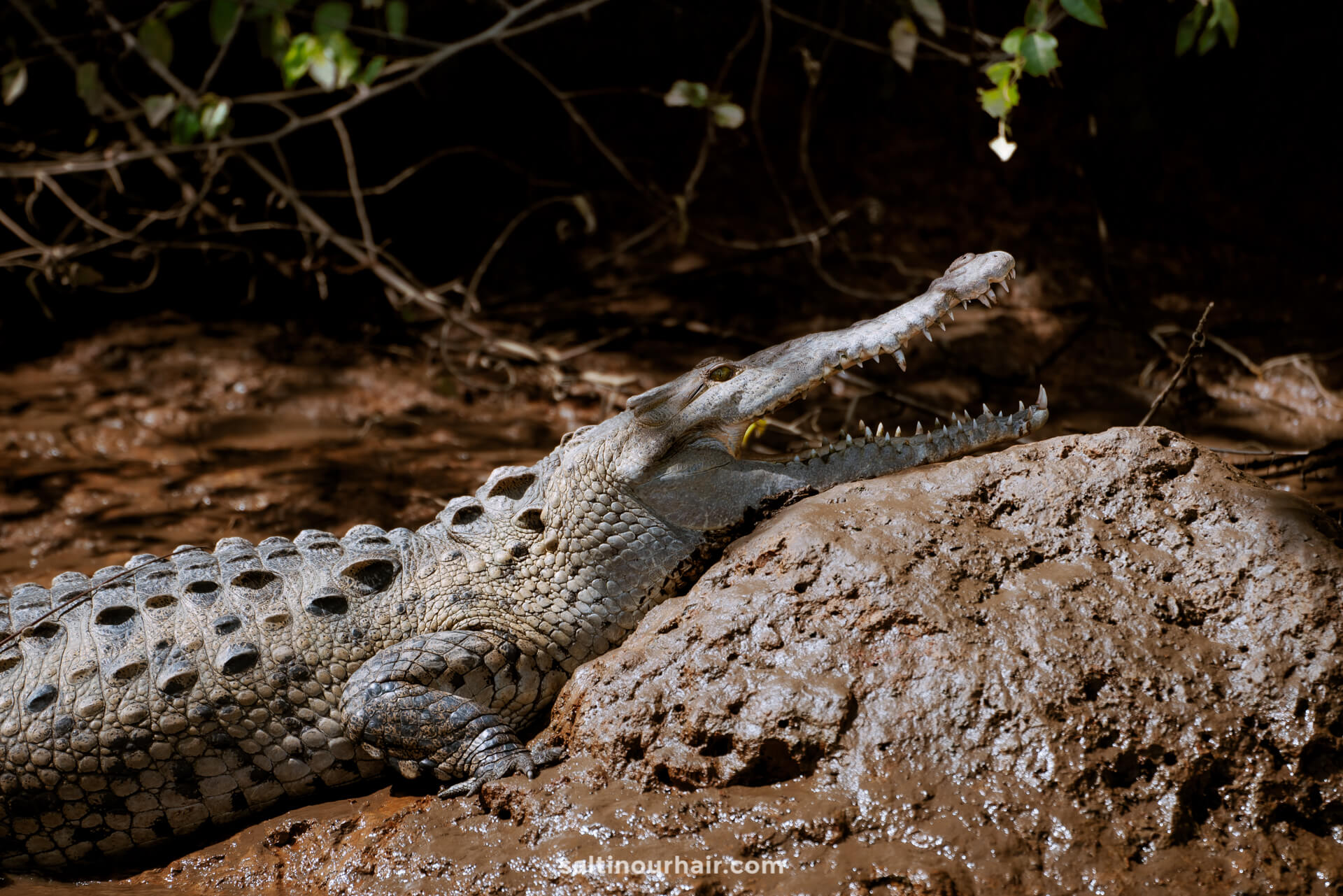
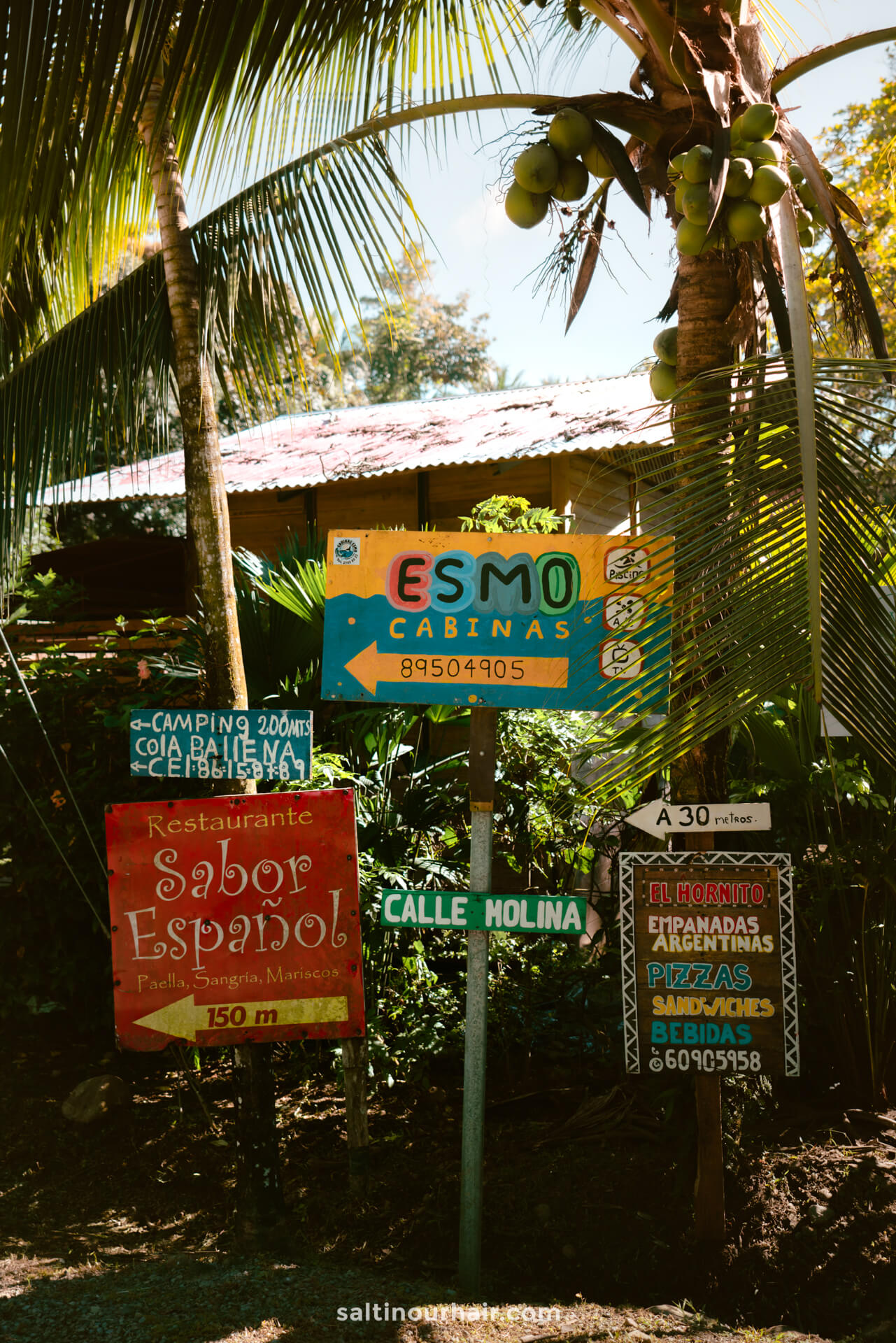
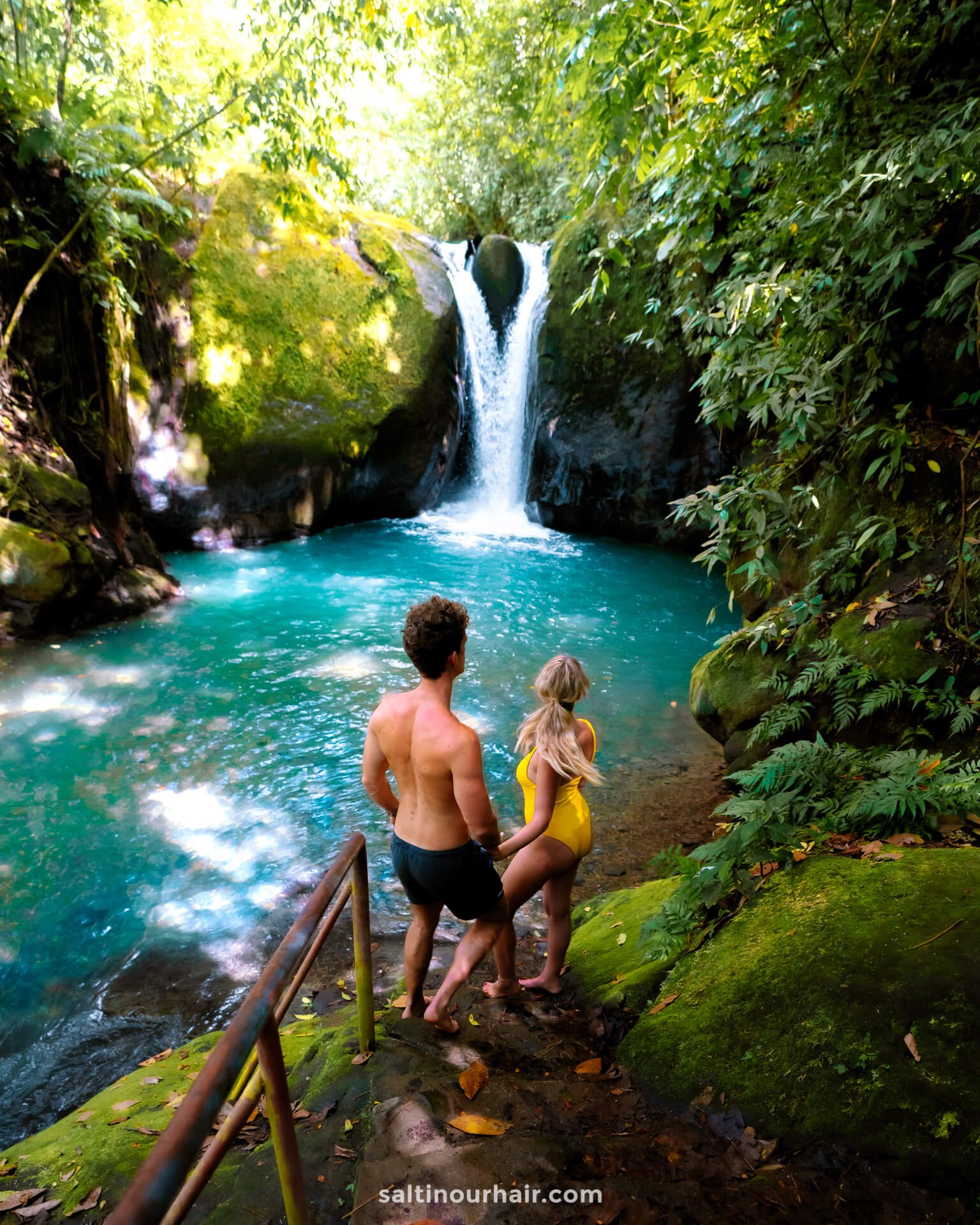
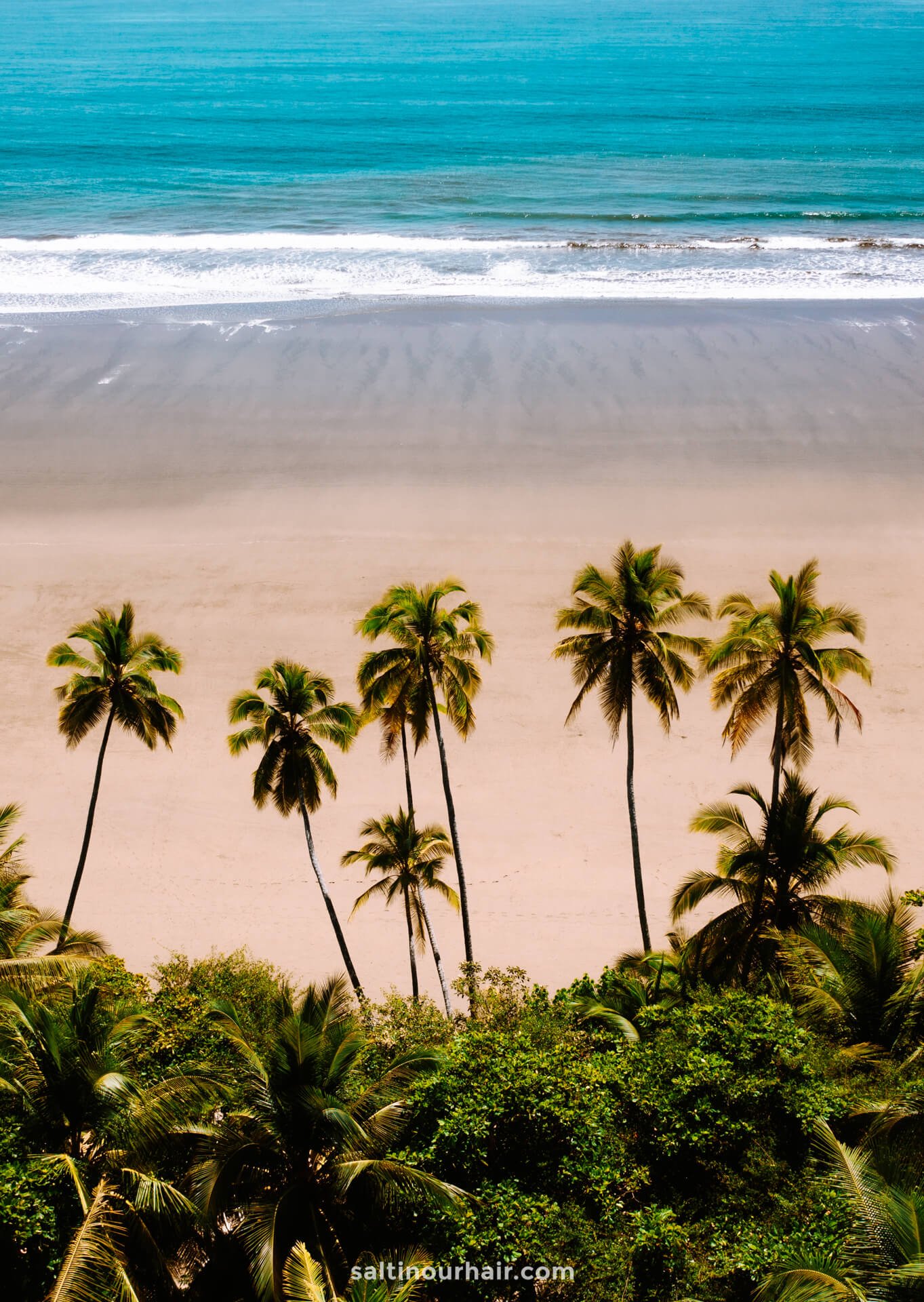
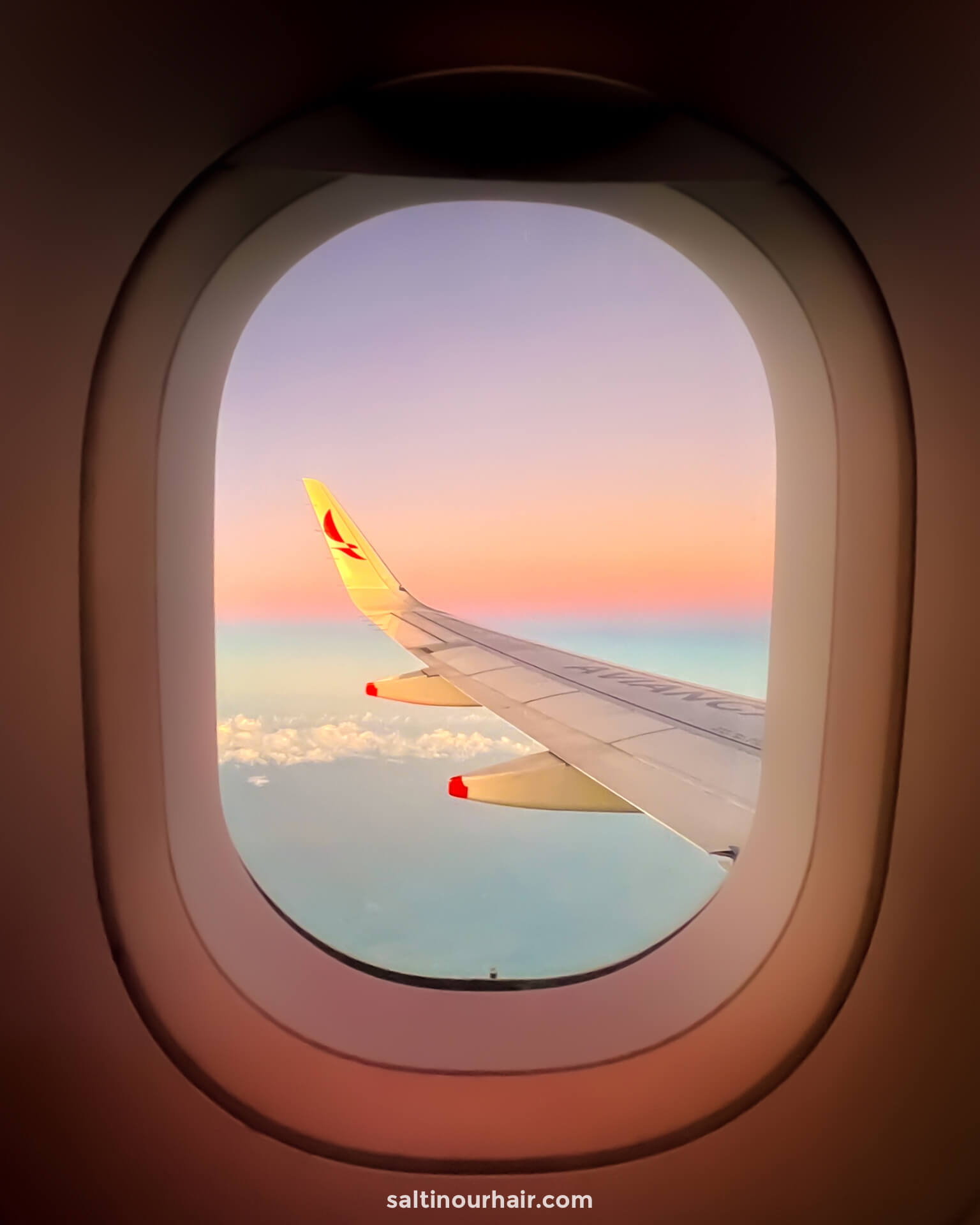
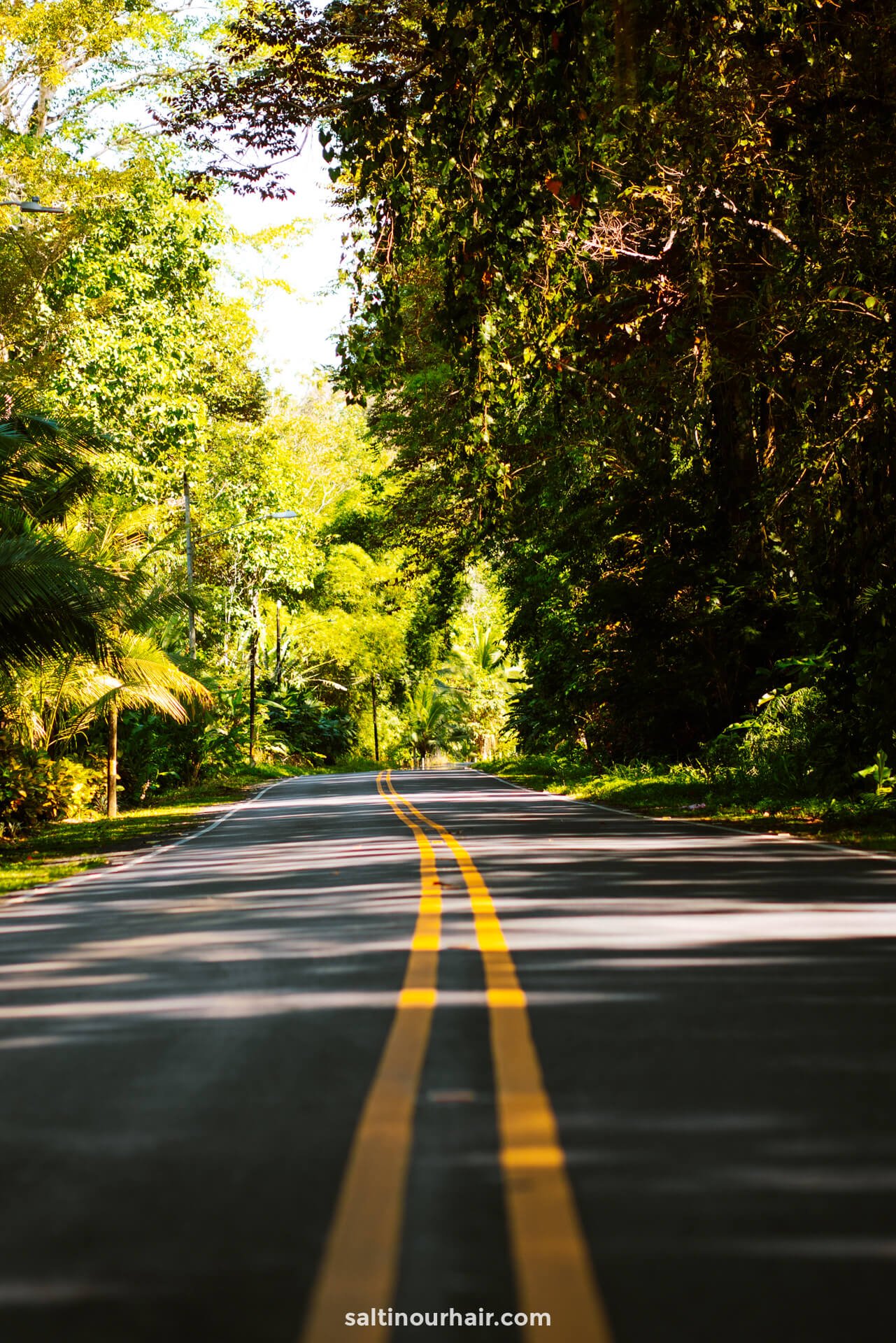
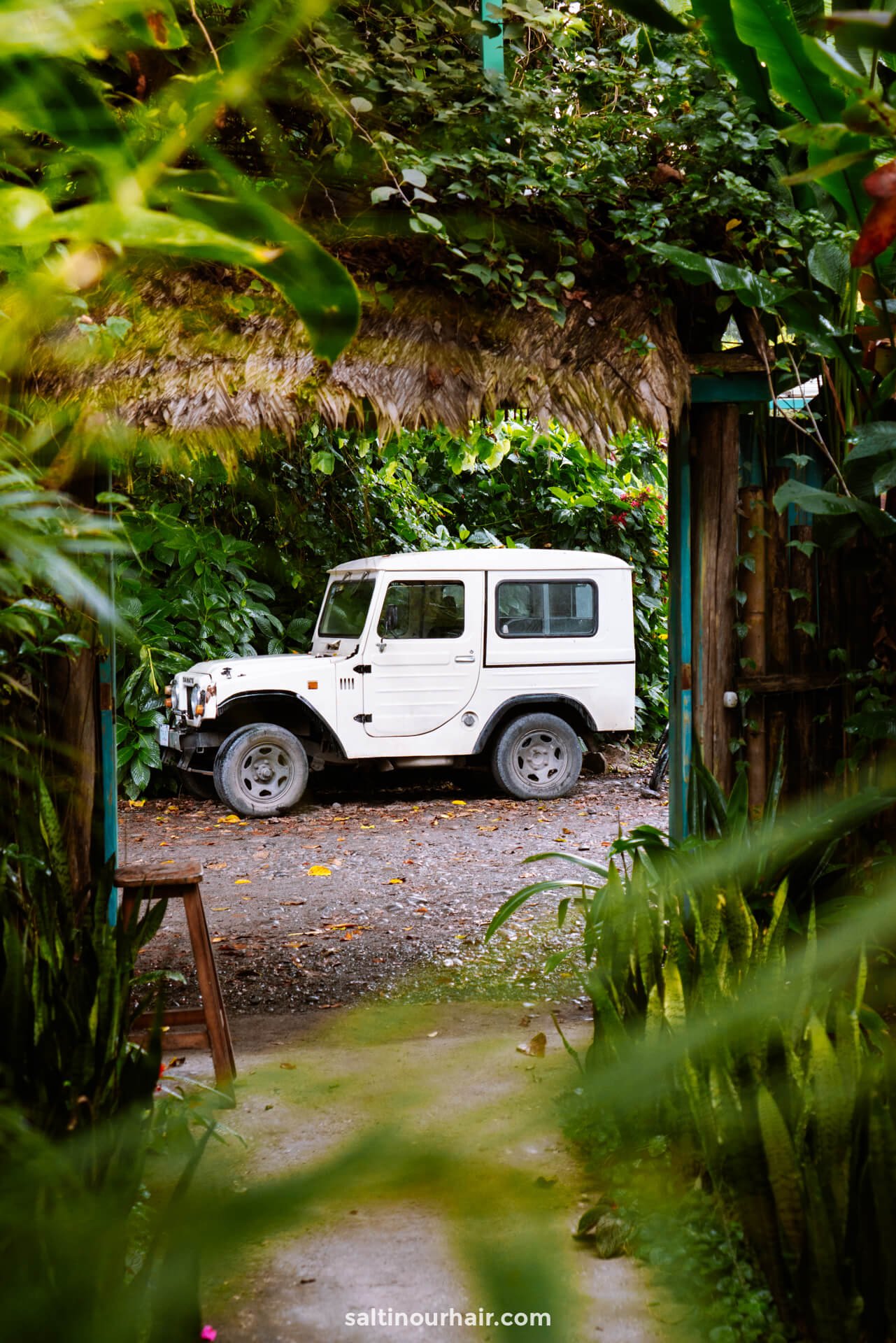
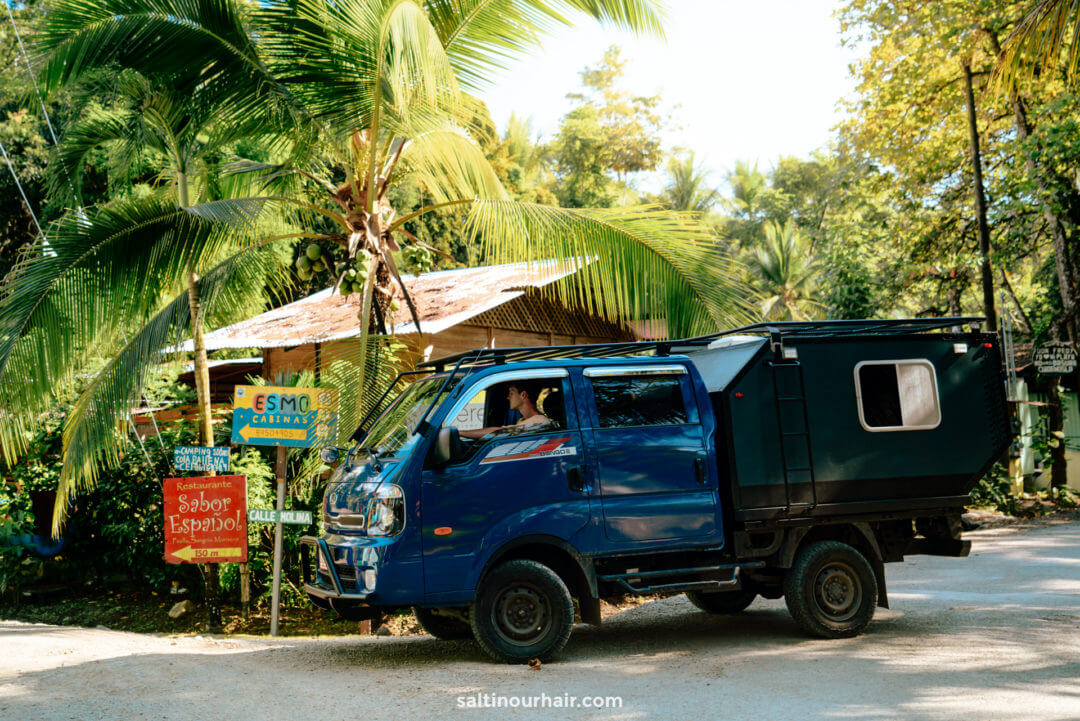
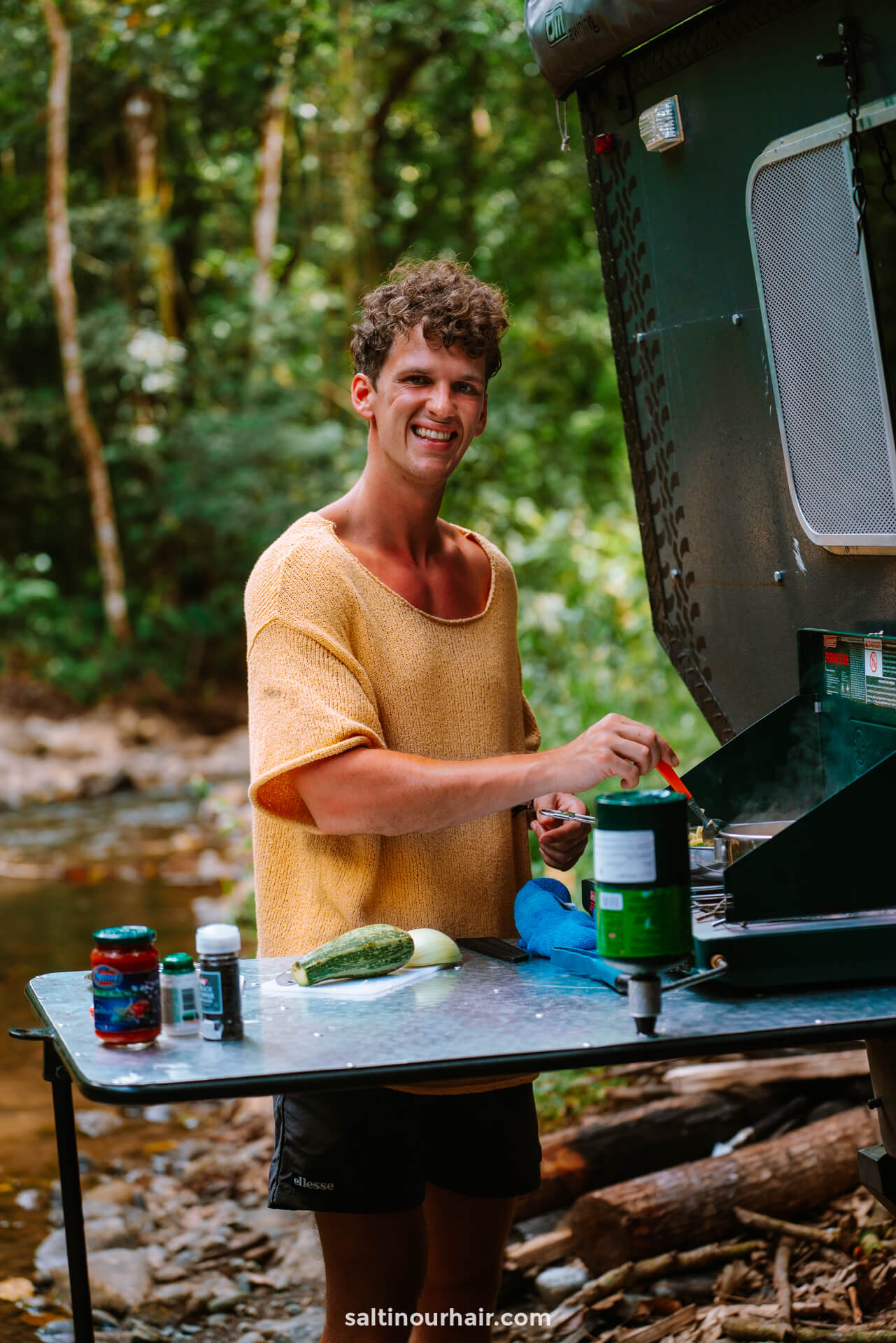
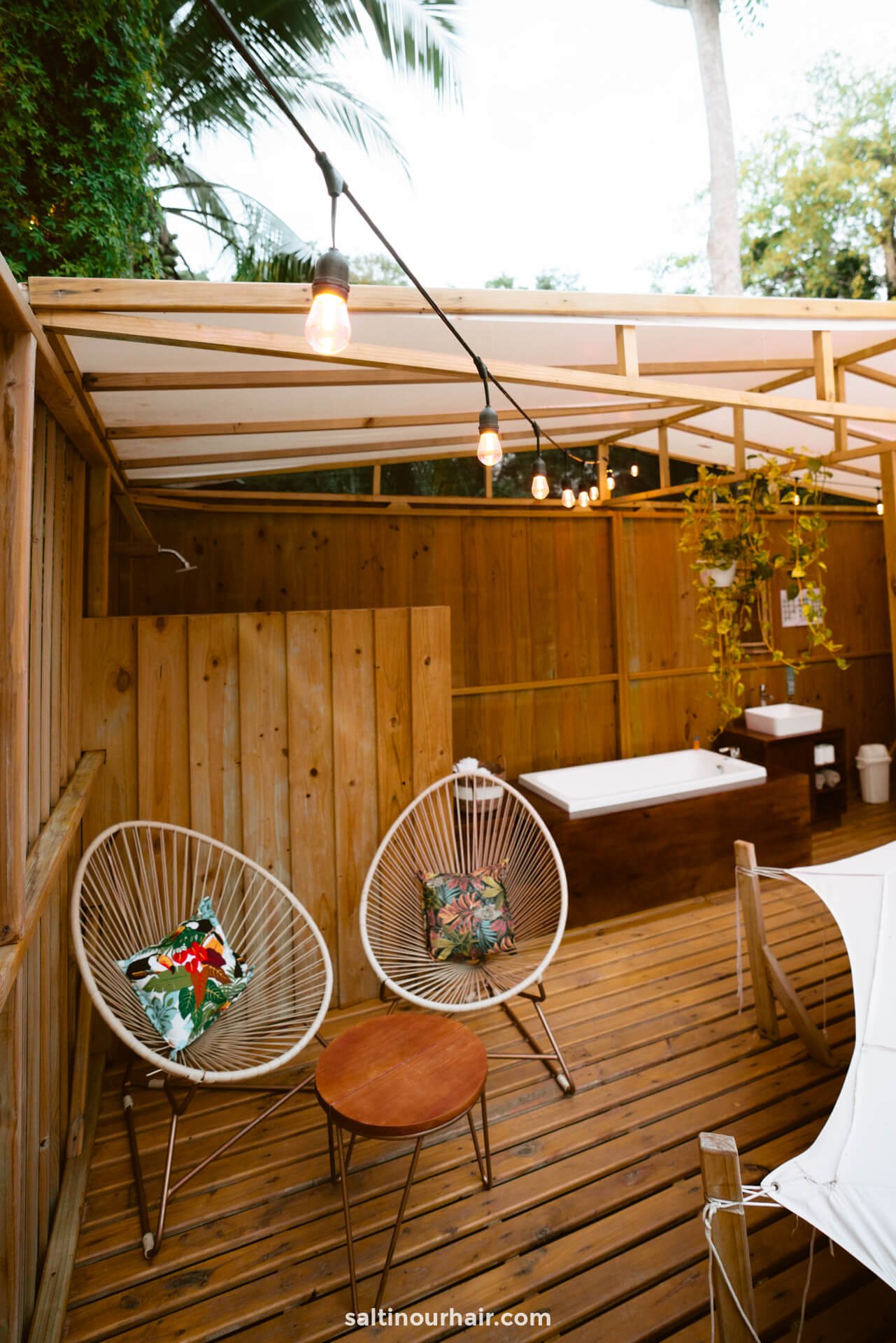
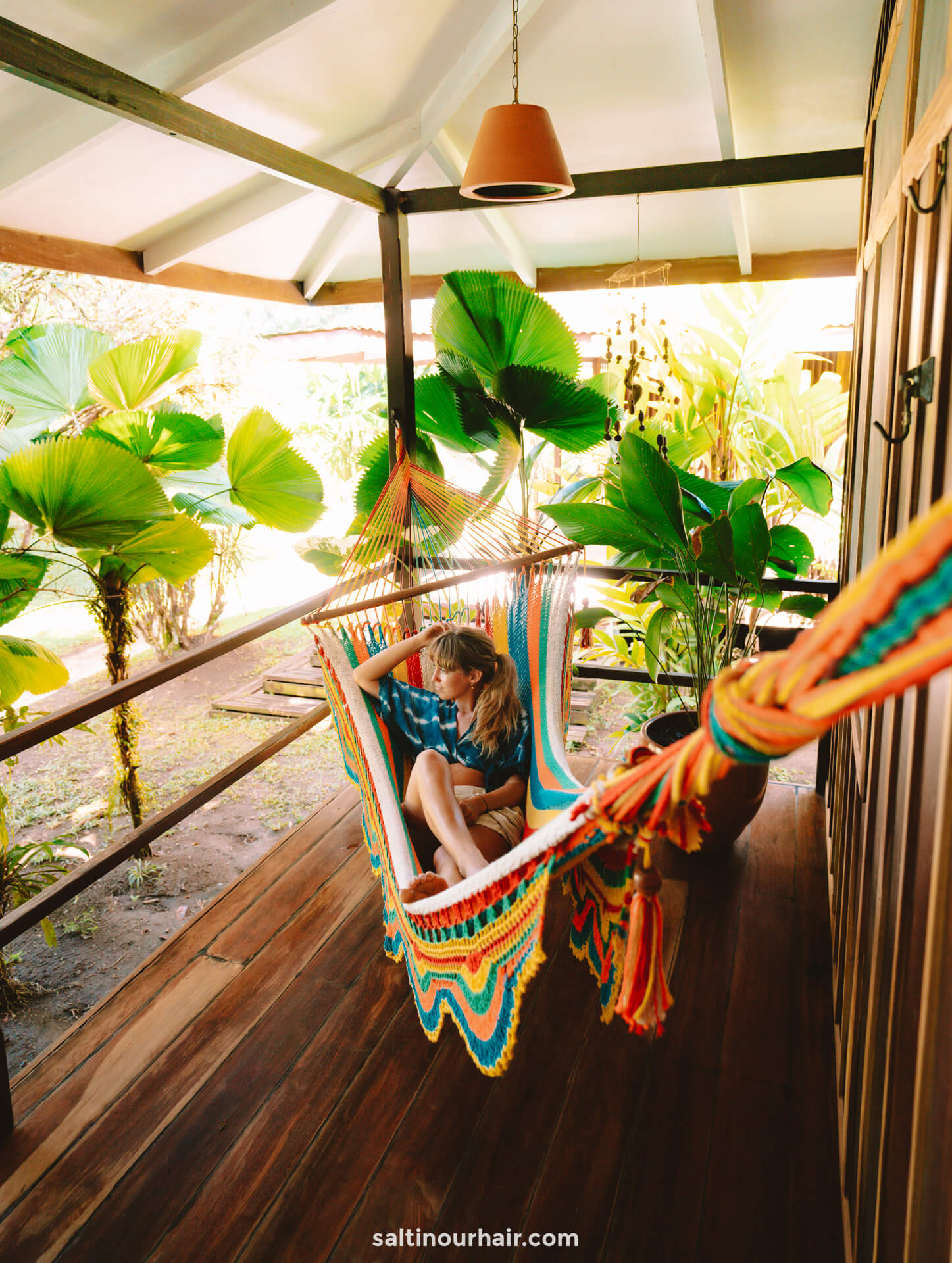
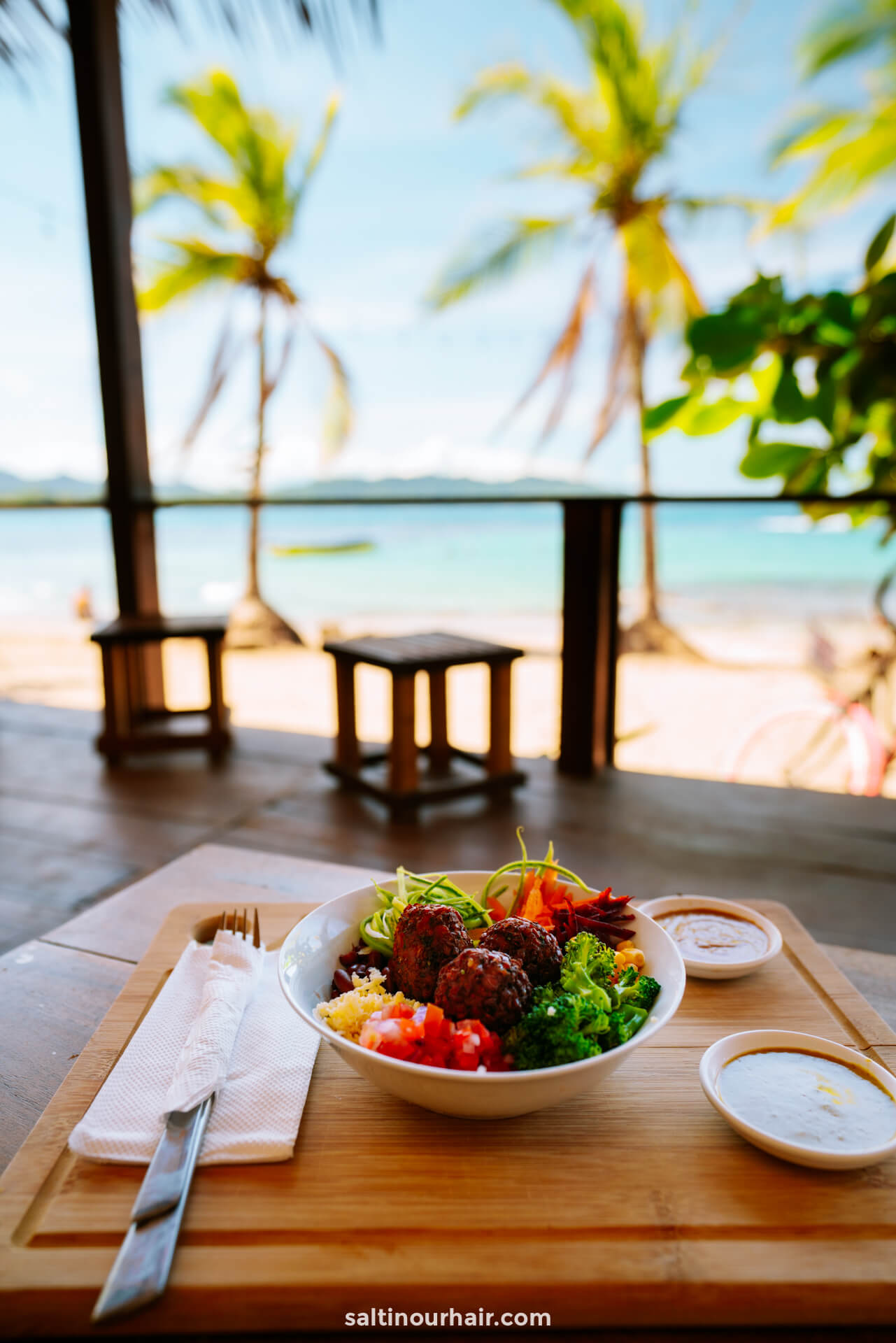
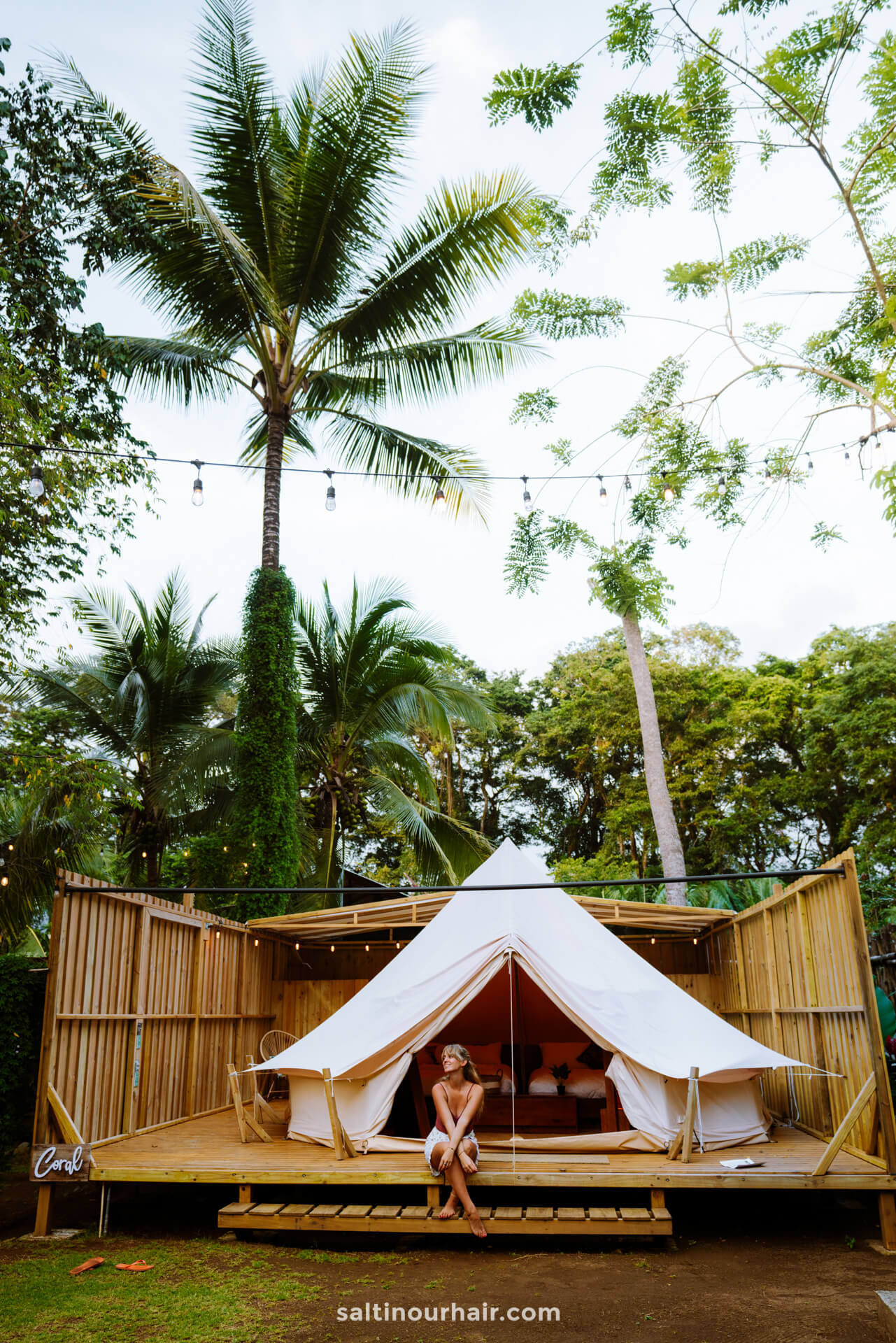
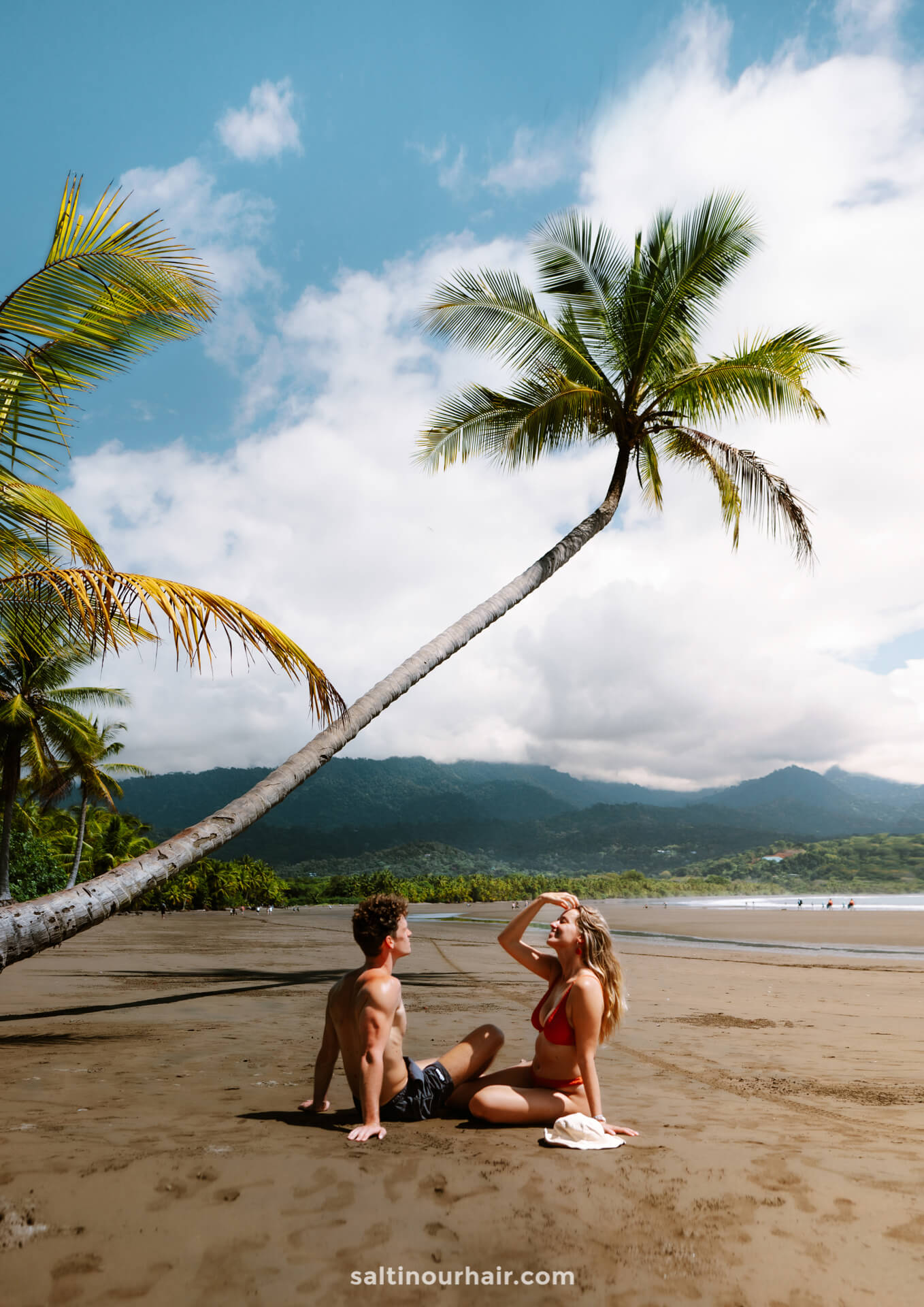
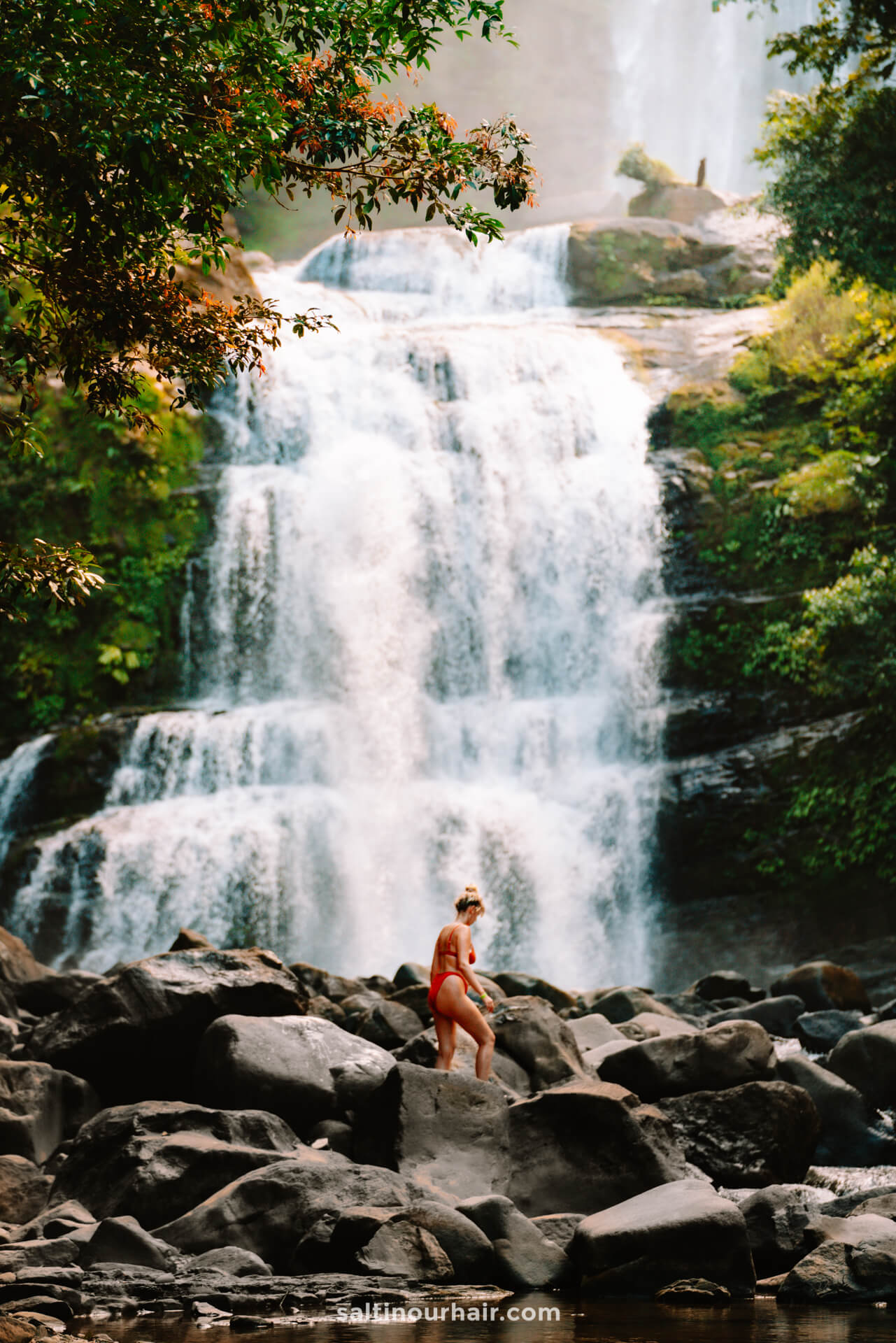
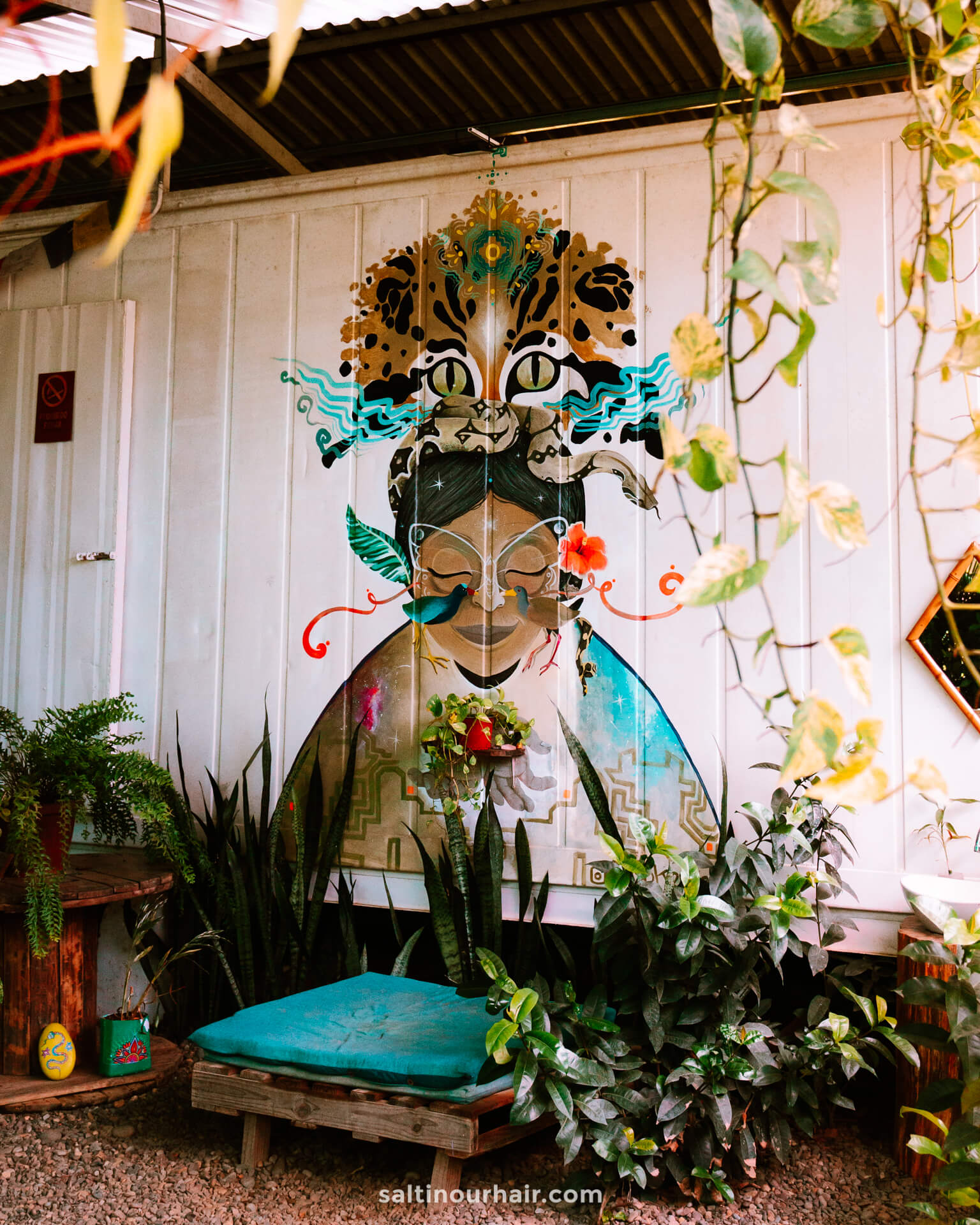

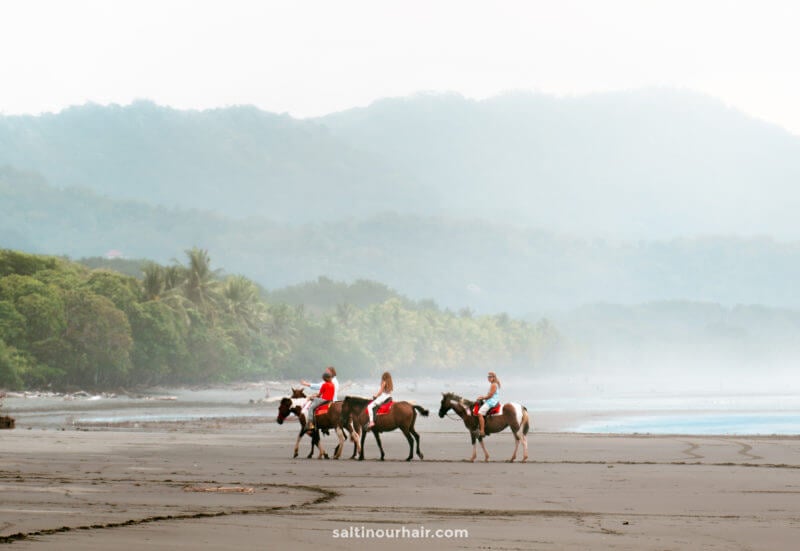


Hey lovely. Aw hope you both had the most incredible time! :-) Your trip sounds thrilling! So excited to plan for this one.
Thank you for your advice hun. I was actually really keen on the campervan idea, having the option to be able to sleep in the wild etc. Will bring the cost right down, by not staying in hotels too :-)